Relationship Between Law and Public Opinion
1. The Nature of Public Opinion
- Definition: Public opinion refers to the collective attitudes and beliefs of individuals on societal issues, influencing governance and policy decisions.
- Role in Democracies:
- Guides policymakers as elected representatives are accountable to the people.
- Reflects societal values and aspirations.
2. Law and Its Relationship with Public Opinion
- Definition of Law: A set of enforceable rules established by authorities to regulate behavior.
- Connection:
- Laws are shaped by public sentiment in democracies.
- Laws also shape public opinion by influencing societal values.
3. Influence of Public Opinion on Law
- Public Demand for Legal Reforms: Public opinion prompts the creation or amendment of laws (e.g., Civil Rights Act, 1964).
- Reflection of Societal Beliefs: Laws evolve with societal changes, aligning governance with public needs.
4. Influence of Law on Public Opinion
- Shaping Norms and Values: Laws promote societal changes, fostering inclusivity (e.g., Navtej Singh Johar case).
- Catalyst for Progressive Thinking: Legal frameworks challenge prejudices, encouraging equitable perspectives.
5. The Relation Between Law and Public Opinion in India
- 5.1. Historical Context:
- The freedom struggle led to the Constitution, reflecting public aspirations.
- 5.2. Legal Precedents and Social Change:
- Keshavananda Bharati Case: Shaped Indian democracy through the basic structure doctrine.
- Vishaka Case: Improved workplace safety for women.
- 5.3. Legislative Initiatives:
- RTI Act: Driven by public demand for transparency.
- GST Act: Simplified taxation with public consensus.
- 5.4. Law Enforcement:
- Nirbhaya Case: Public outrage led to Criminal Law (Amendment) Act, 2013.
- 5.5. Public Opposition:
- Example: Repeal of farm laws (2020) after widespread protests.
- 5.6. Political Responses:
- Anna Hazare's movement led to the Lokpal and Lokayuktas Act (2013).
- 5.7. Media’s Role:
- Responsible journalism shapes informed opinions; misinformation distorts them.
- 5.8. Social Activism:
- Protests against CAA highlighted public concerns over discrimination.
6. The Dynamic Relationship of Law and Public Opinion
- Mutual Influence: Public opinion shapes laws, and laws influence societal norms.
- Democratic Responsiveness: Continuous dialogue ensures laws reflect public values.
7. Social Good and Common Welfare
- Example: Swachh Bharat Abhiyan gained public support for sanitation and cleanliness.
8. Challenges and Opportunities
- Challenges:
- Diverse opinions make consensus difficult.
- Misinformation and polarization distort public sentiment.
- Opportunities:
- Civic education strengthens the law-public opinion relationship.
- Transparency in governance builds trust.
9. Conclusion
- Interplay: Law and public opinion shape a just society.
- Democratic Ethos: Ensures inclusivity and responsiveness.
- Way Forward: Balance public sentiment with constitutional principles for an equitable legal framework.
Share
Related Post
Tags
Archive
Popular & Recent Post
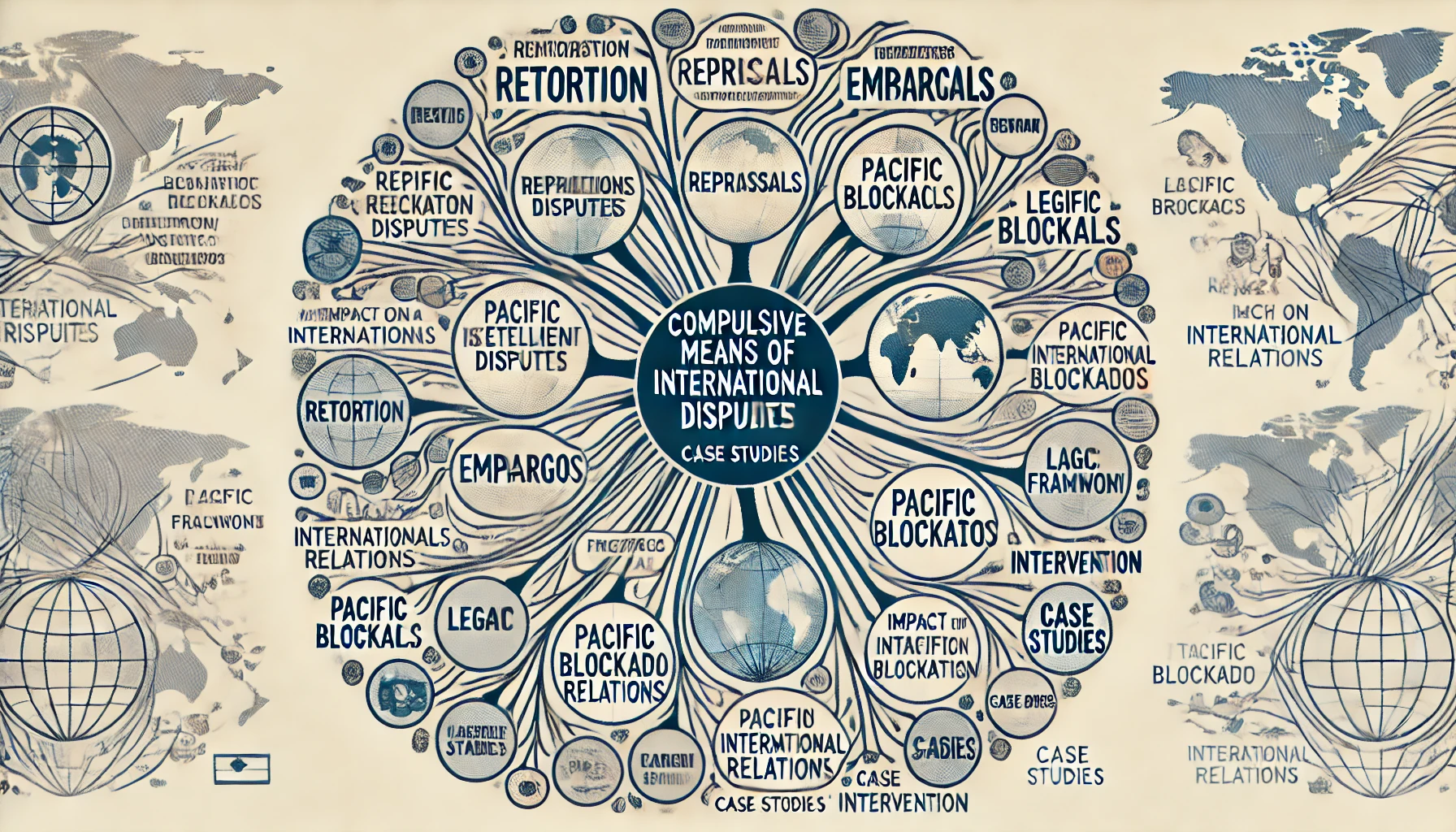

Online Poll
Do whales live in the ocean?


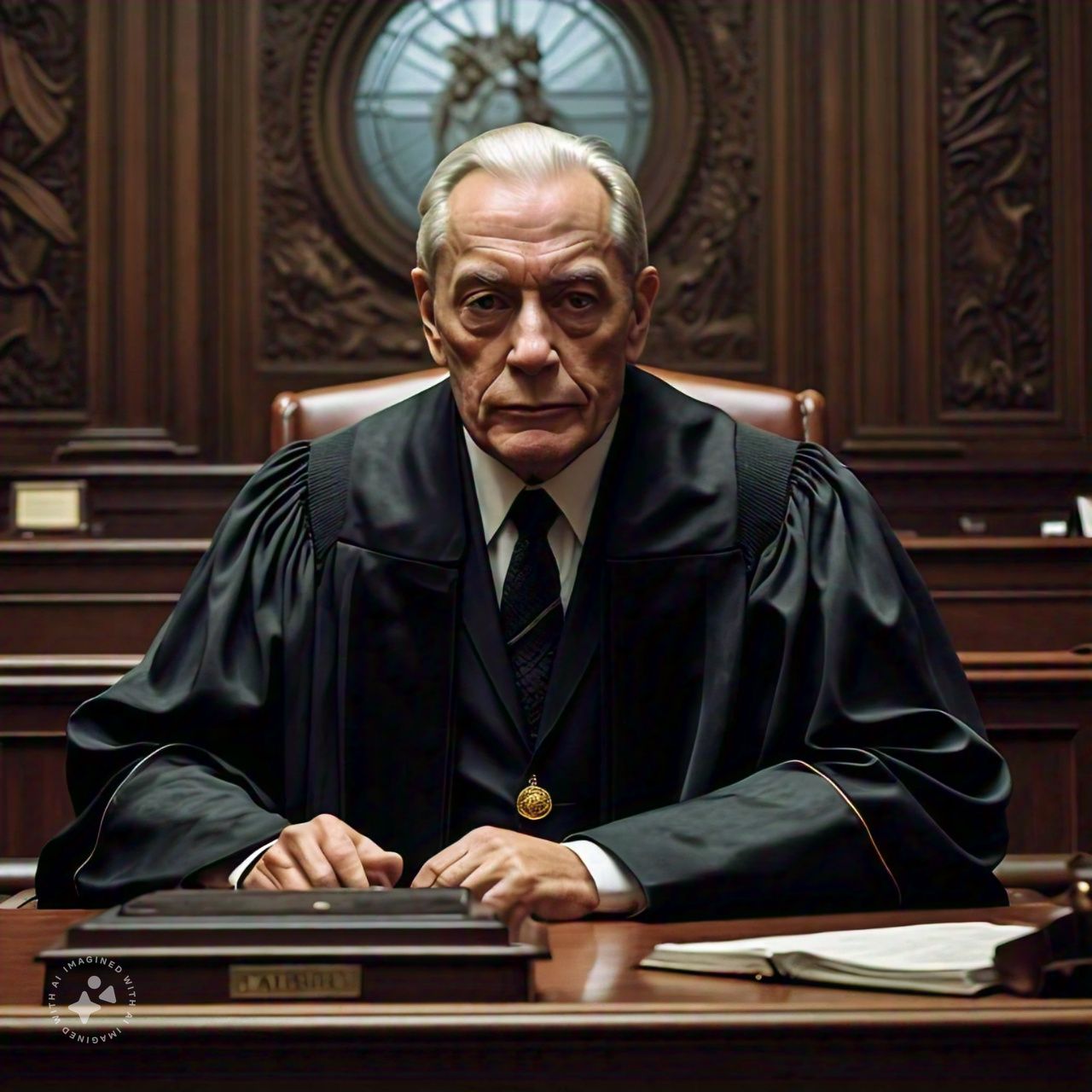
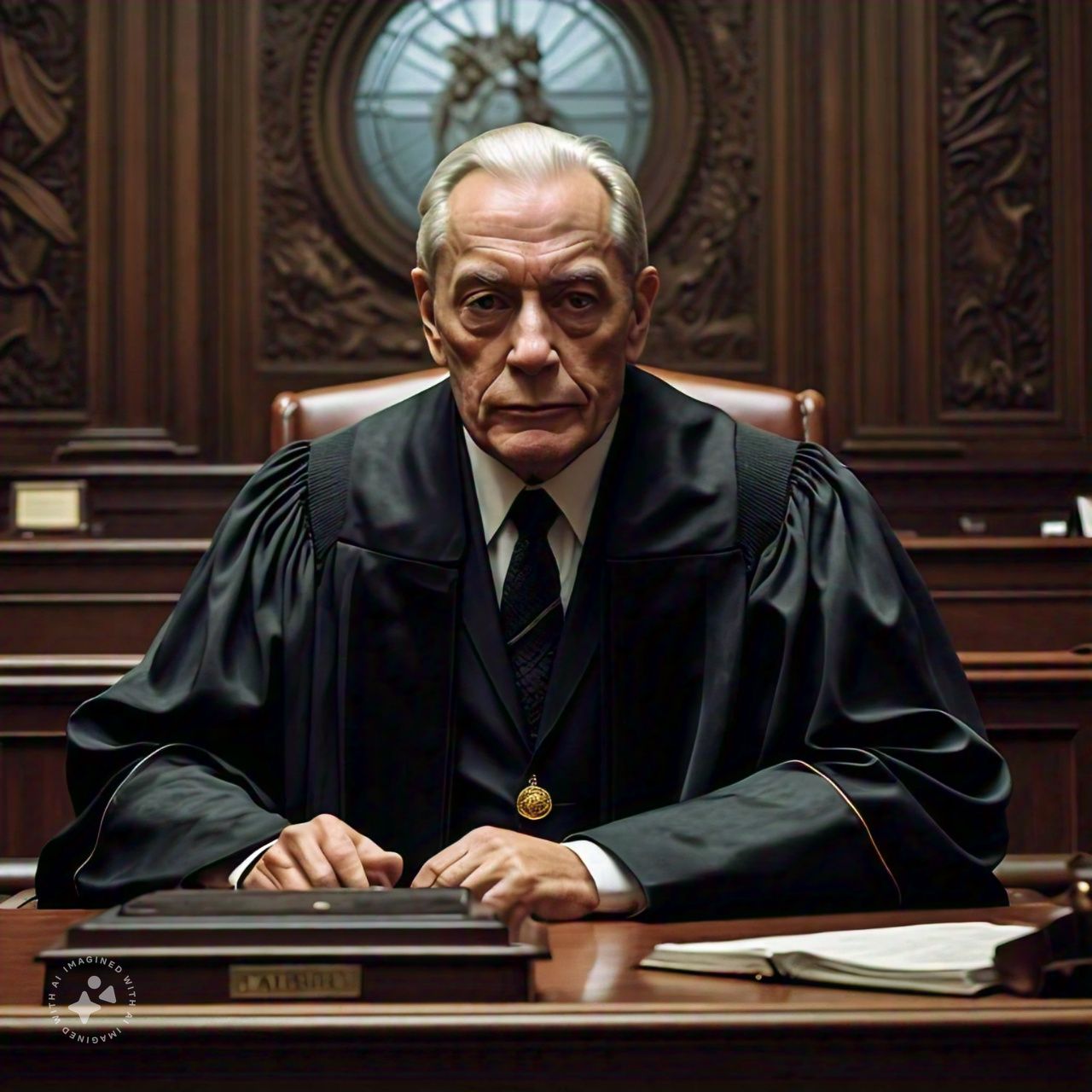
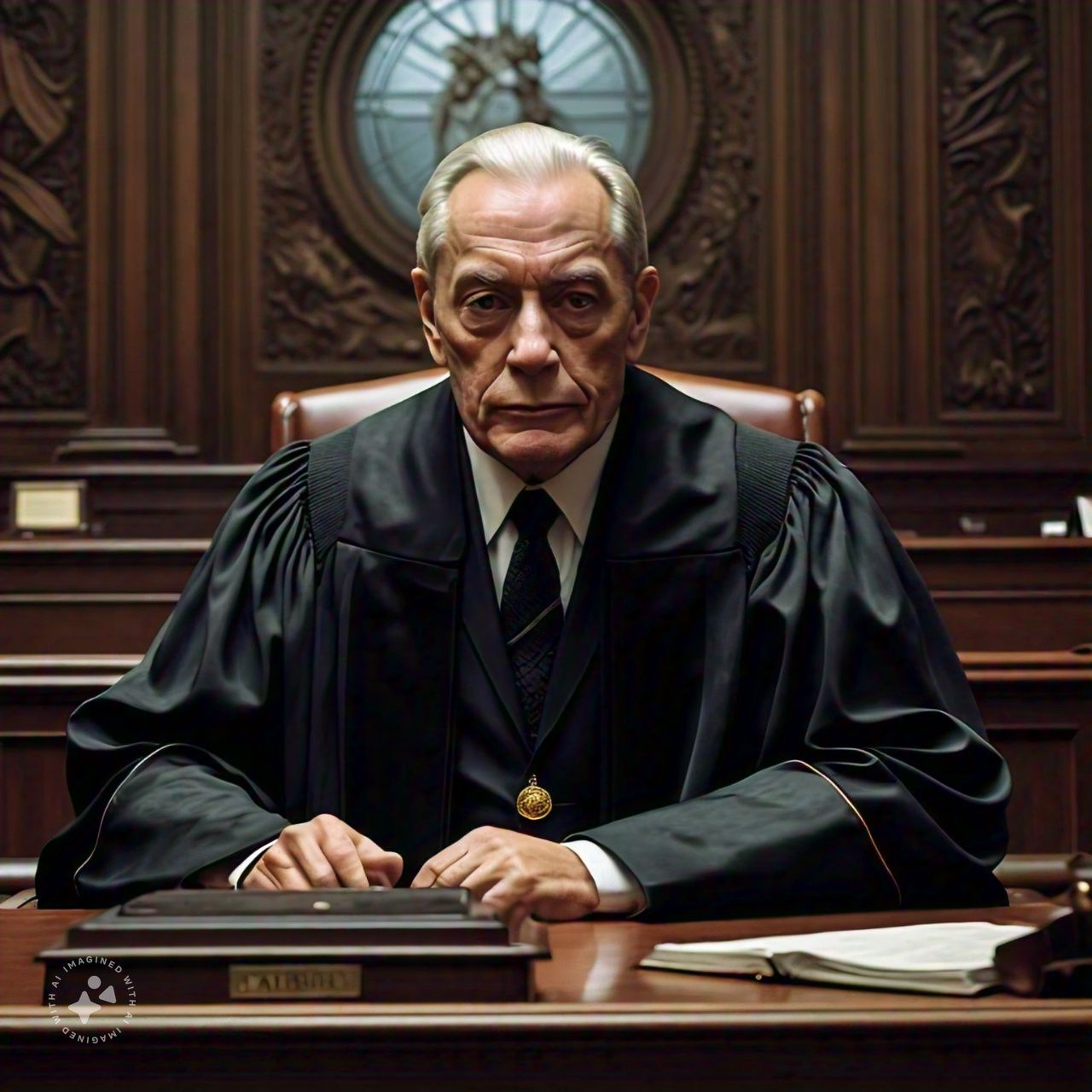
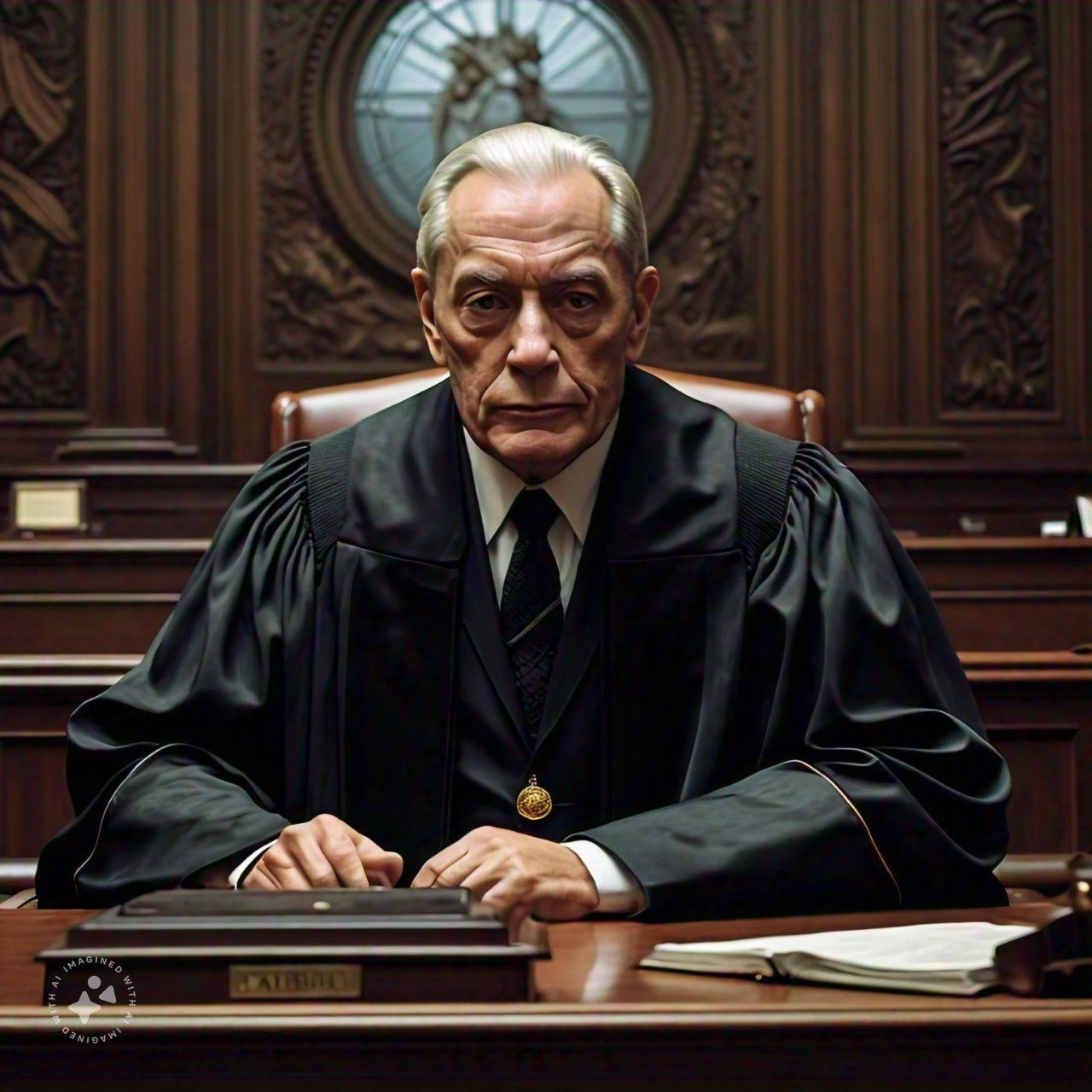
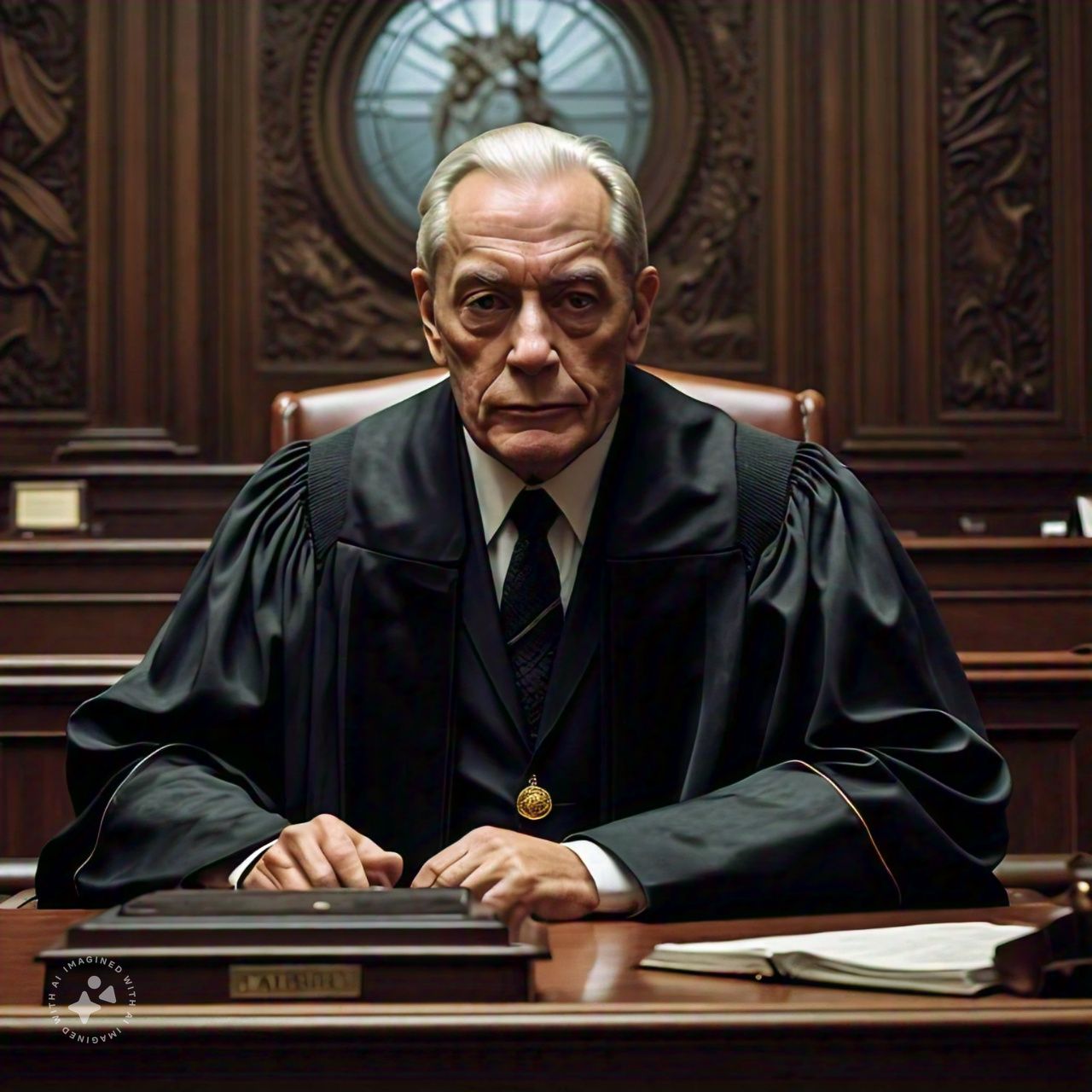
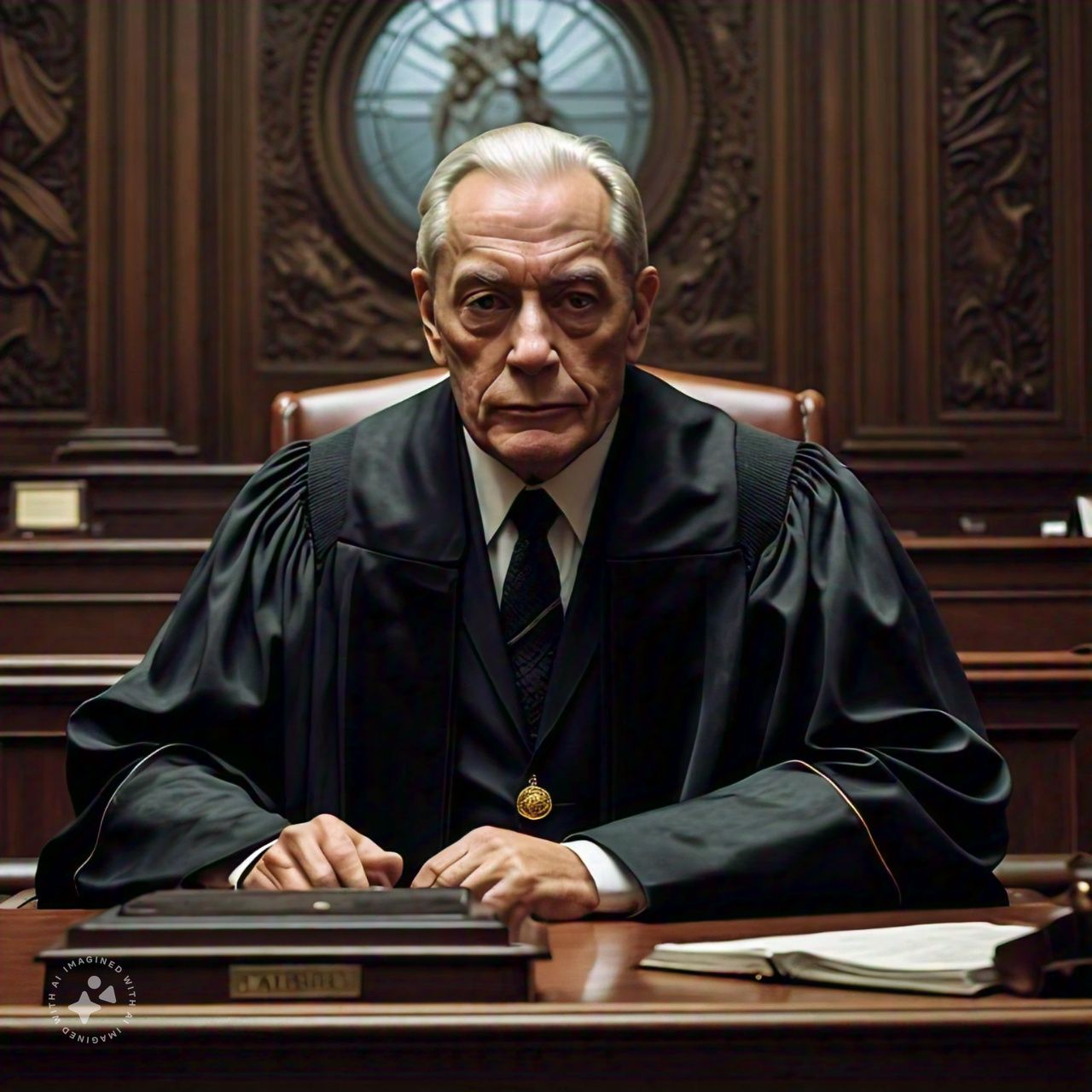
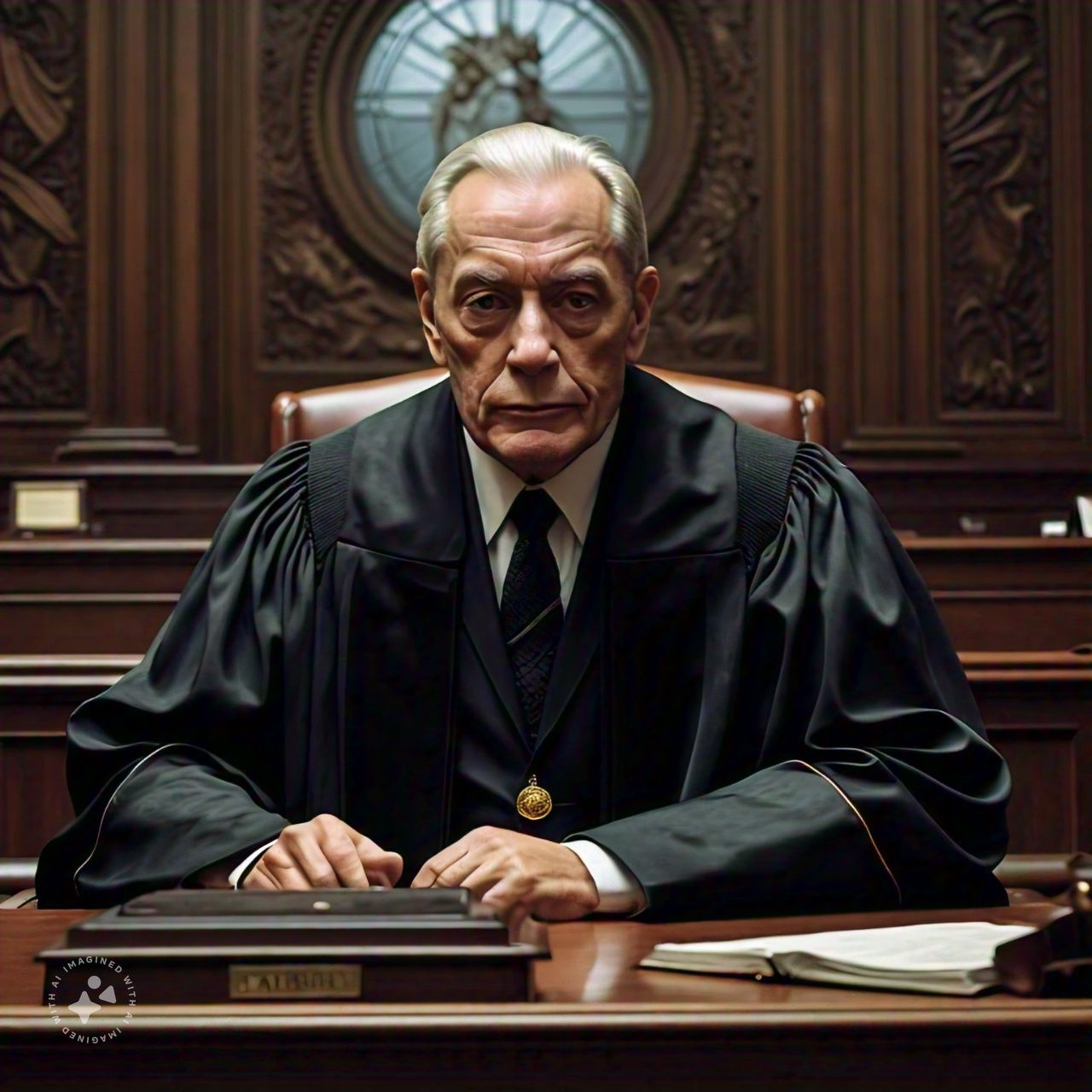
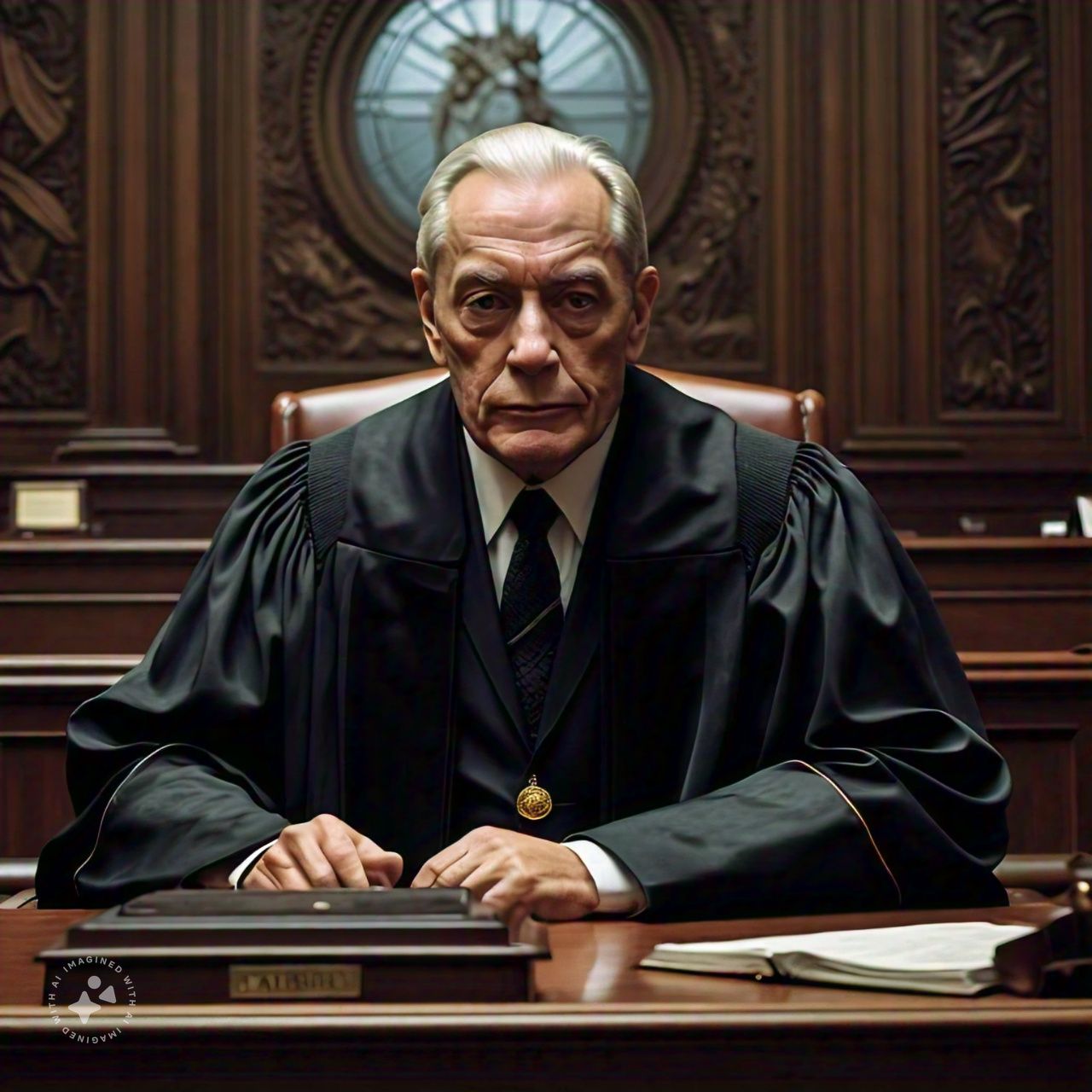
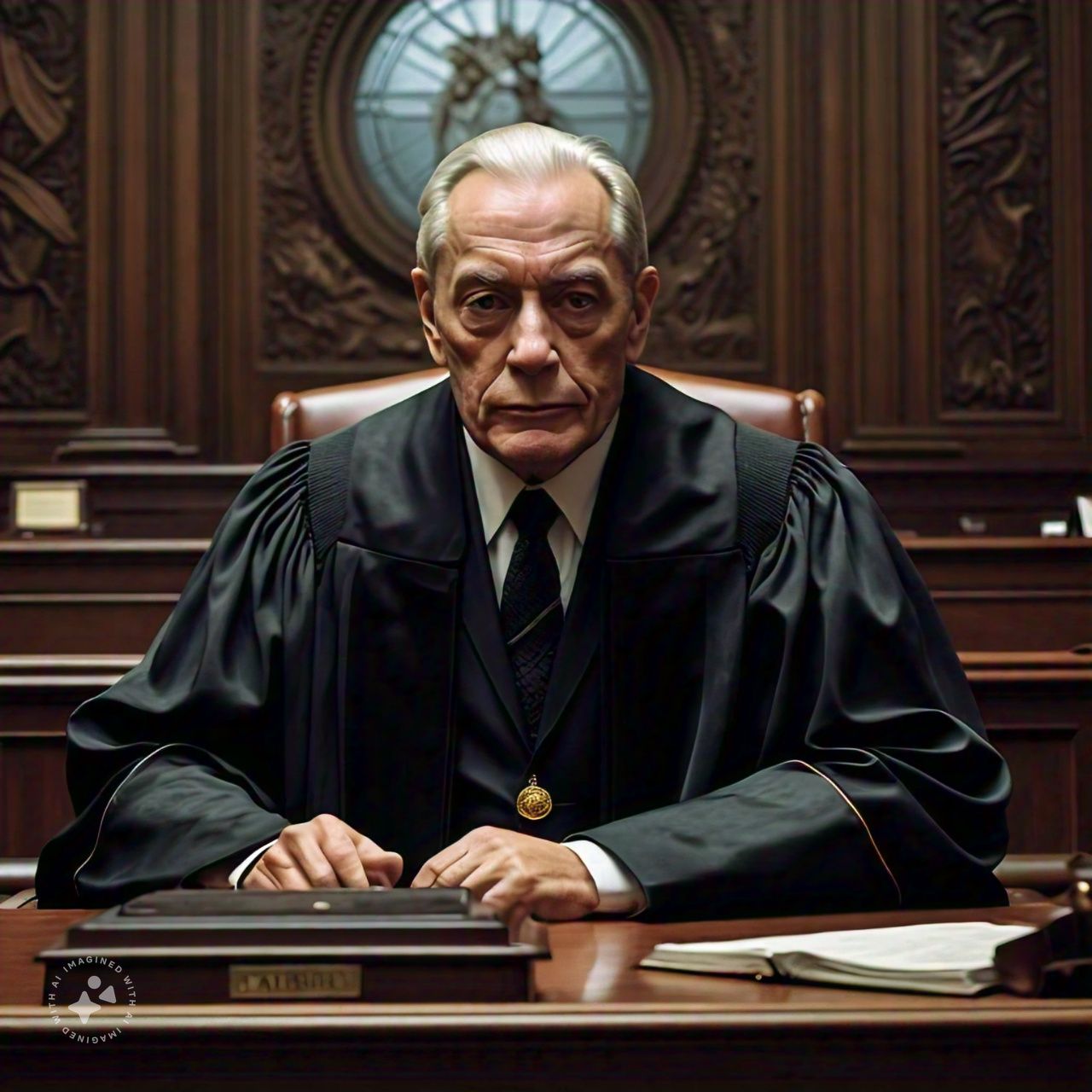
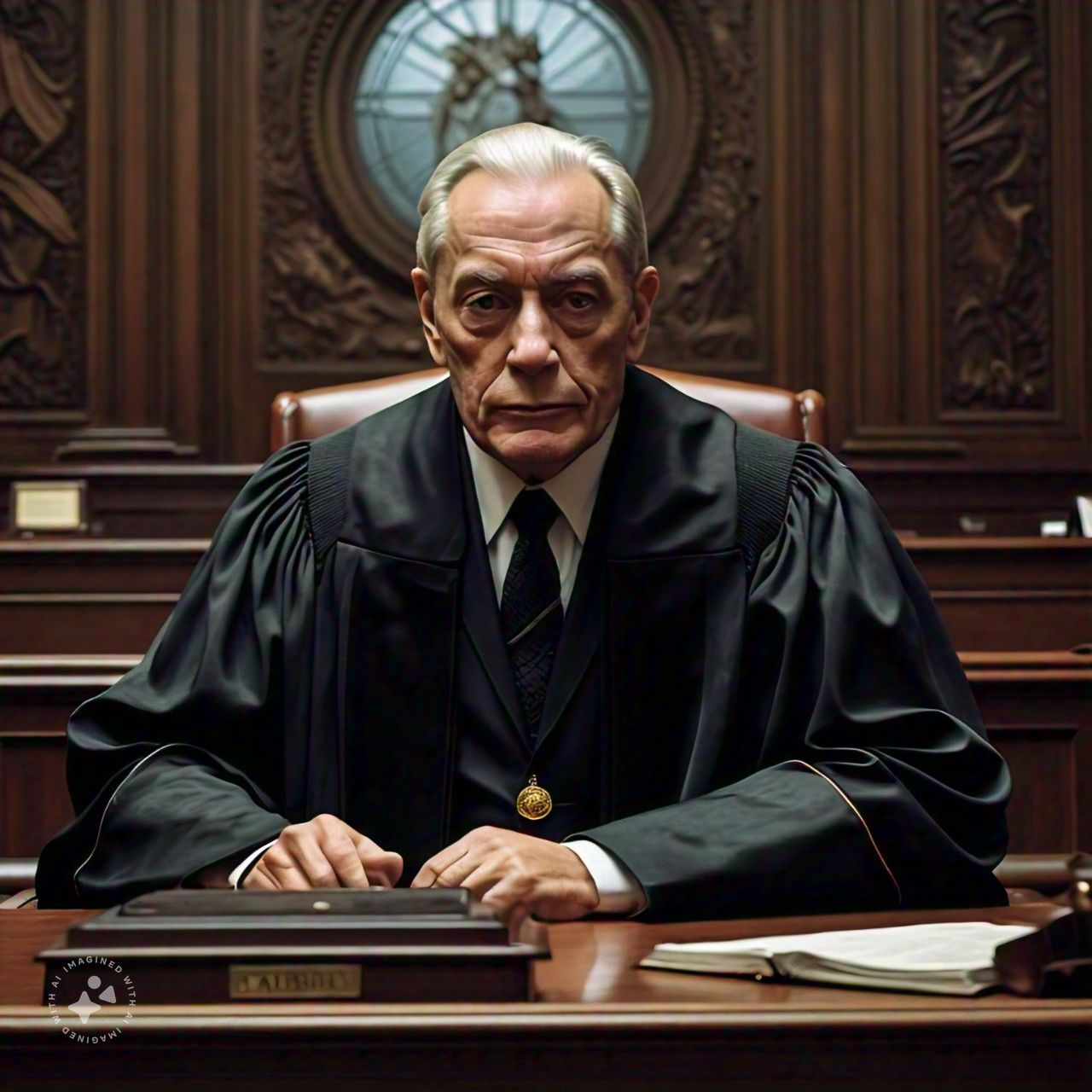
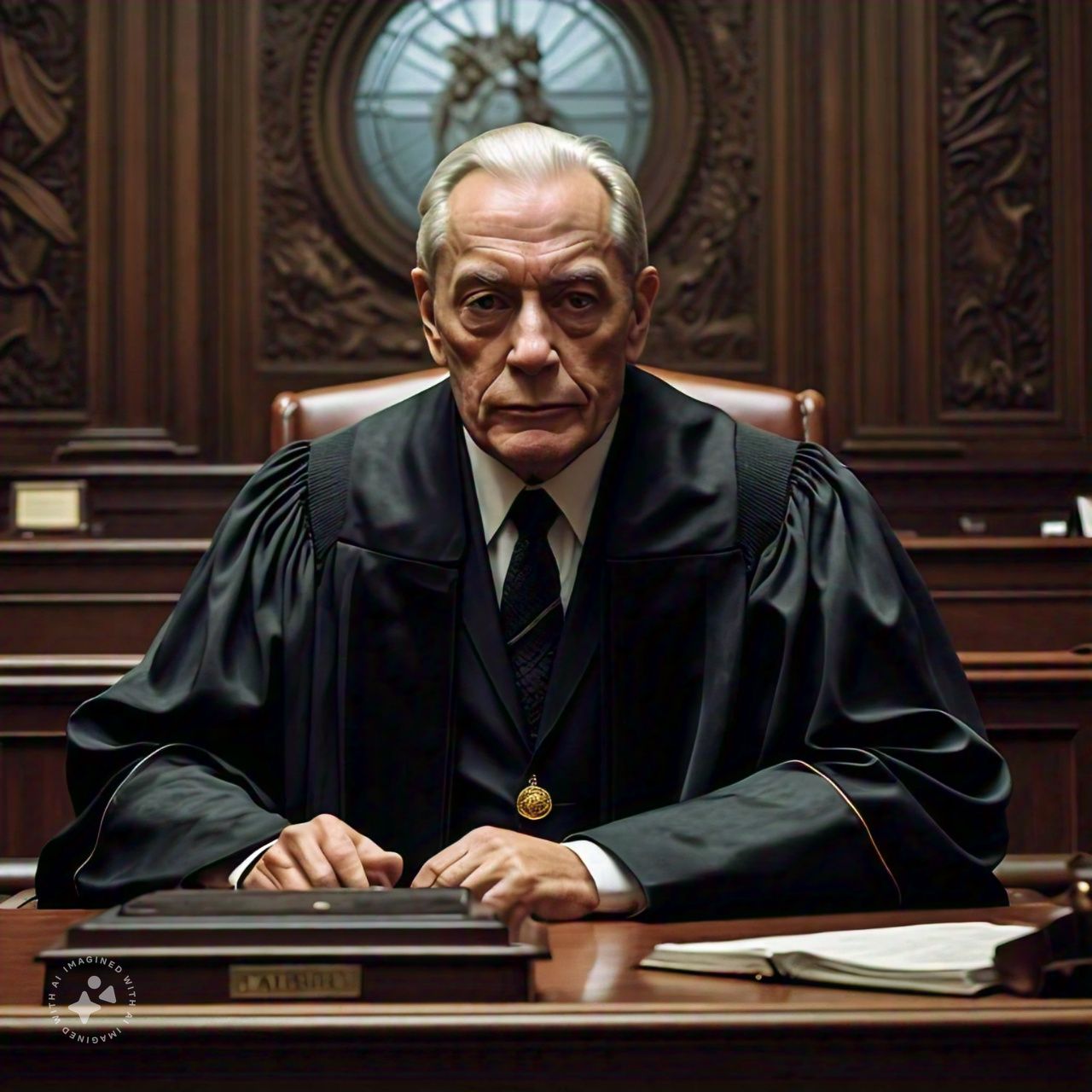
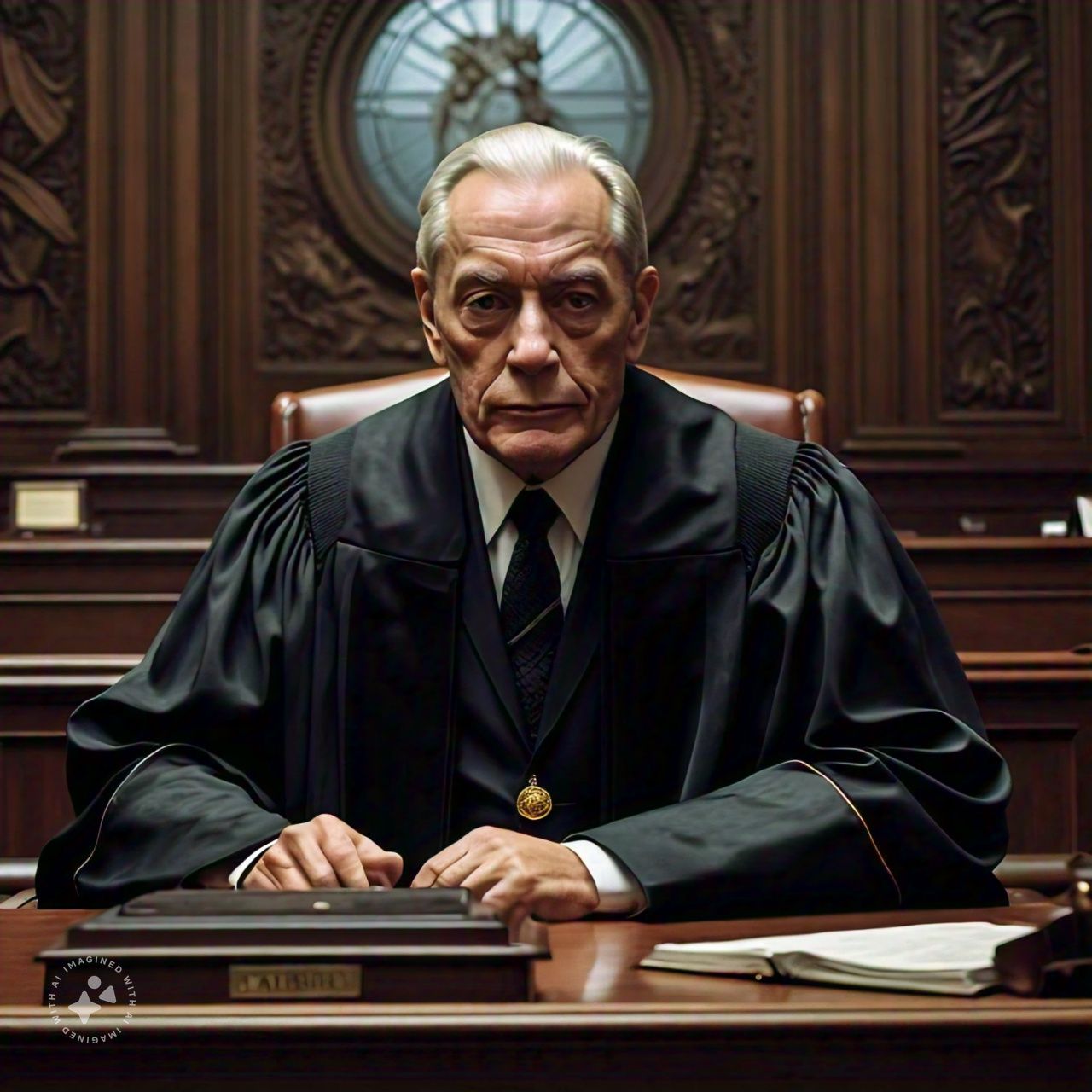
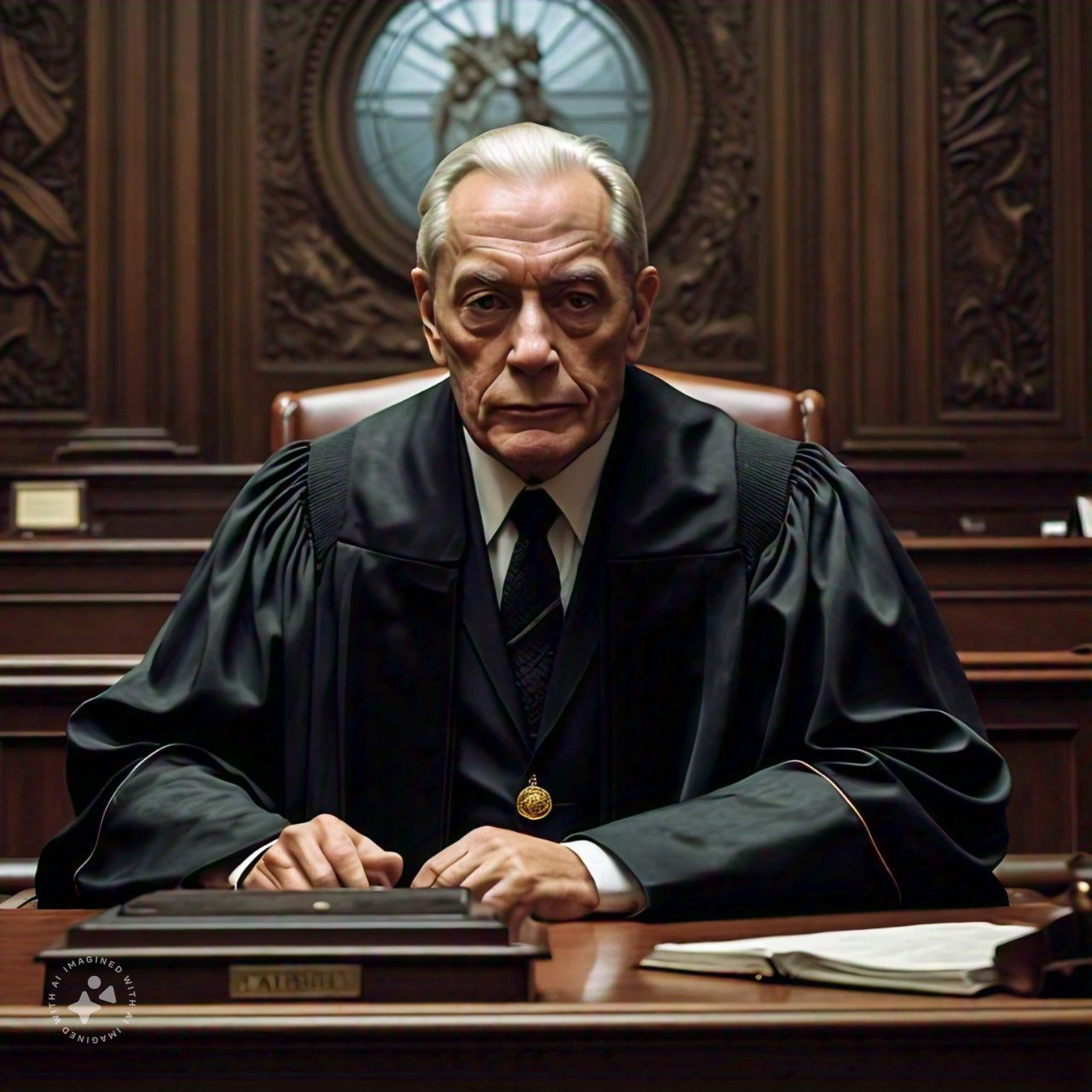
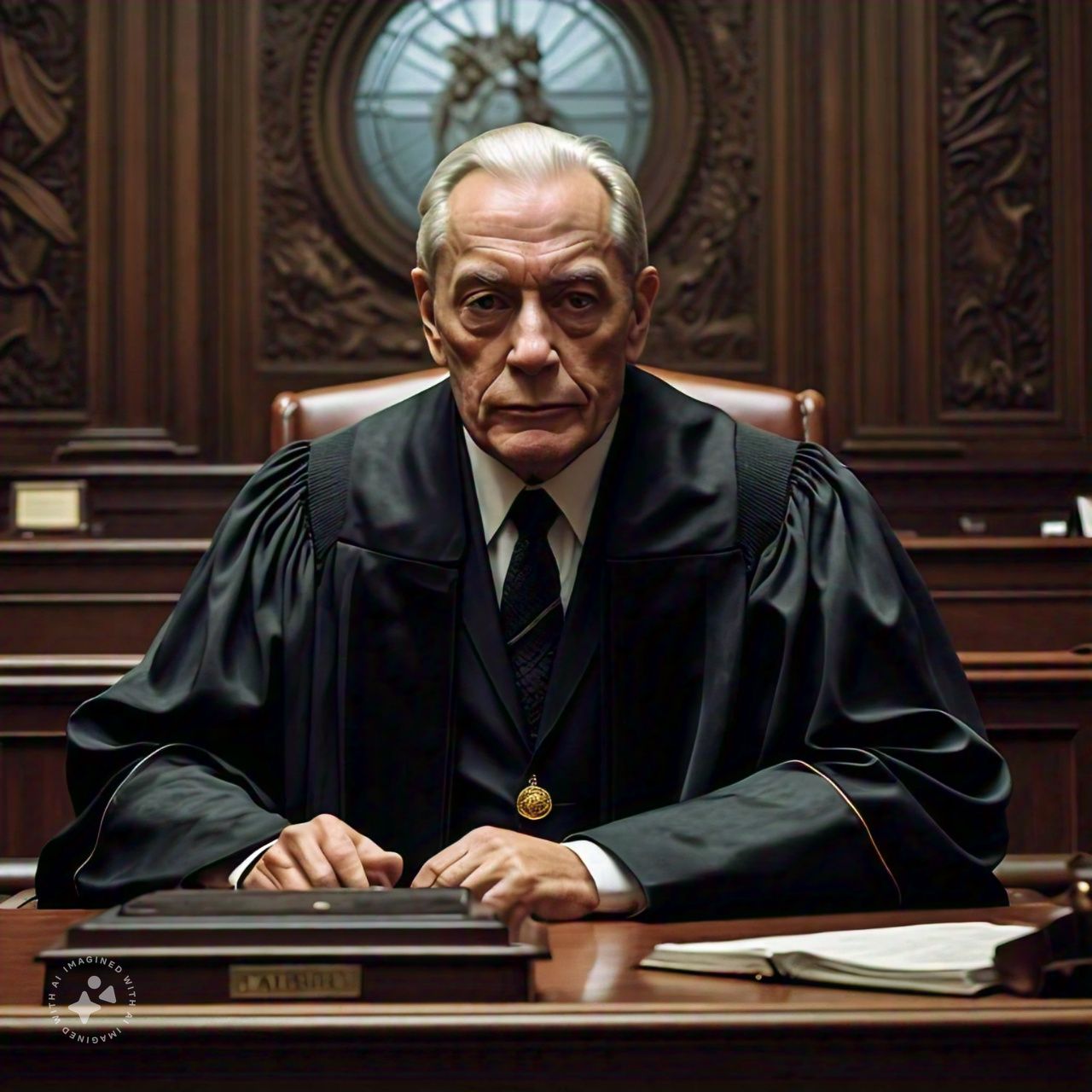
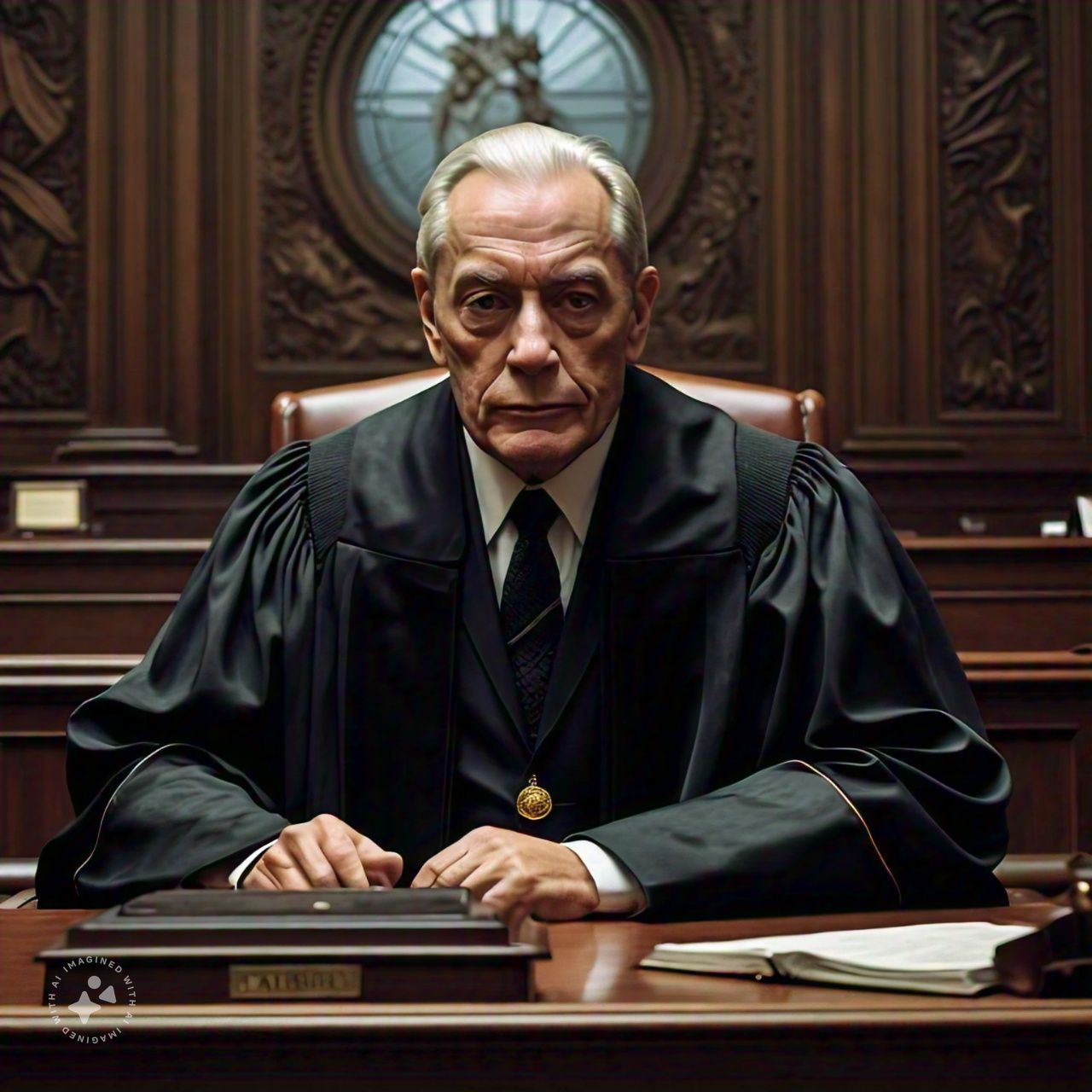
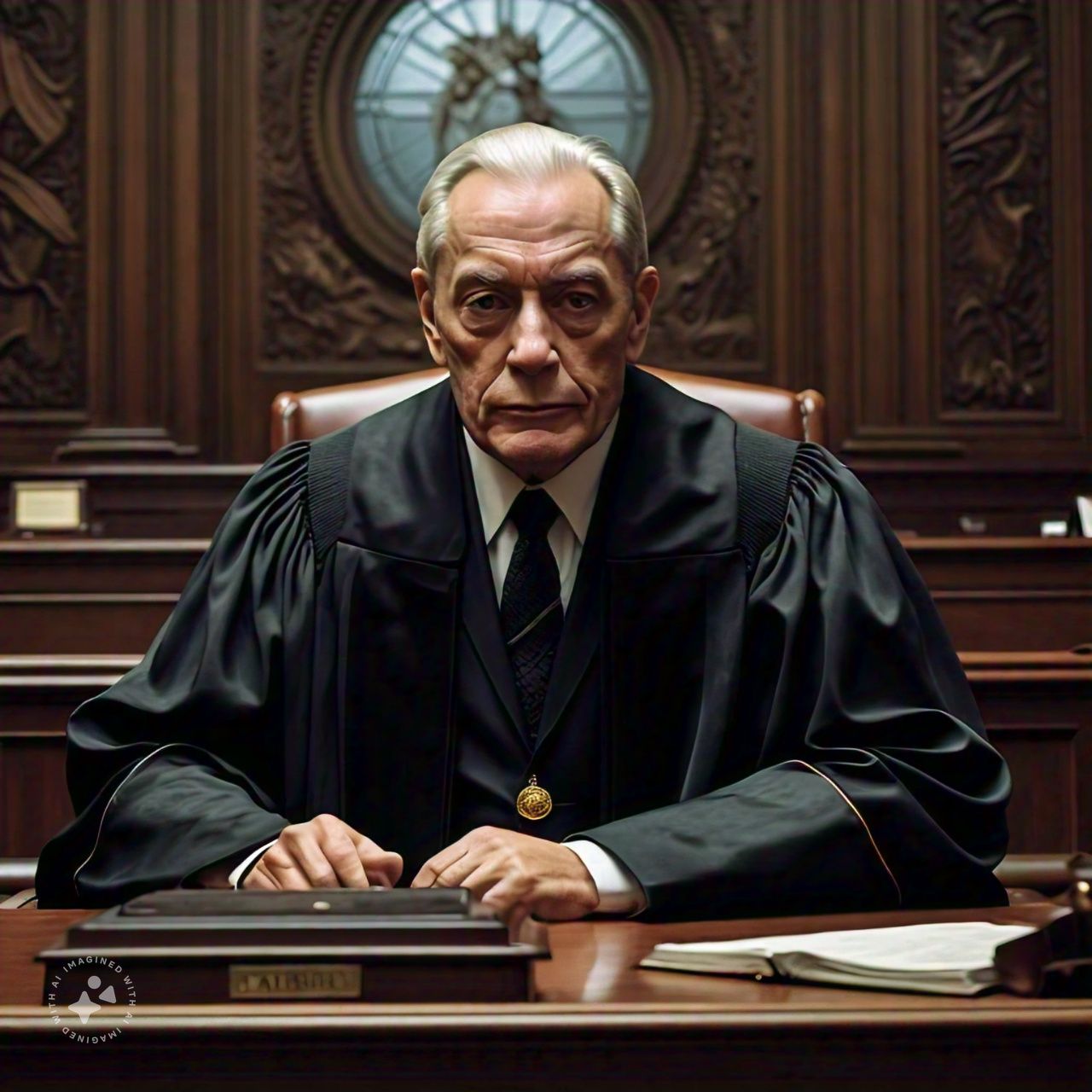
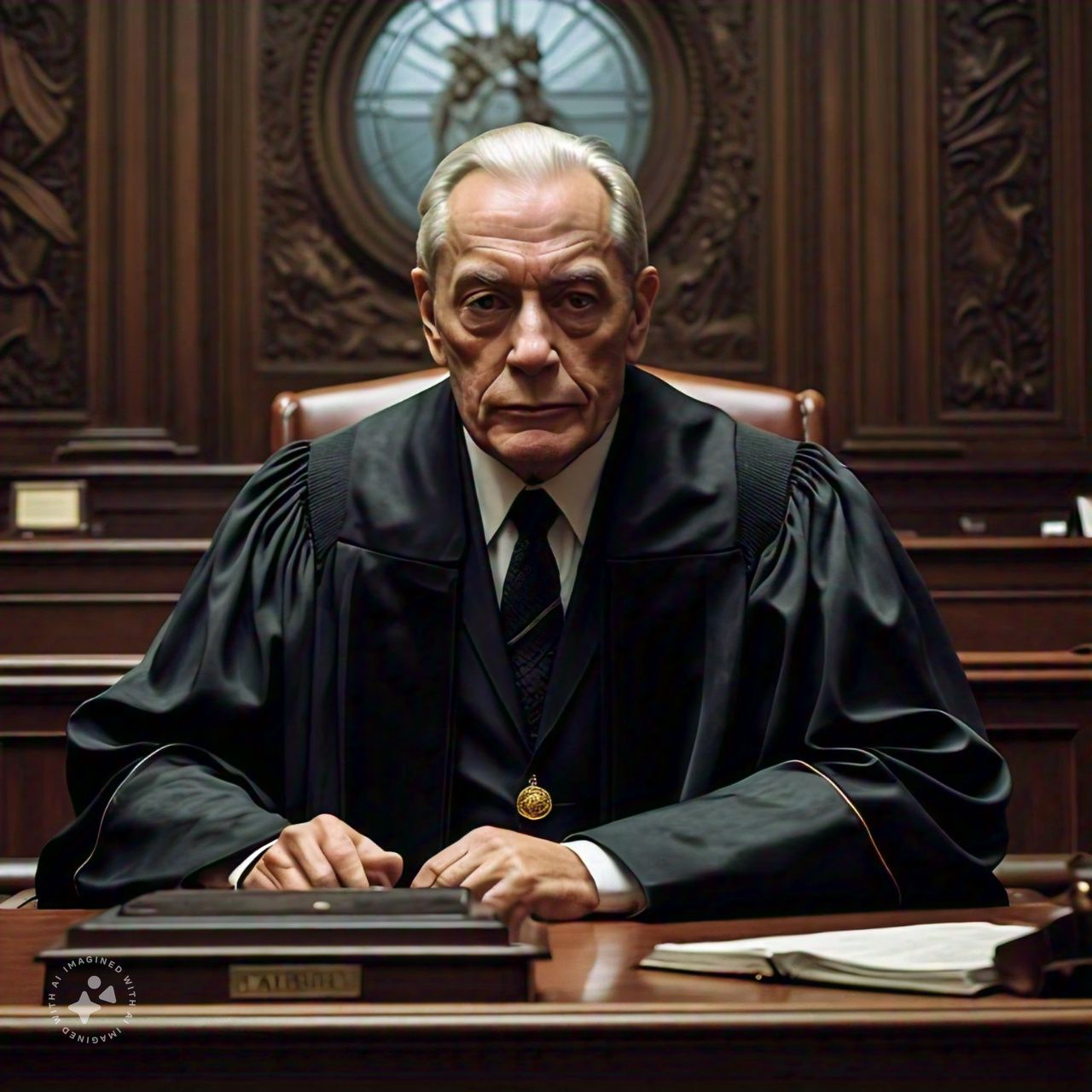
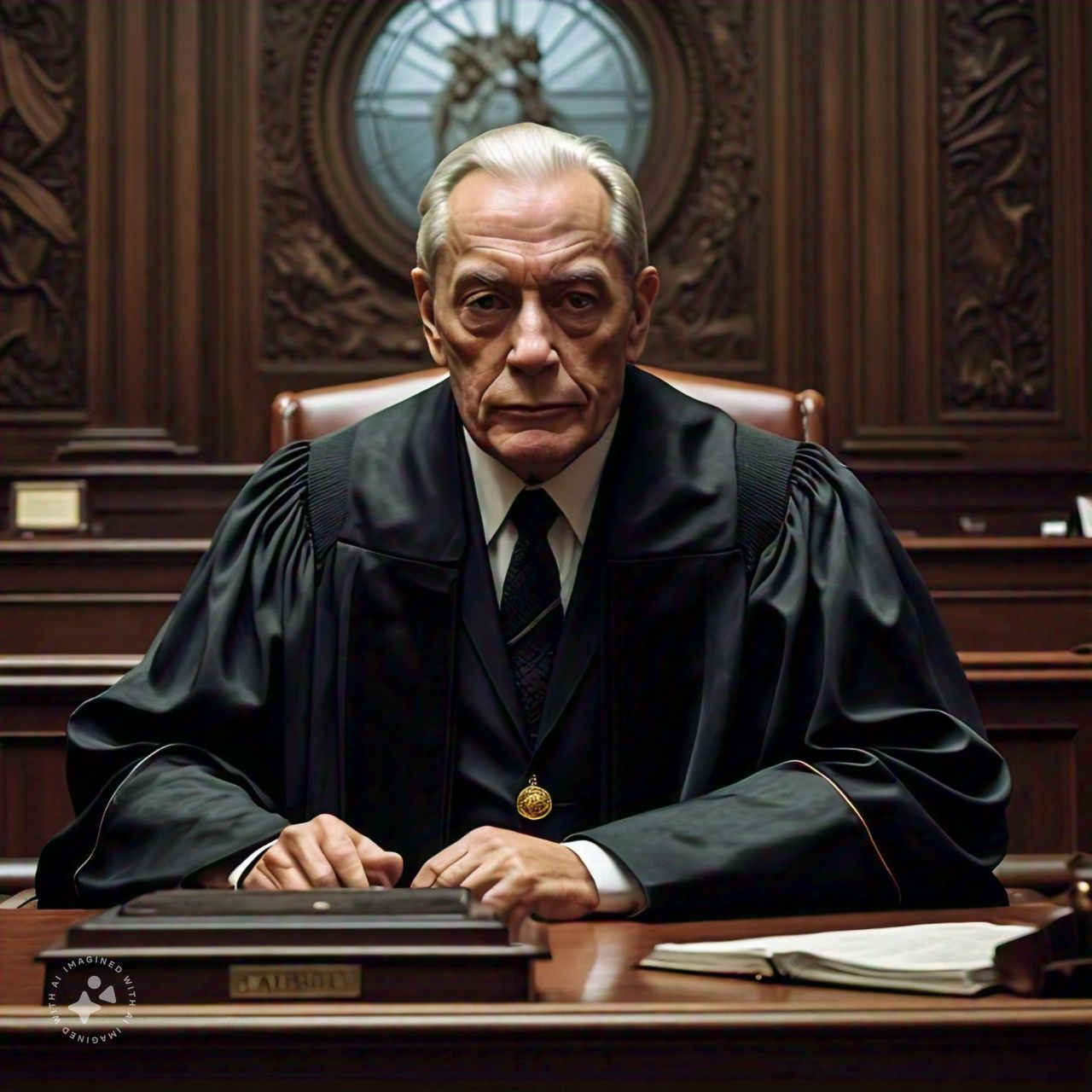
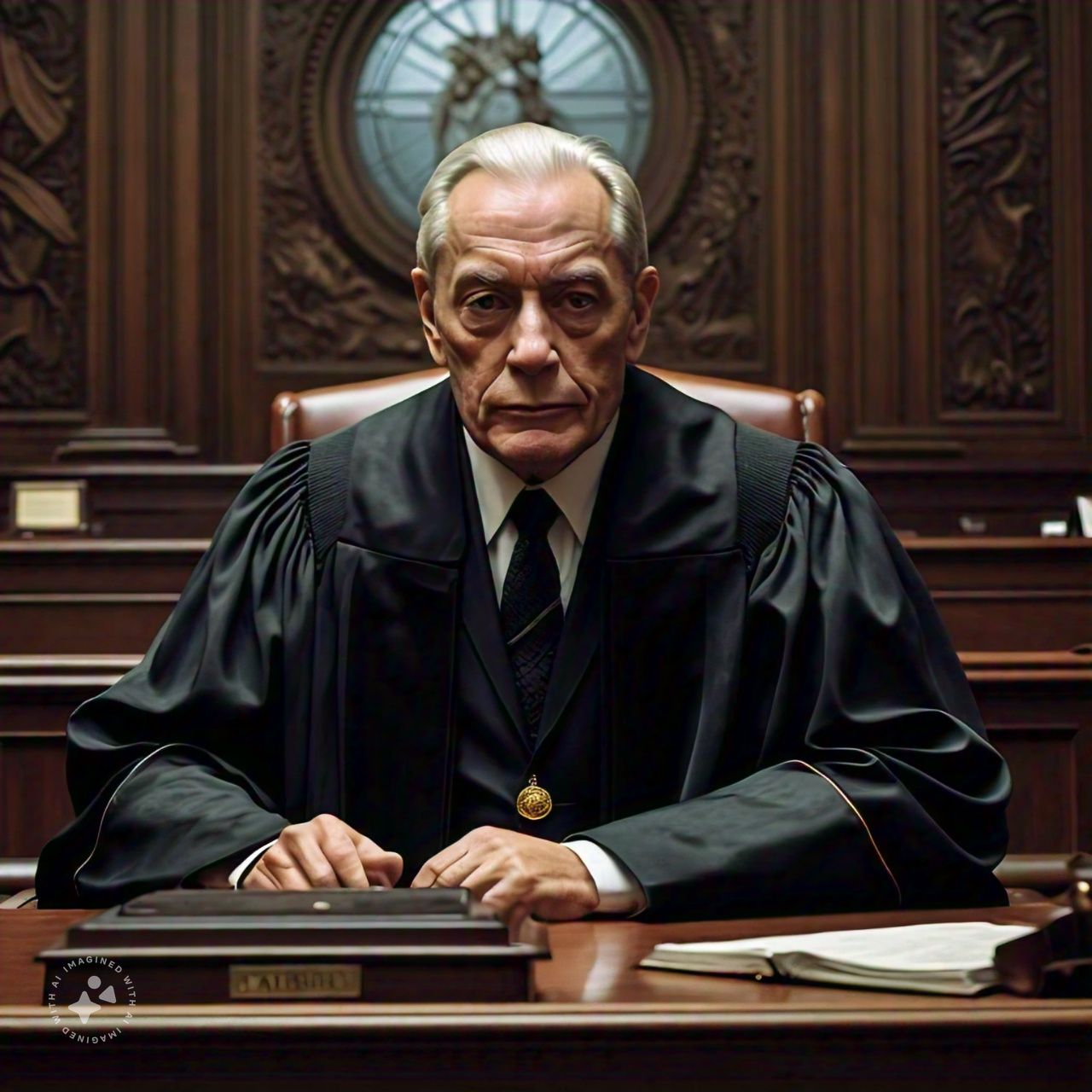
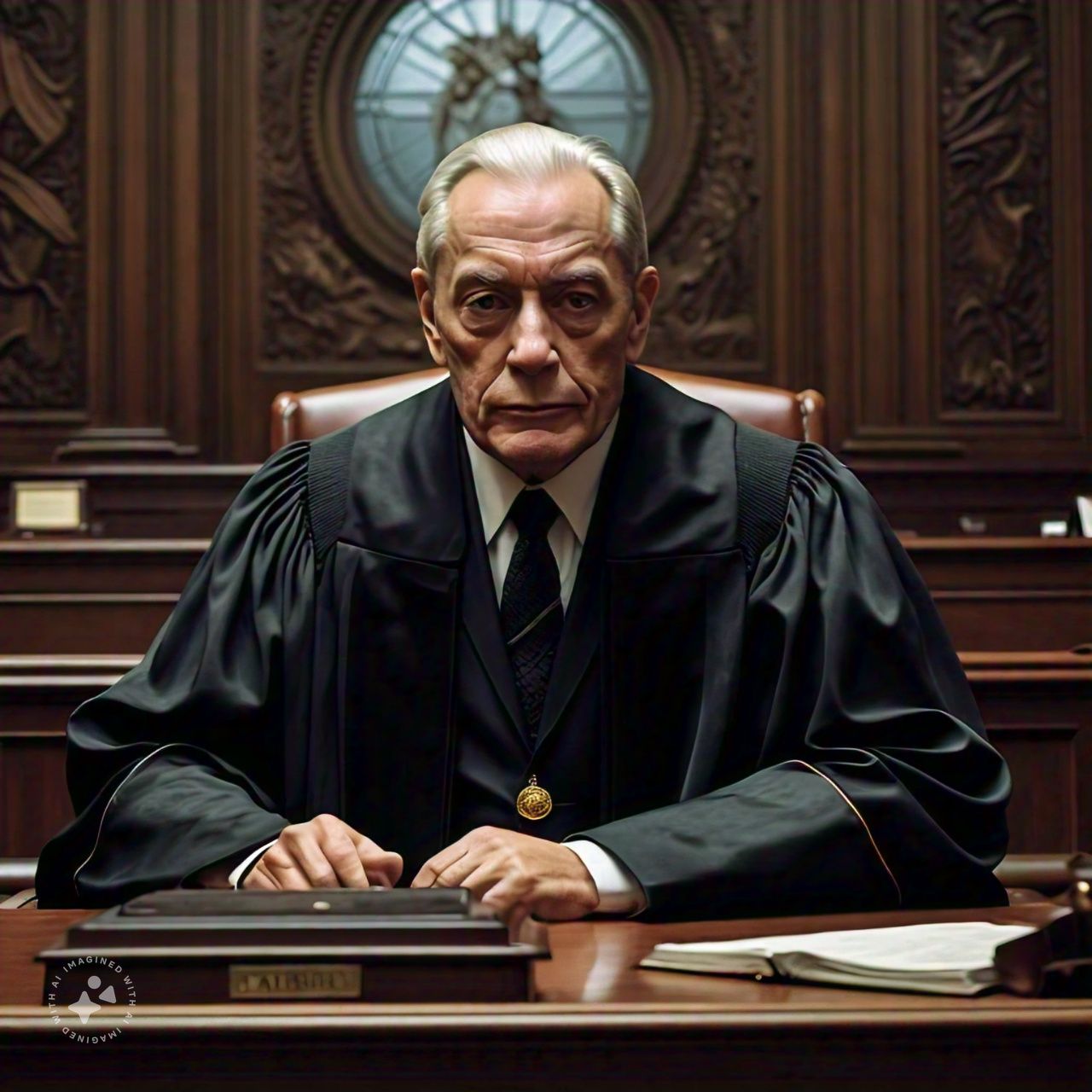
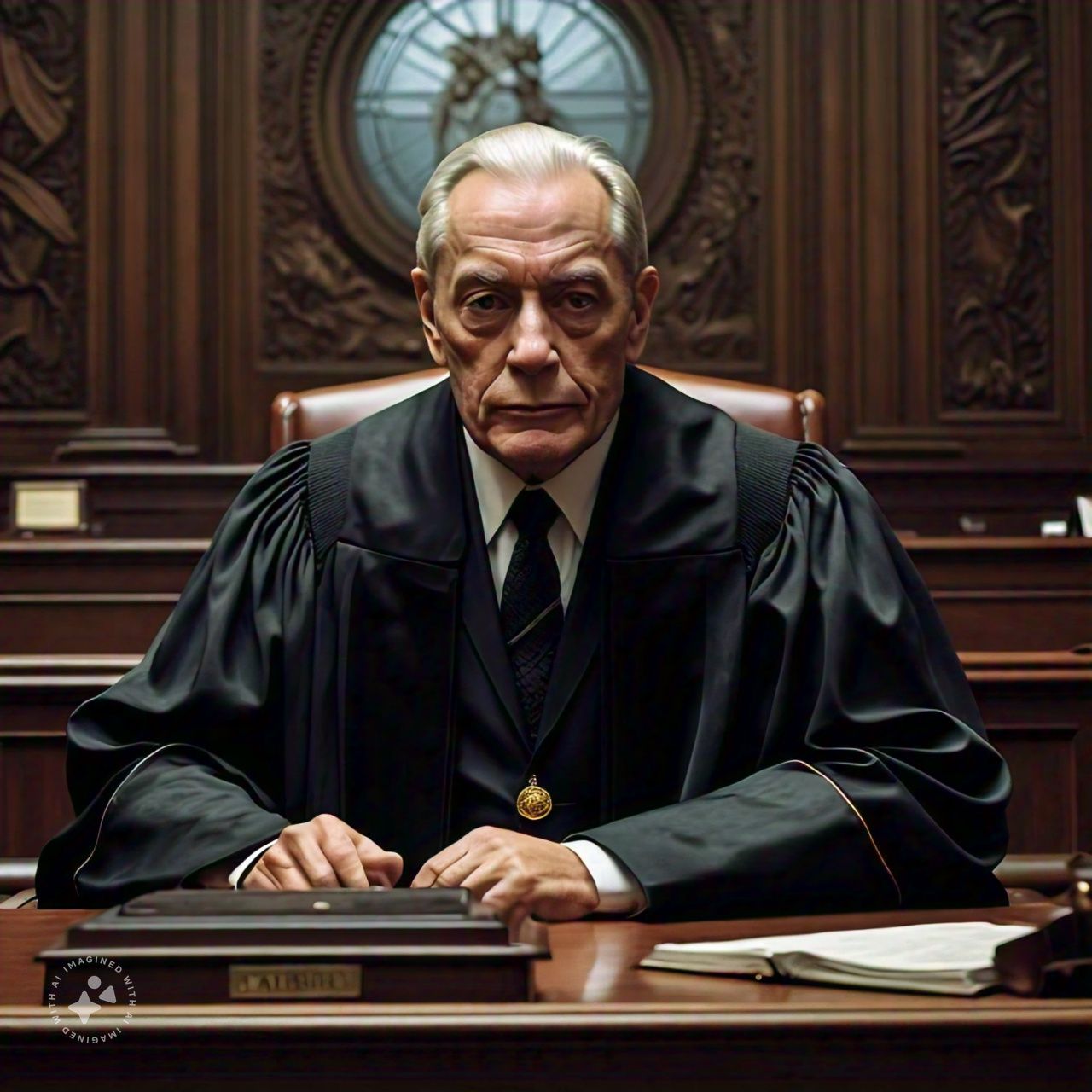
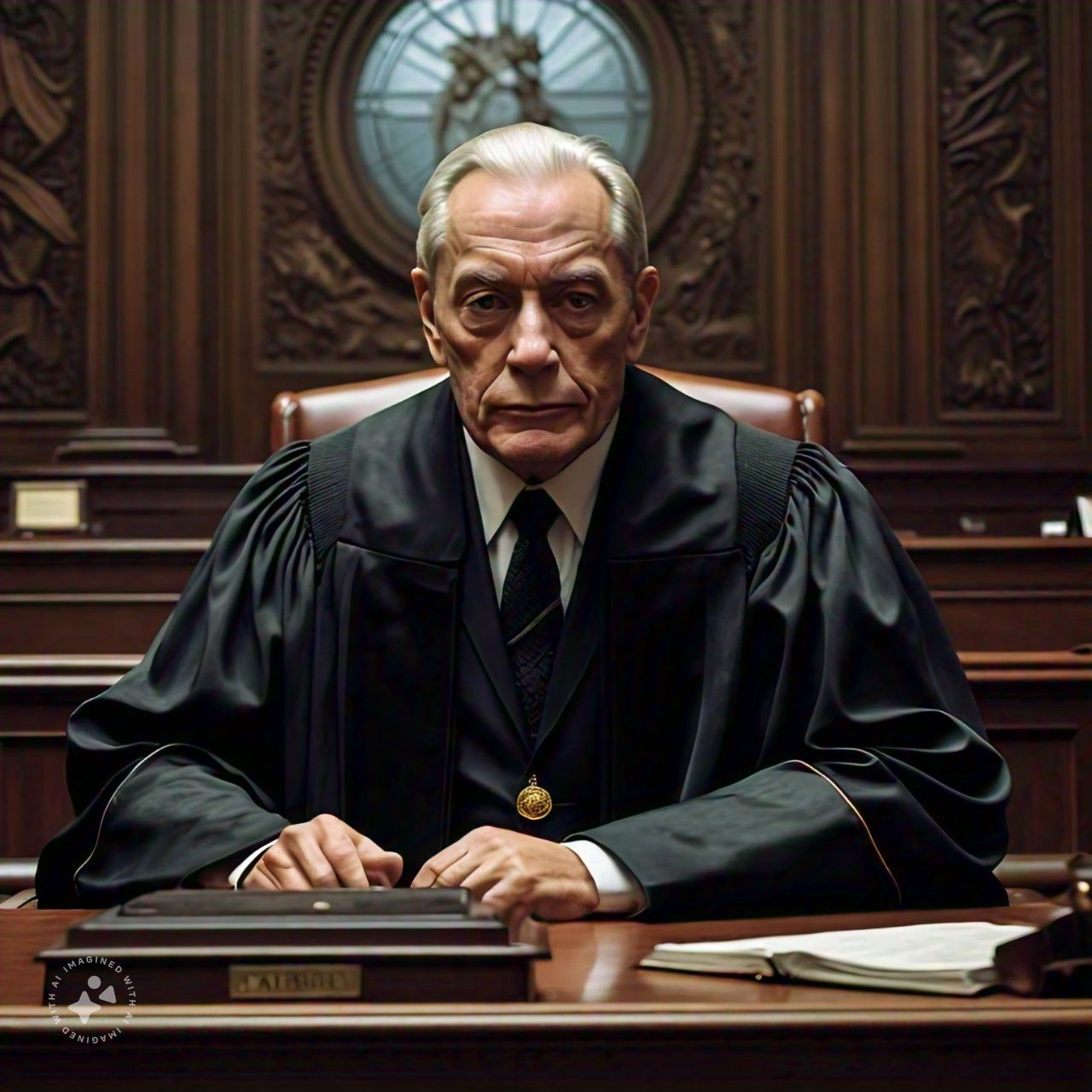
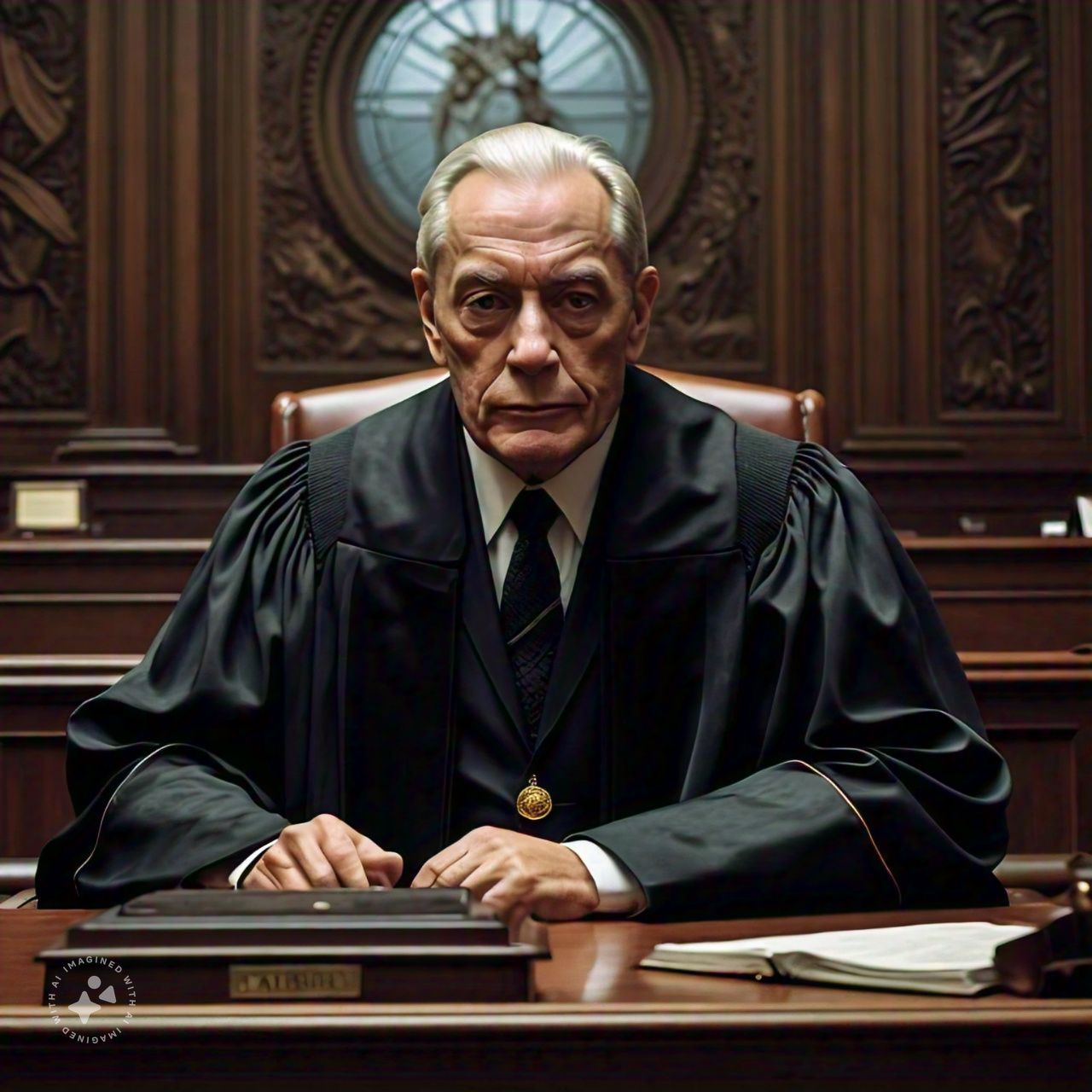
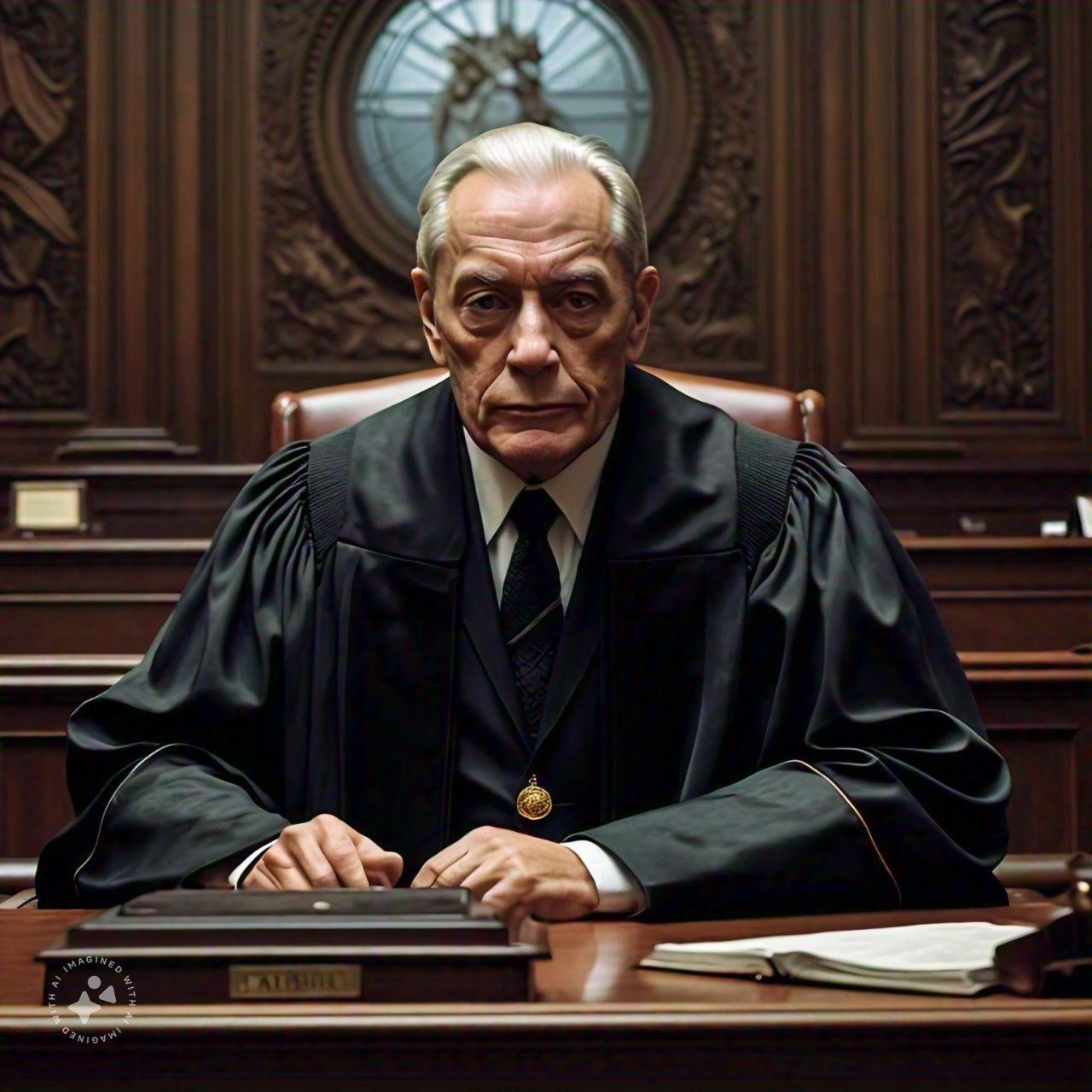
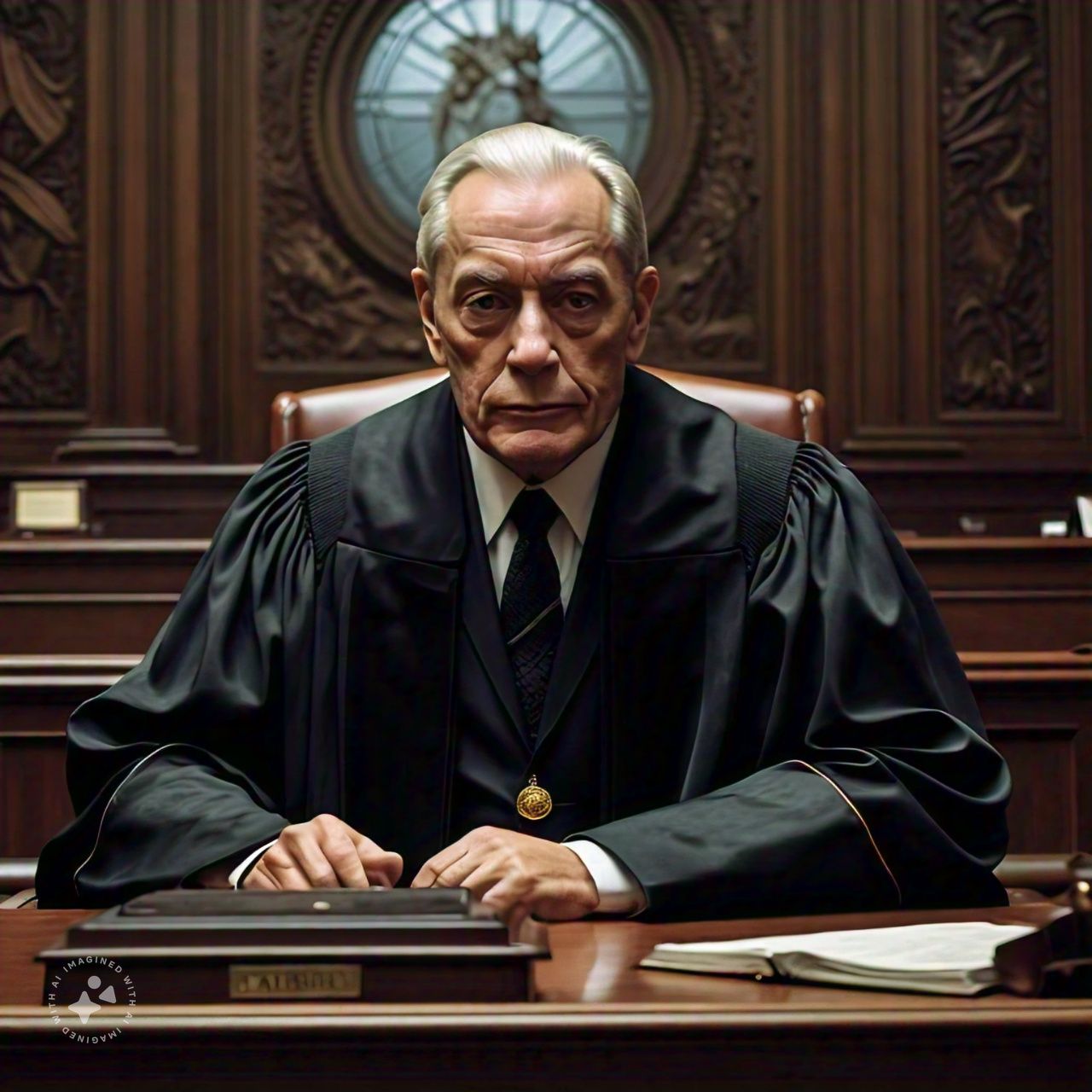
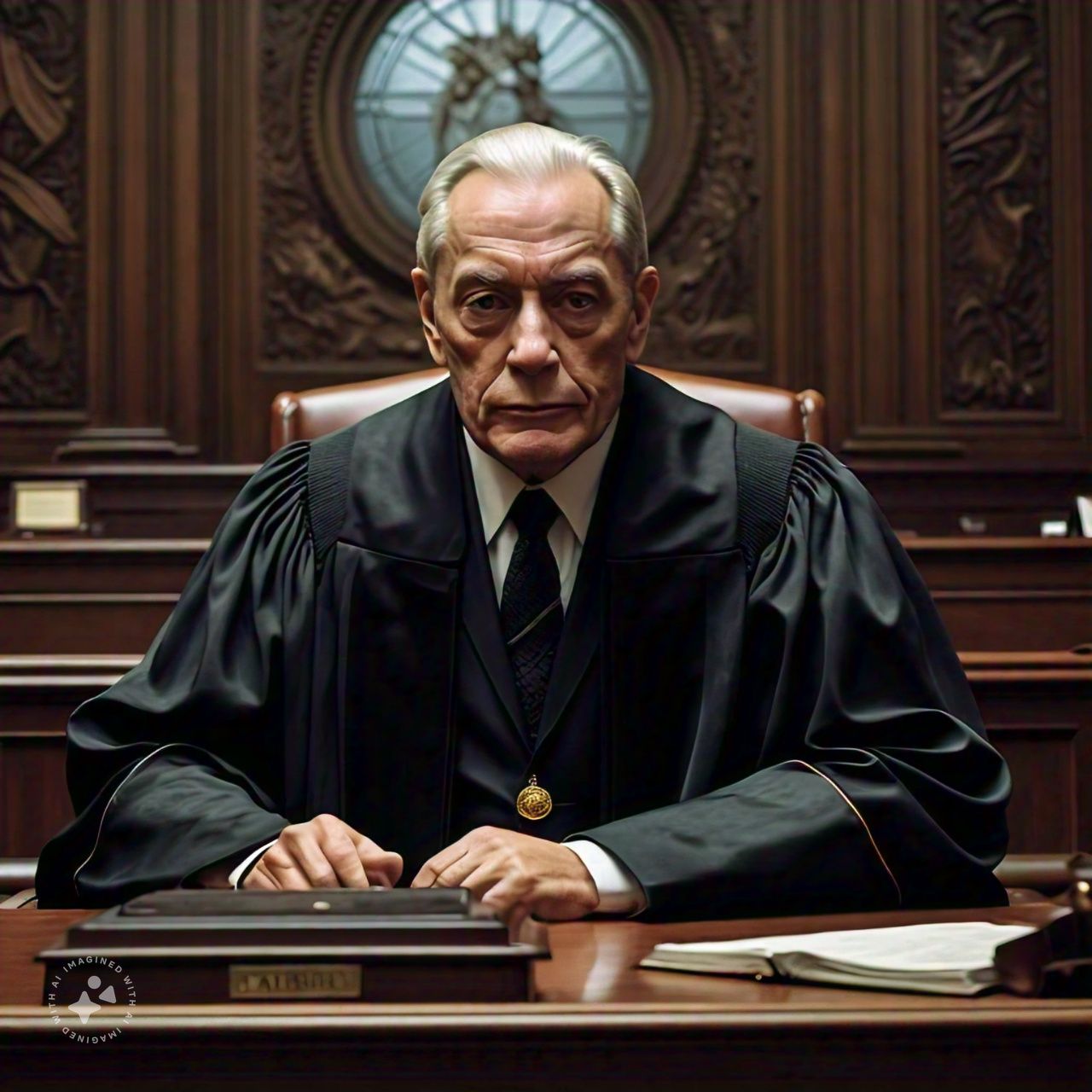
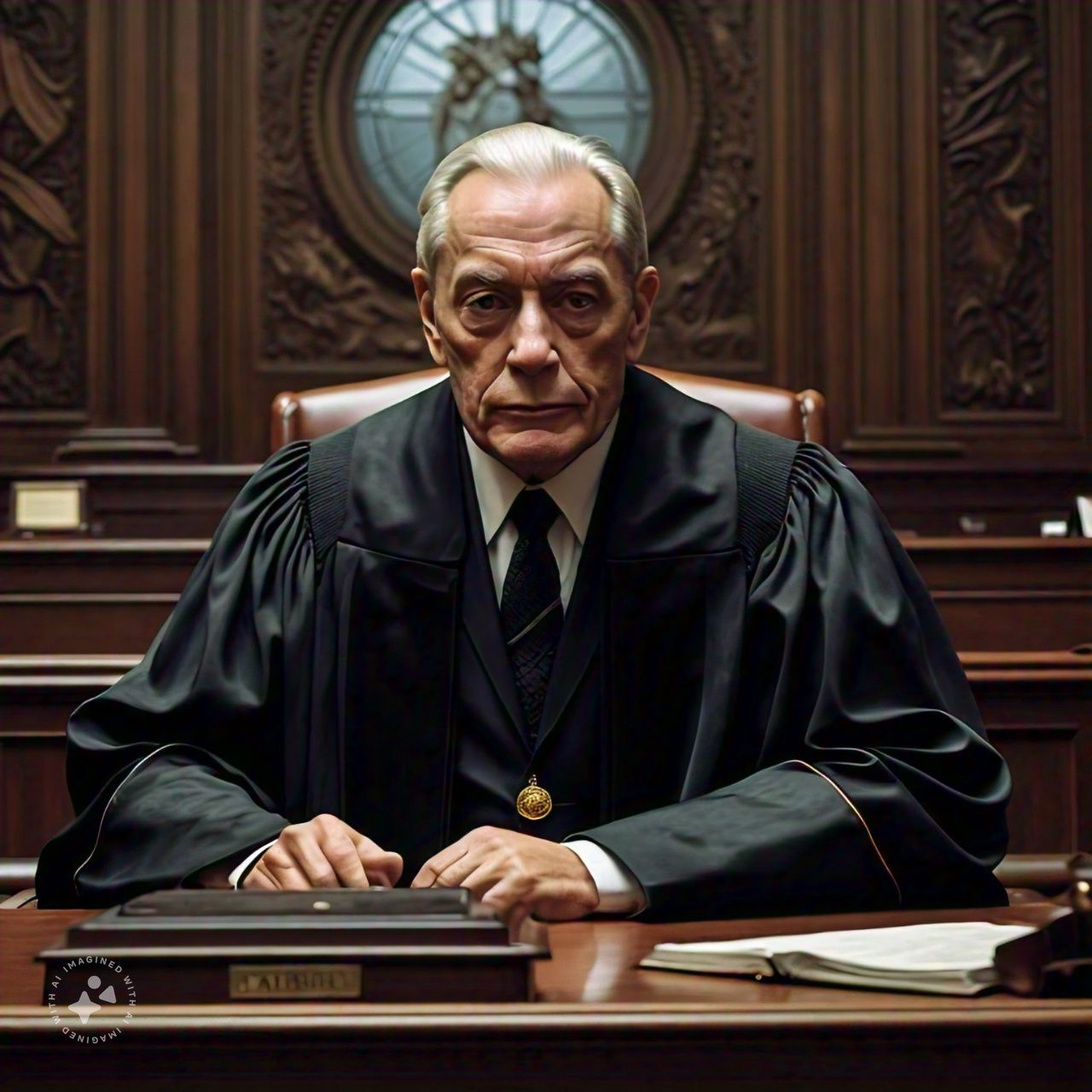
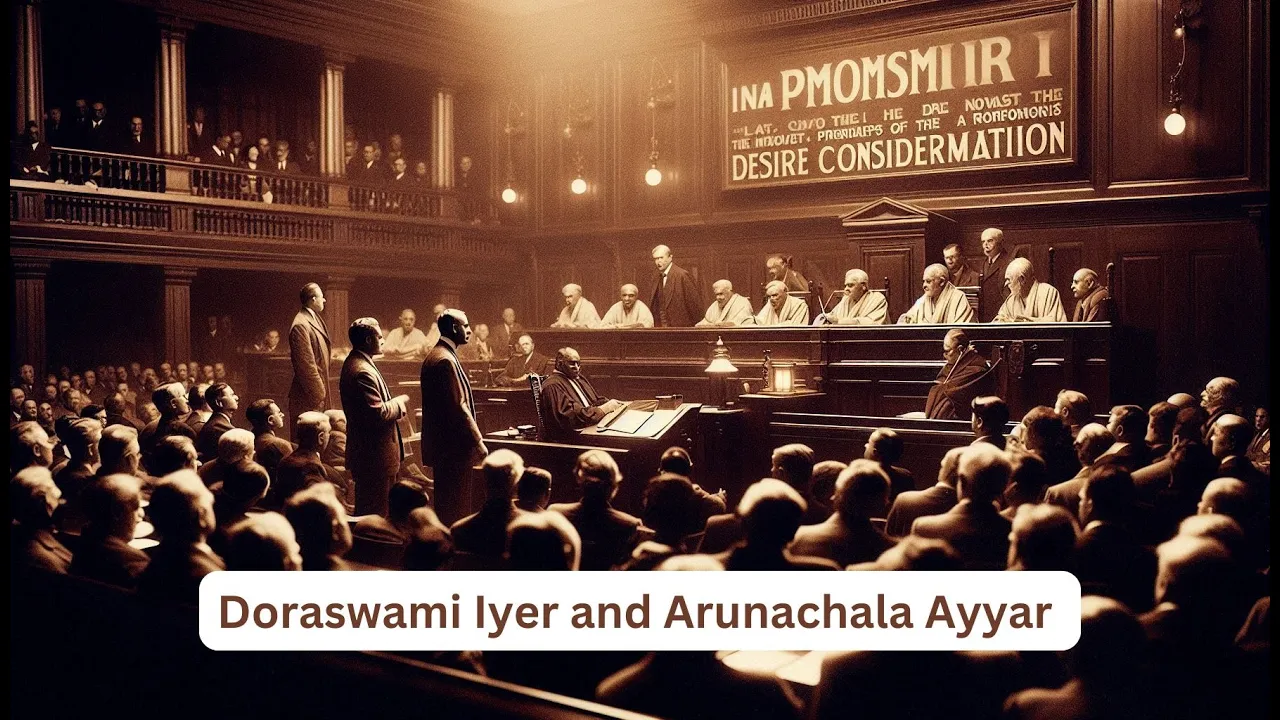


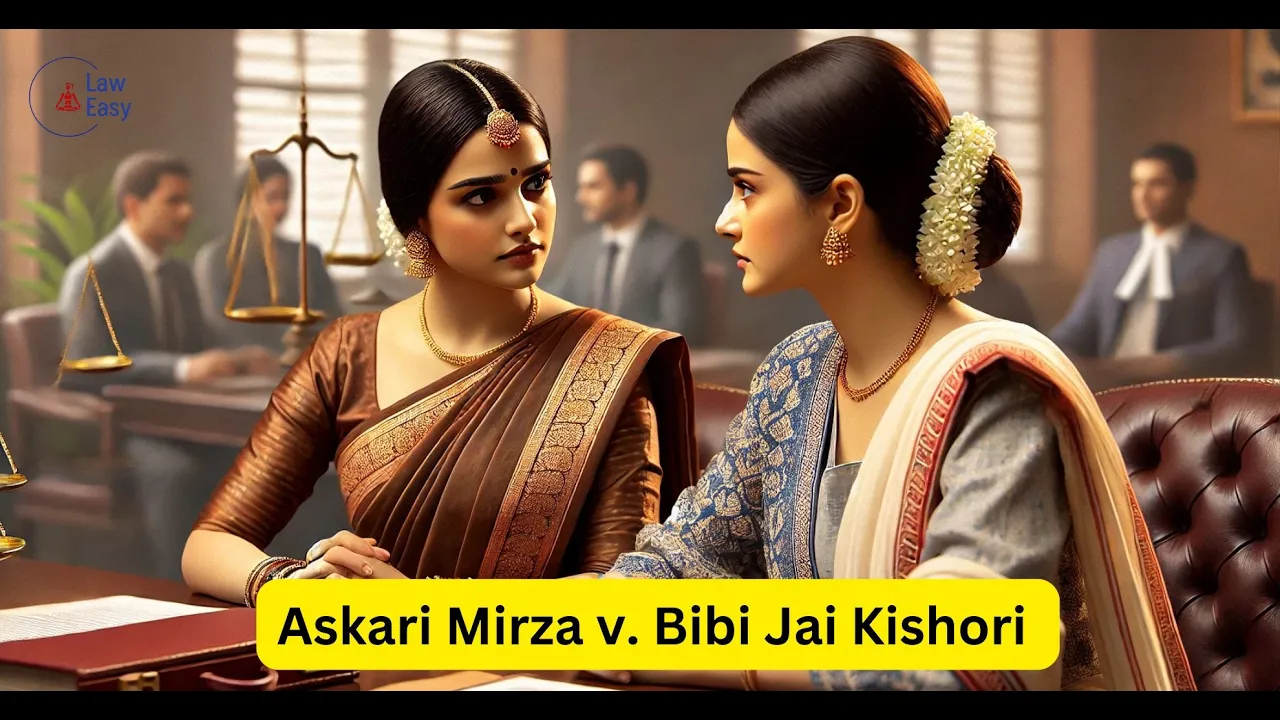
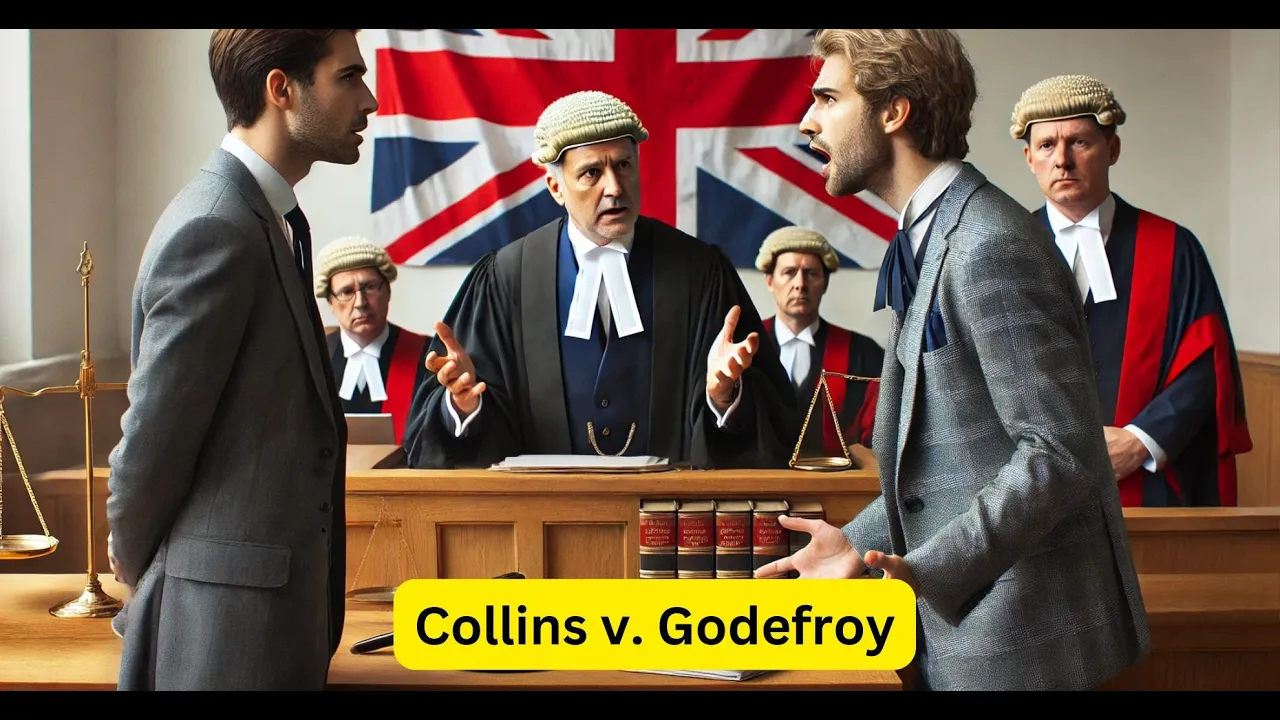
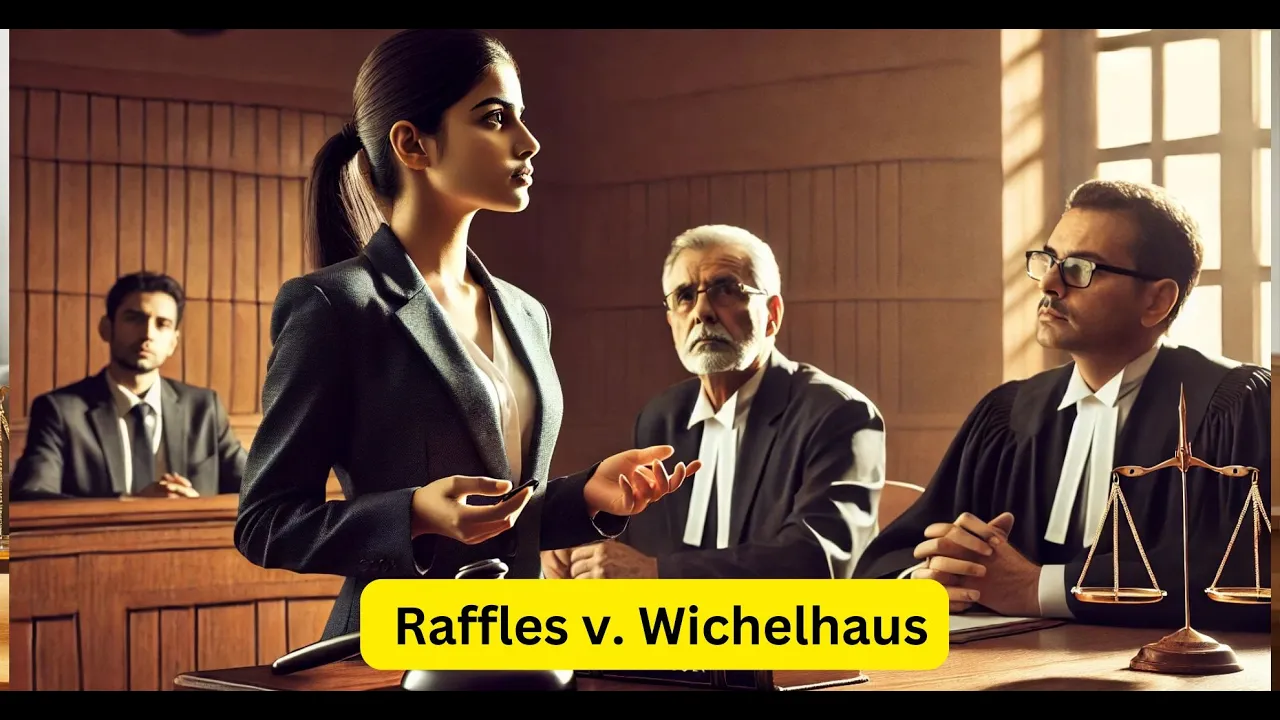
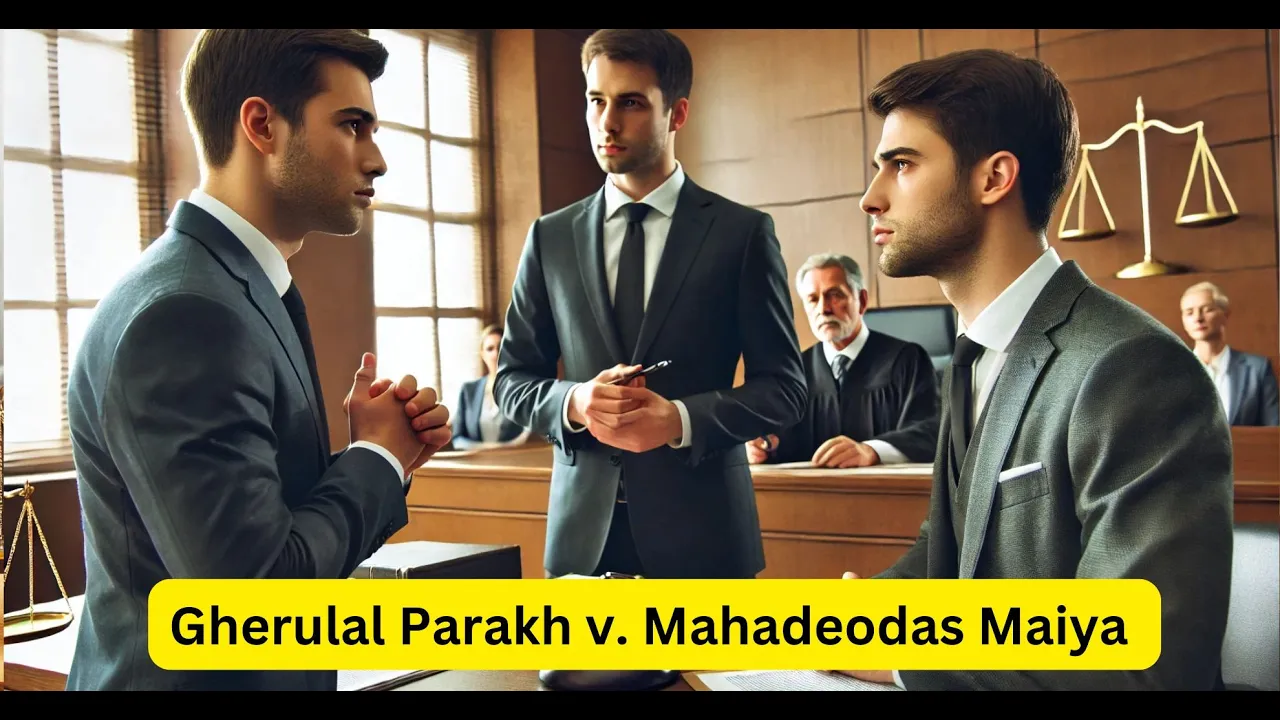
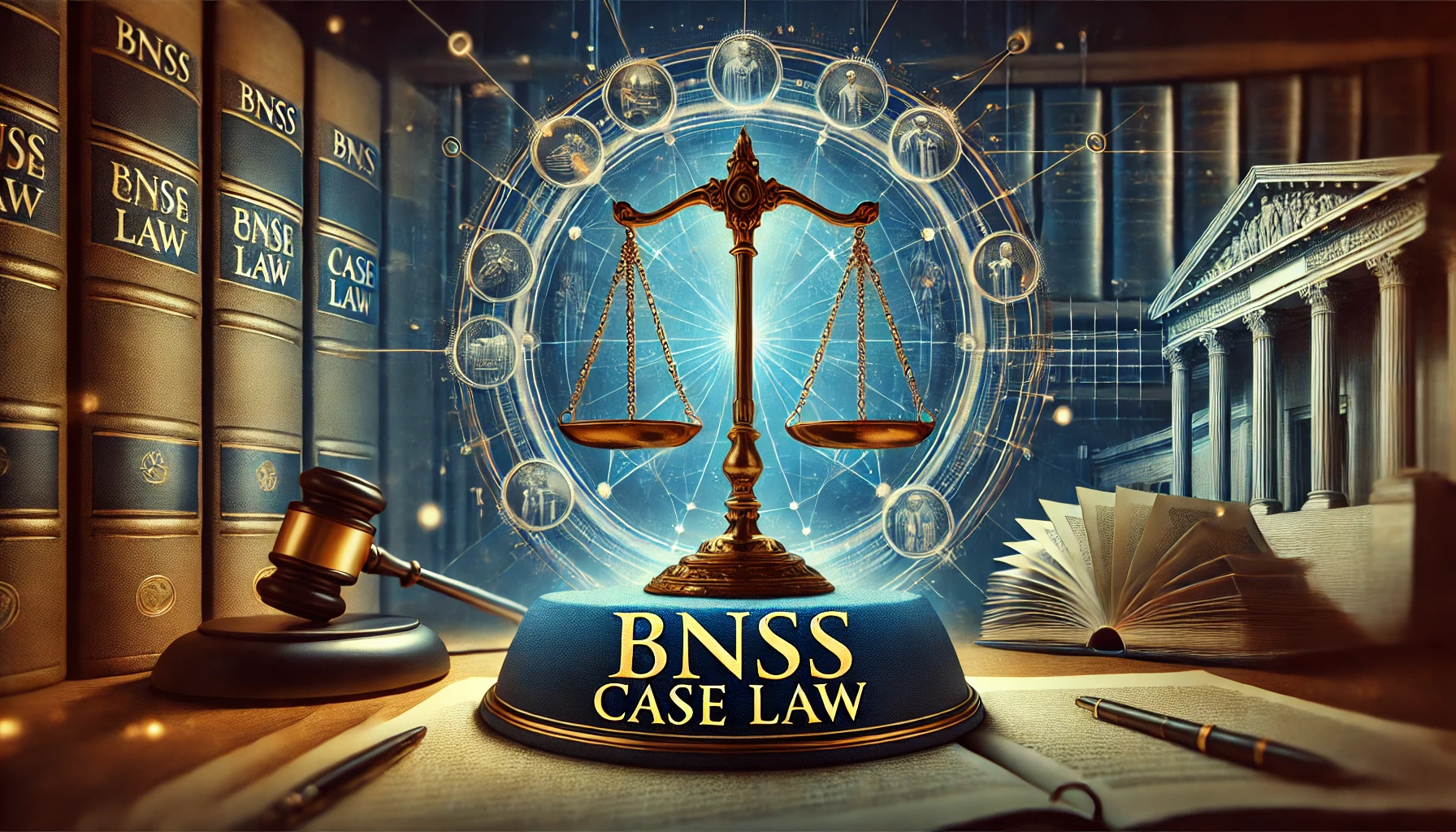

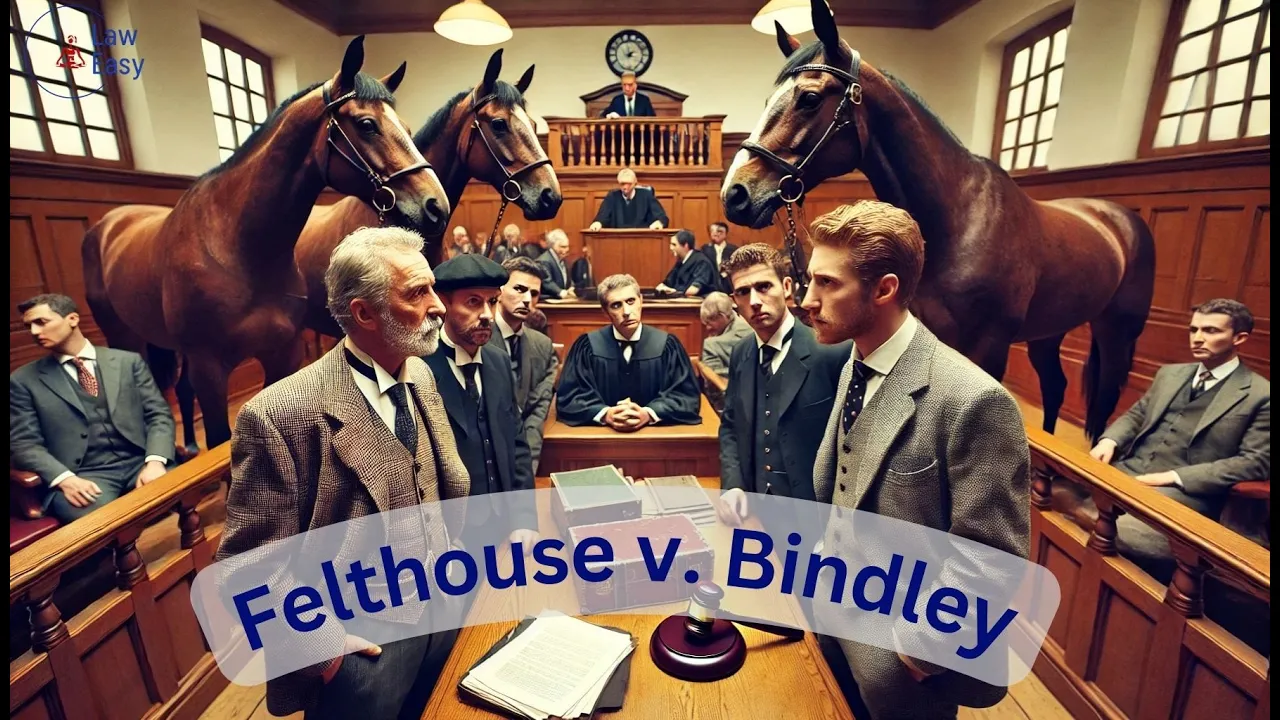
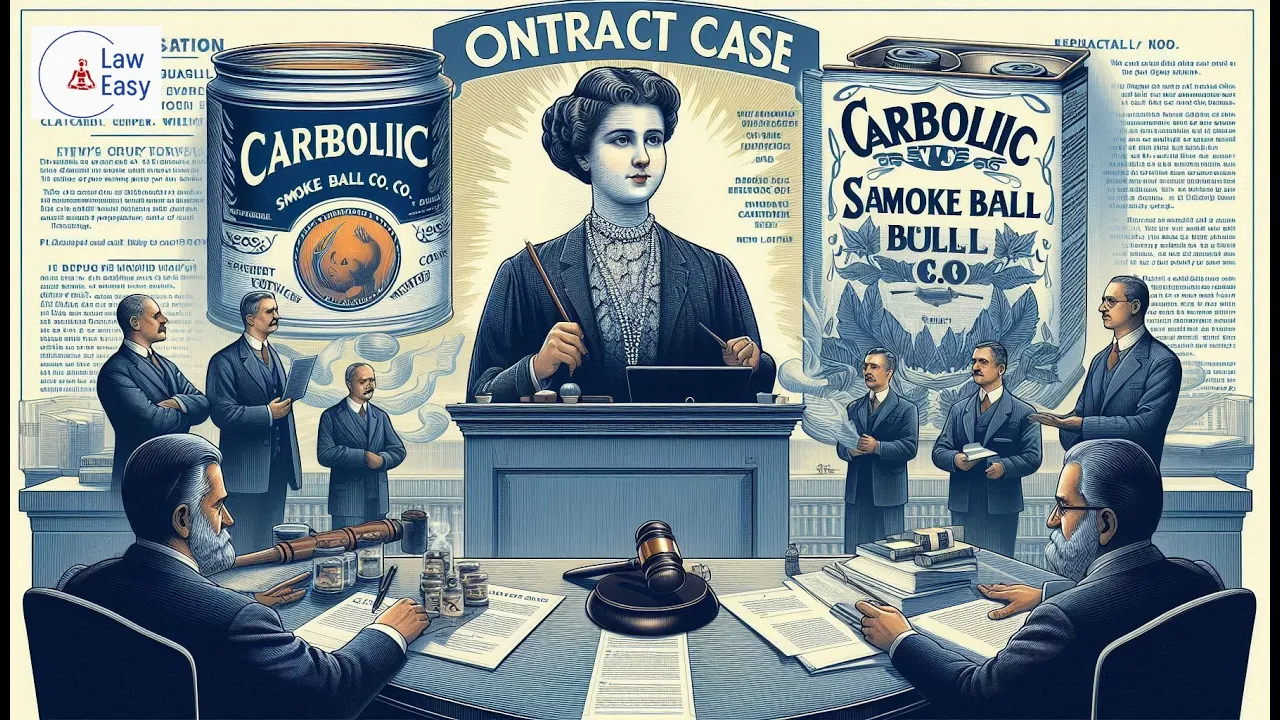
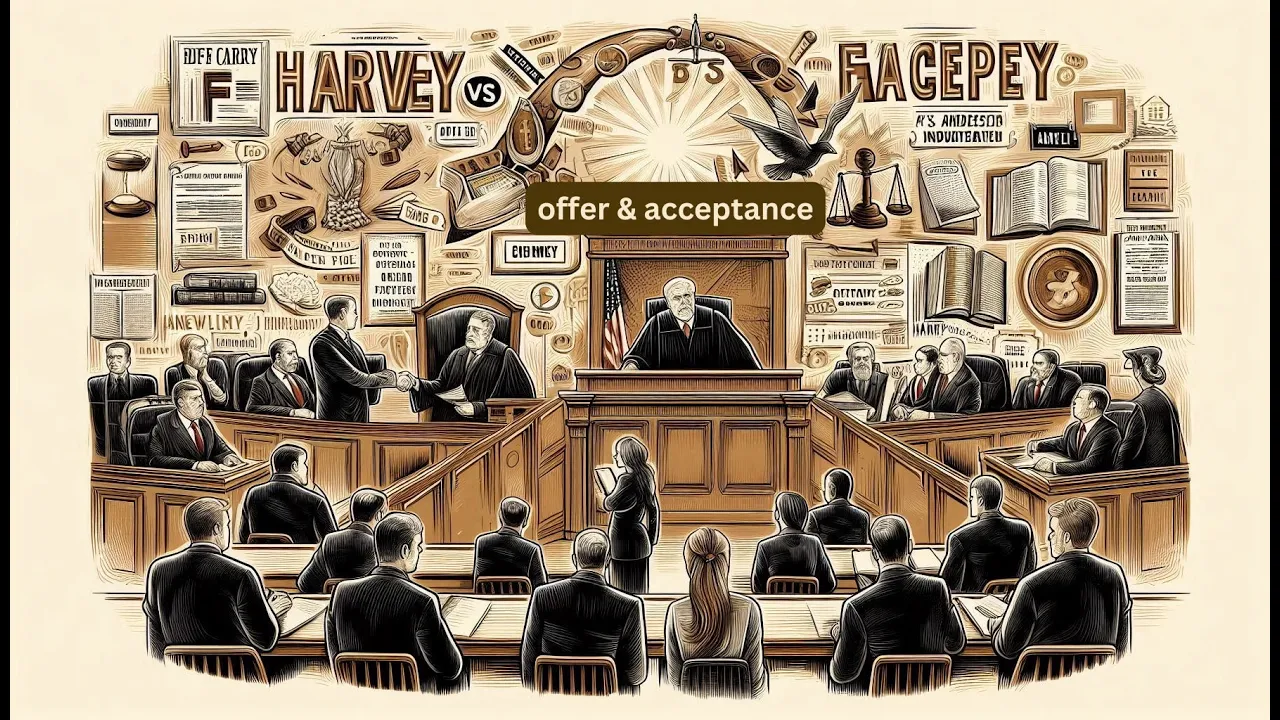

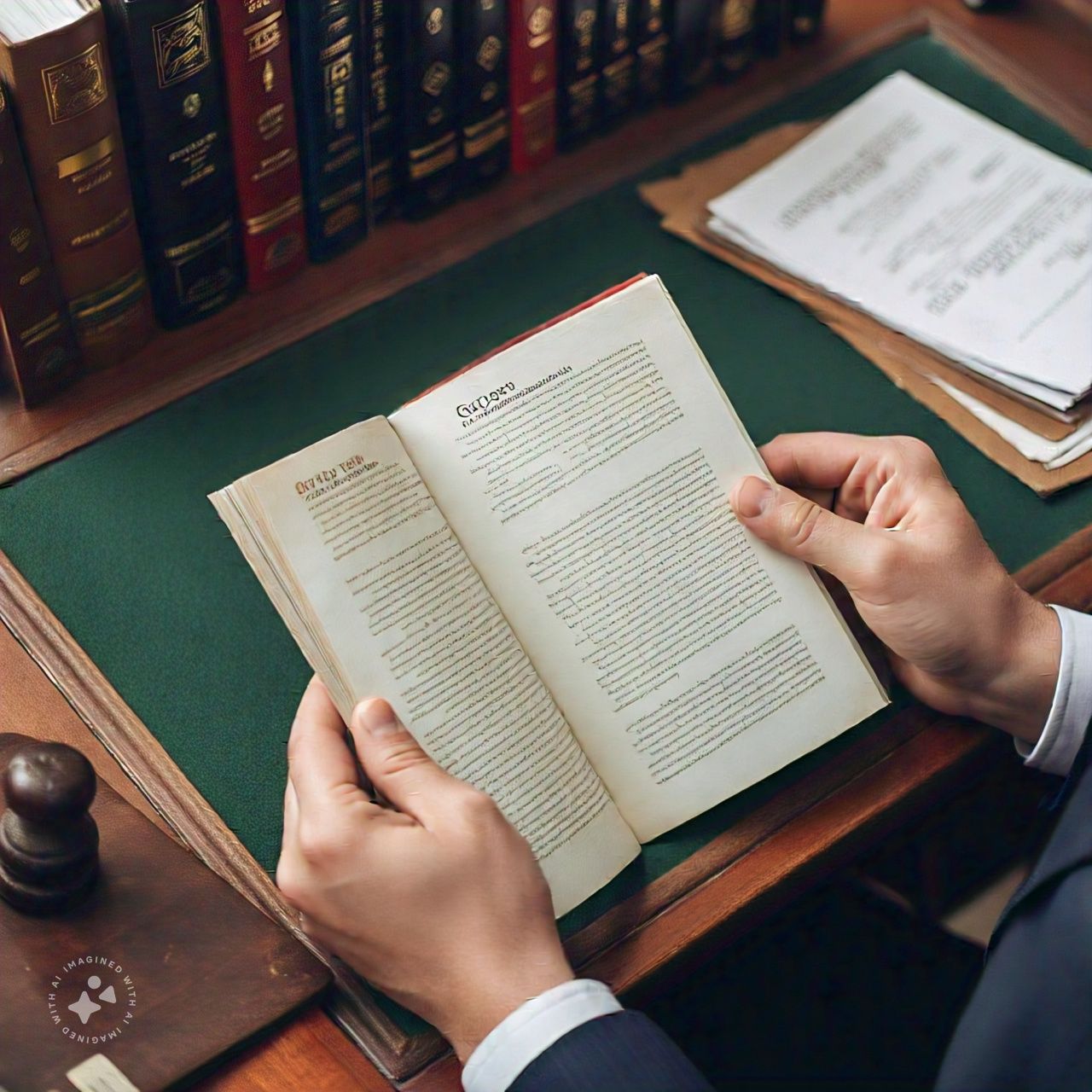
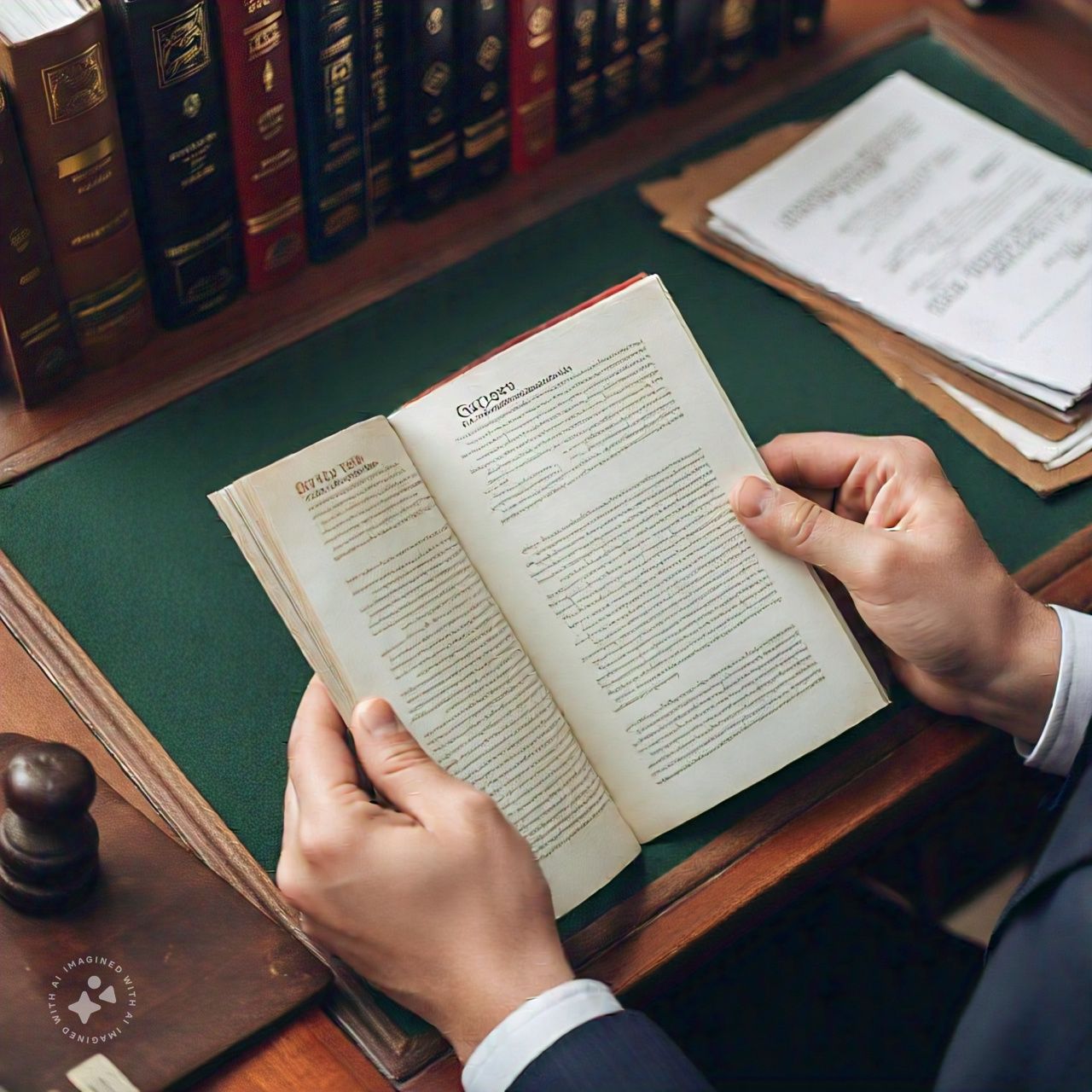

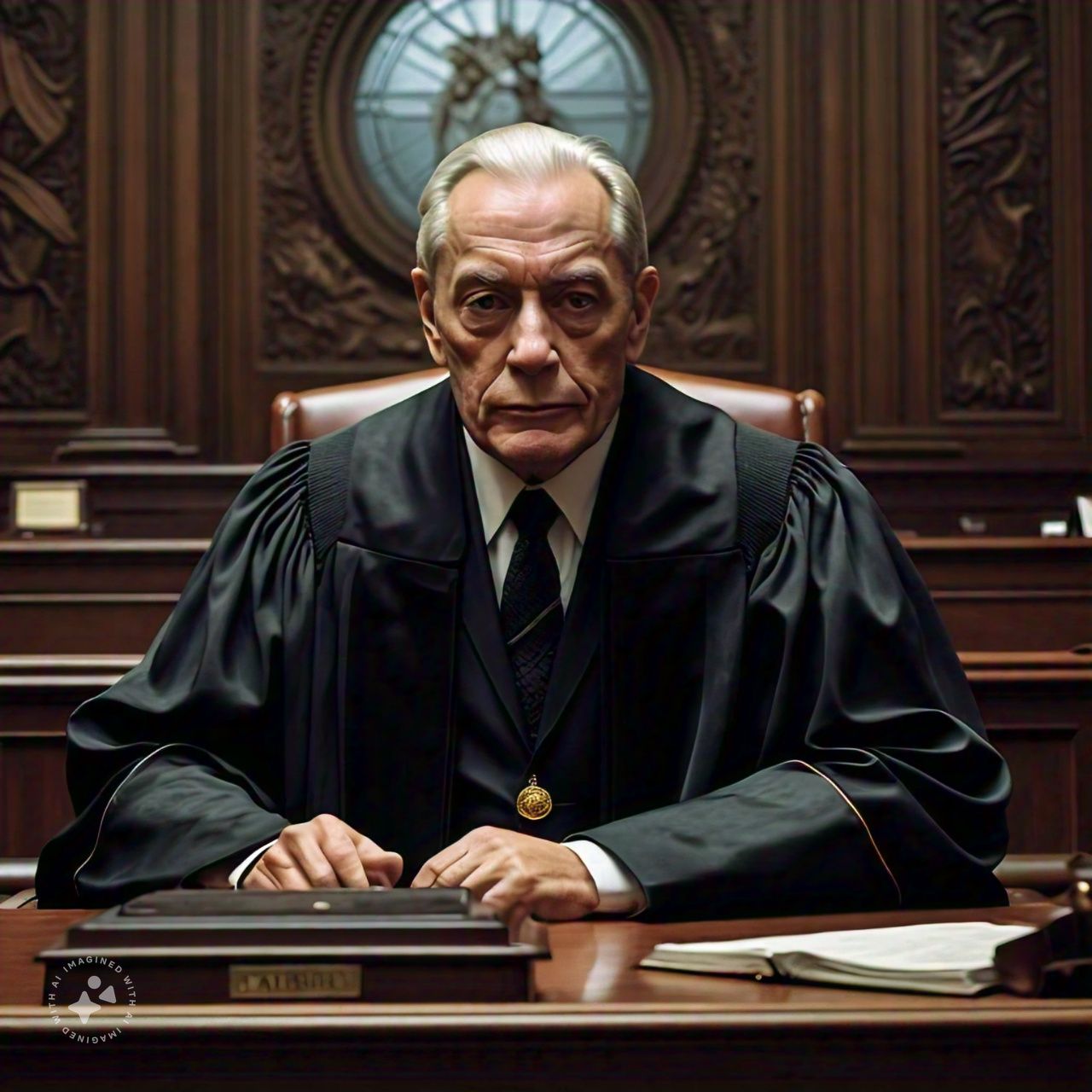
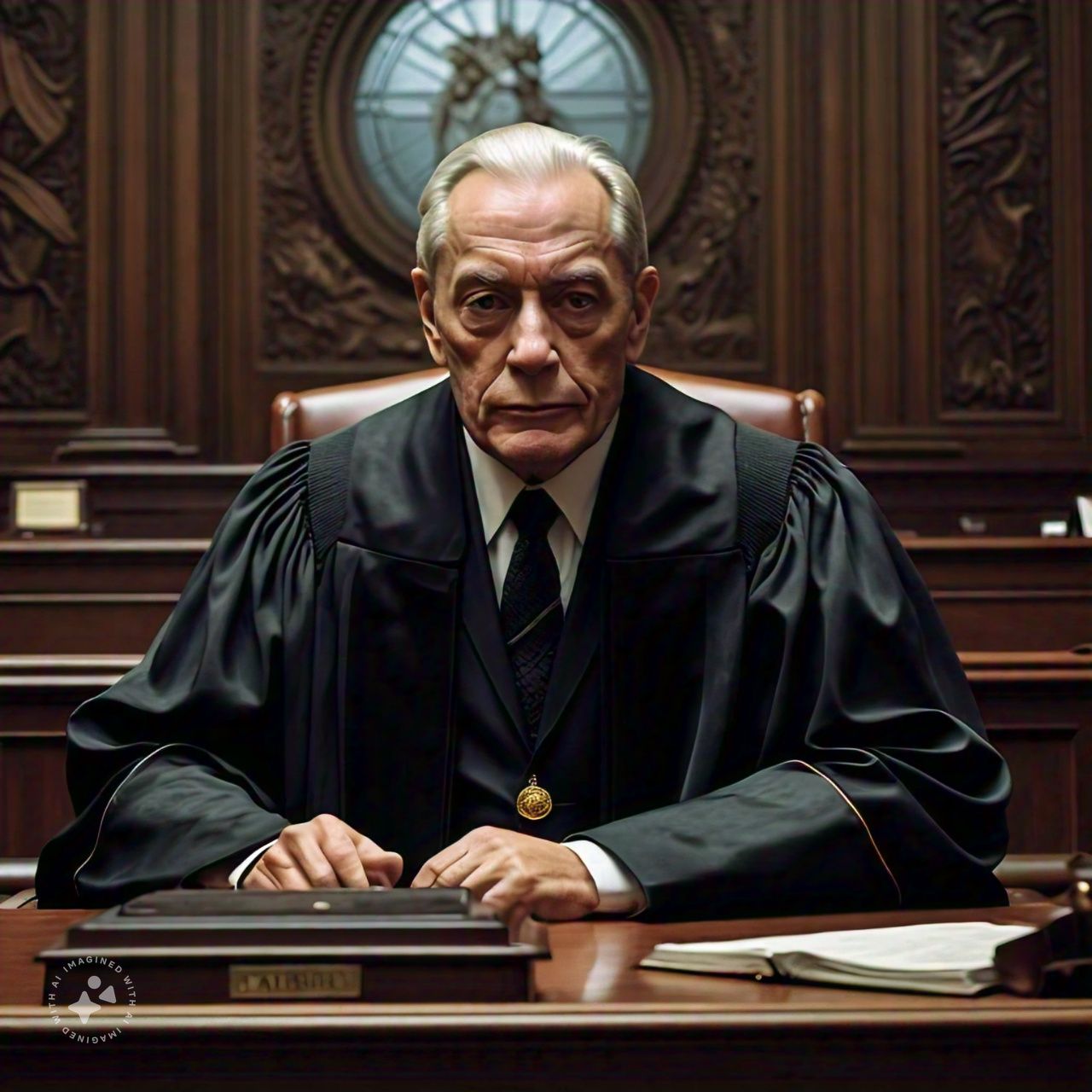
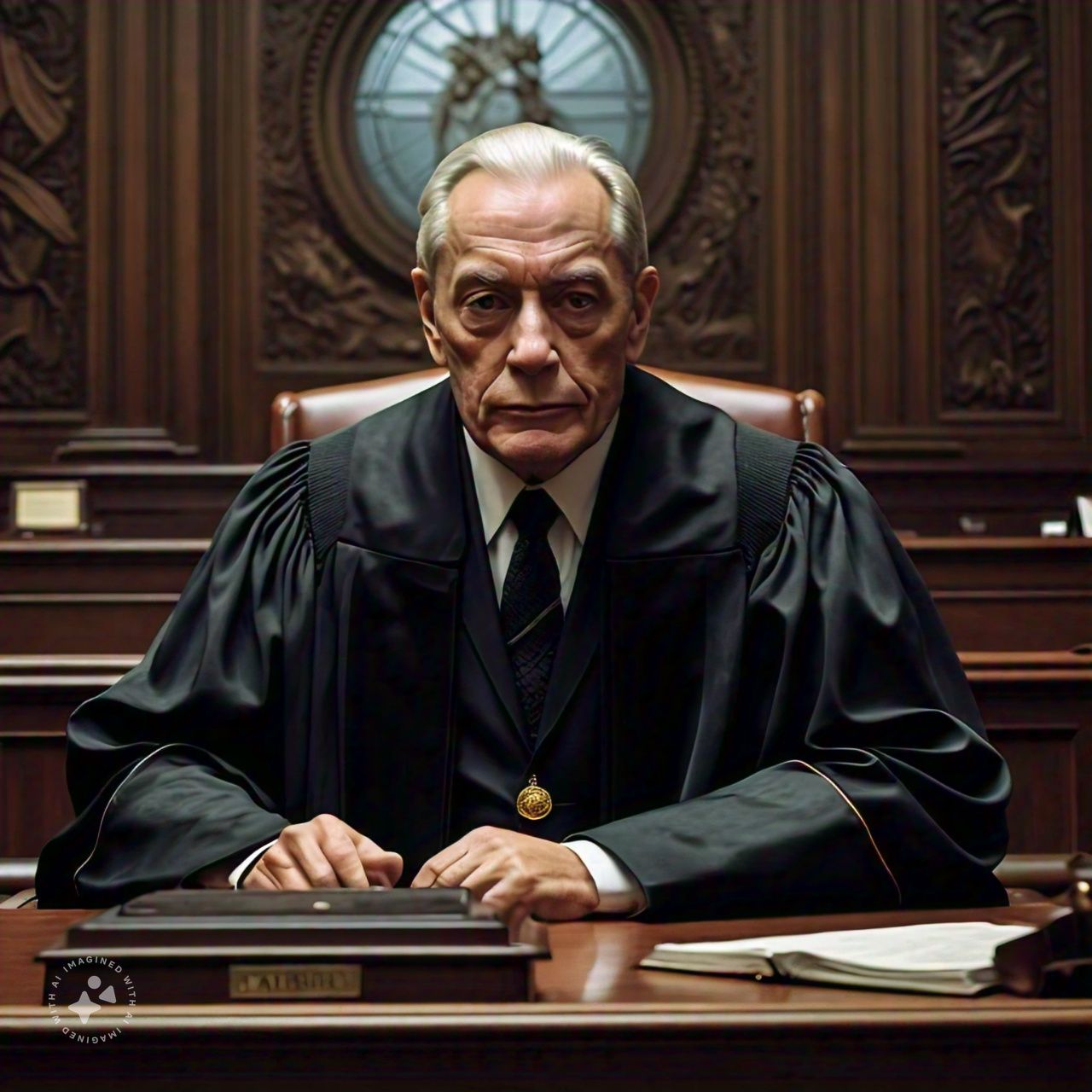
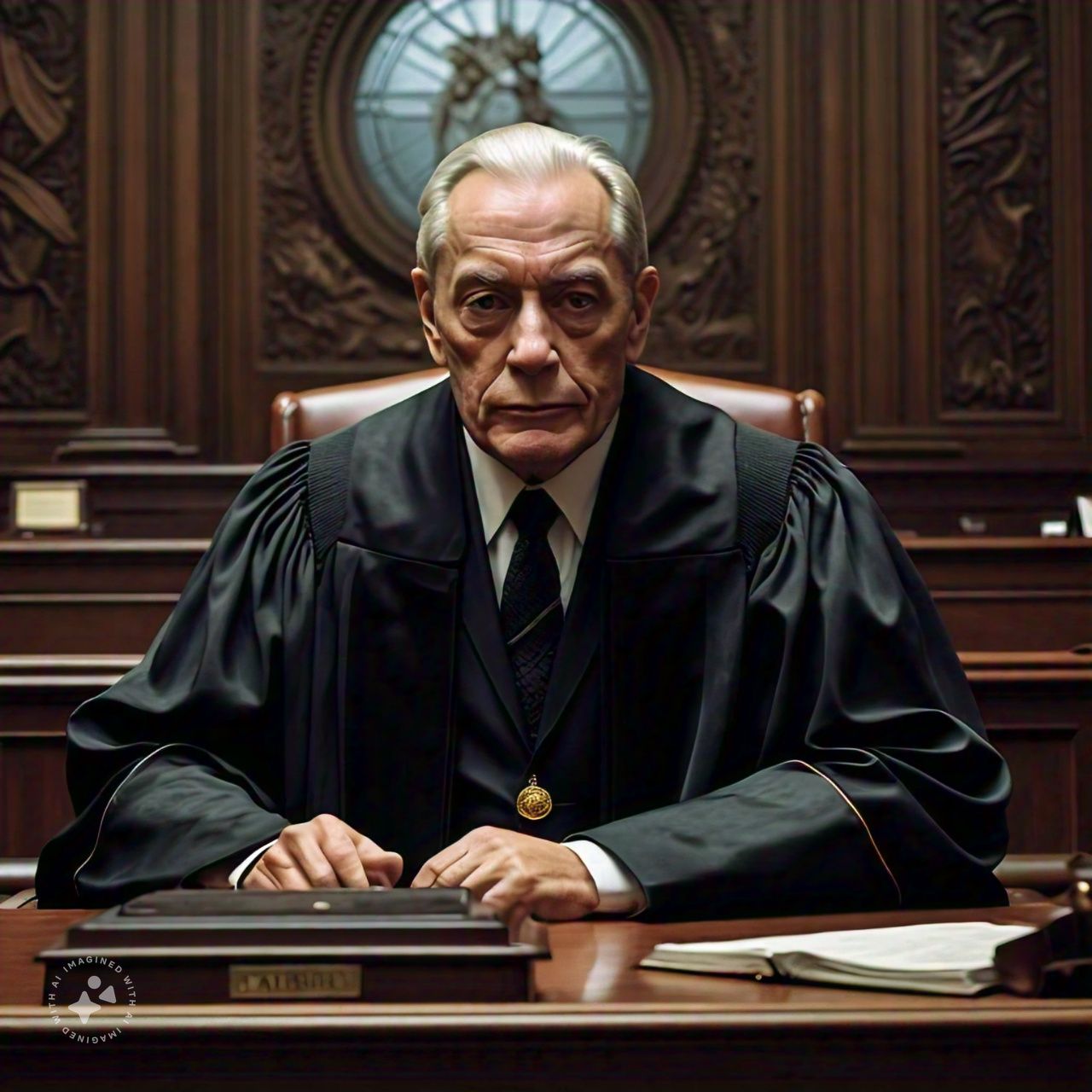
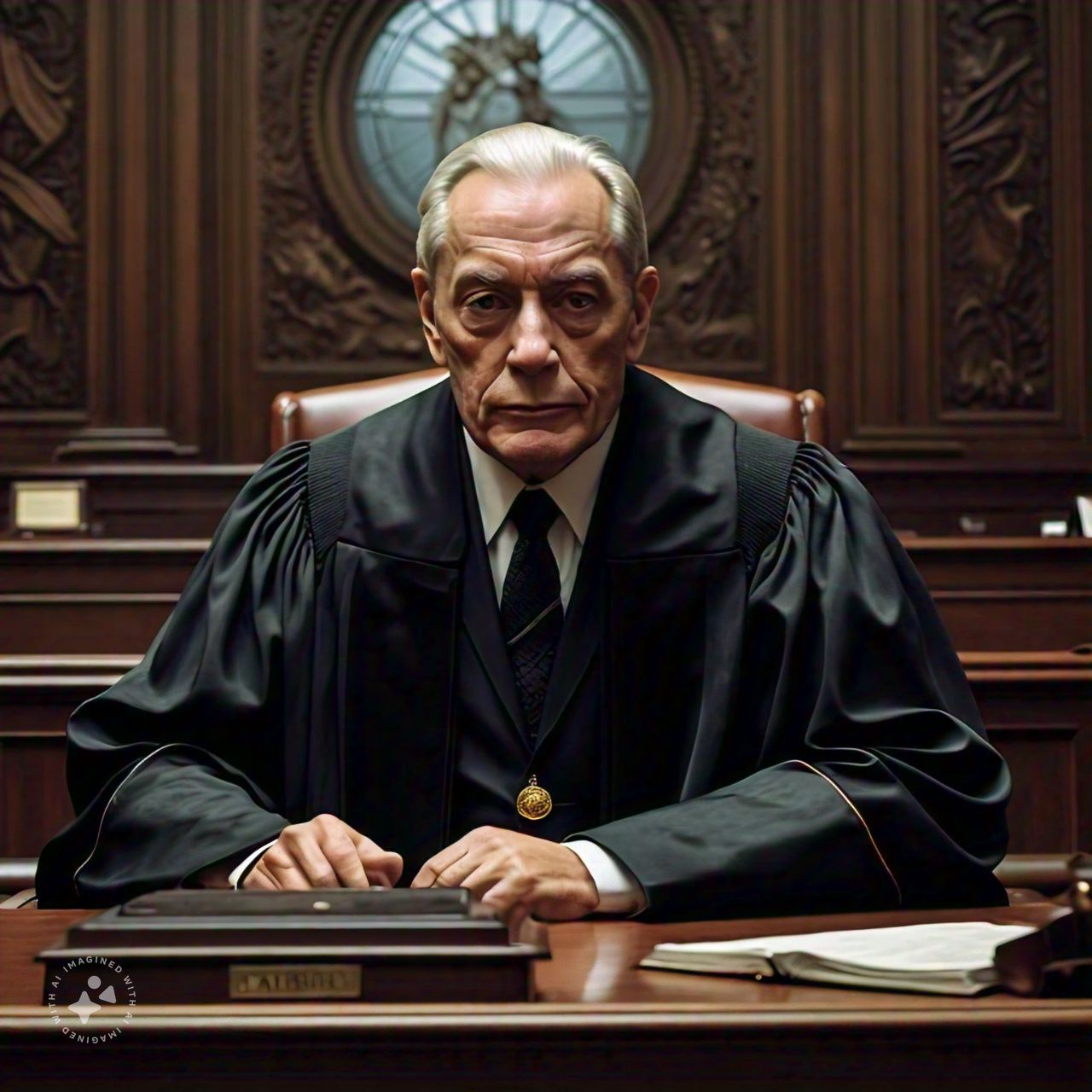
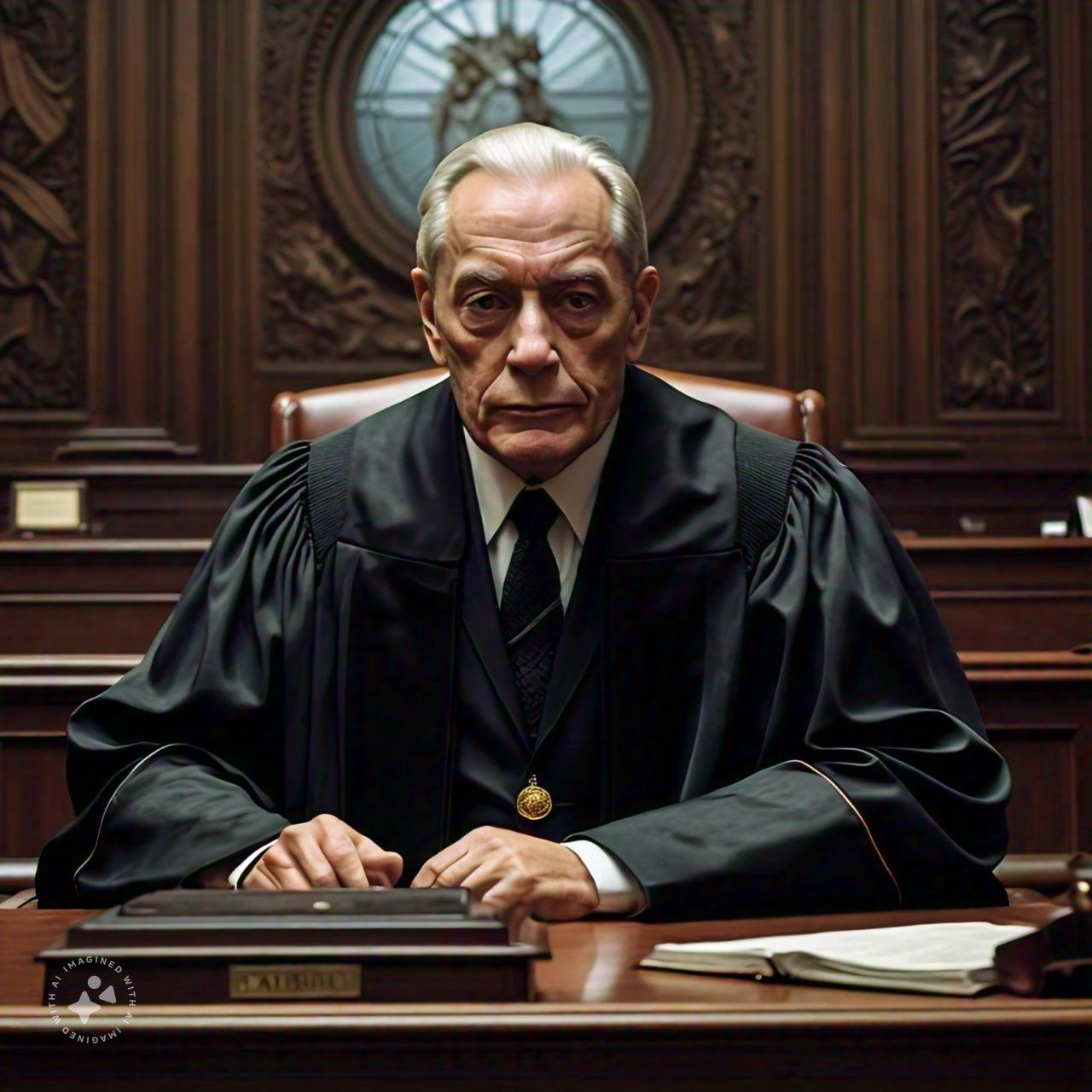
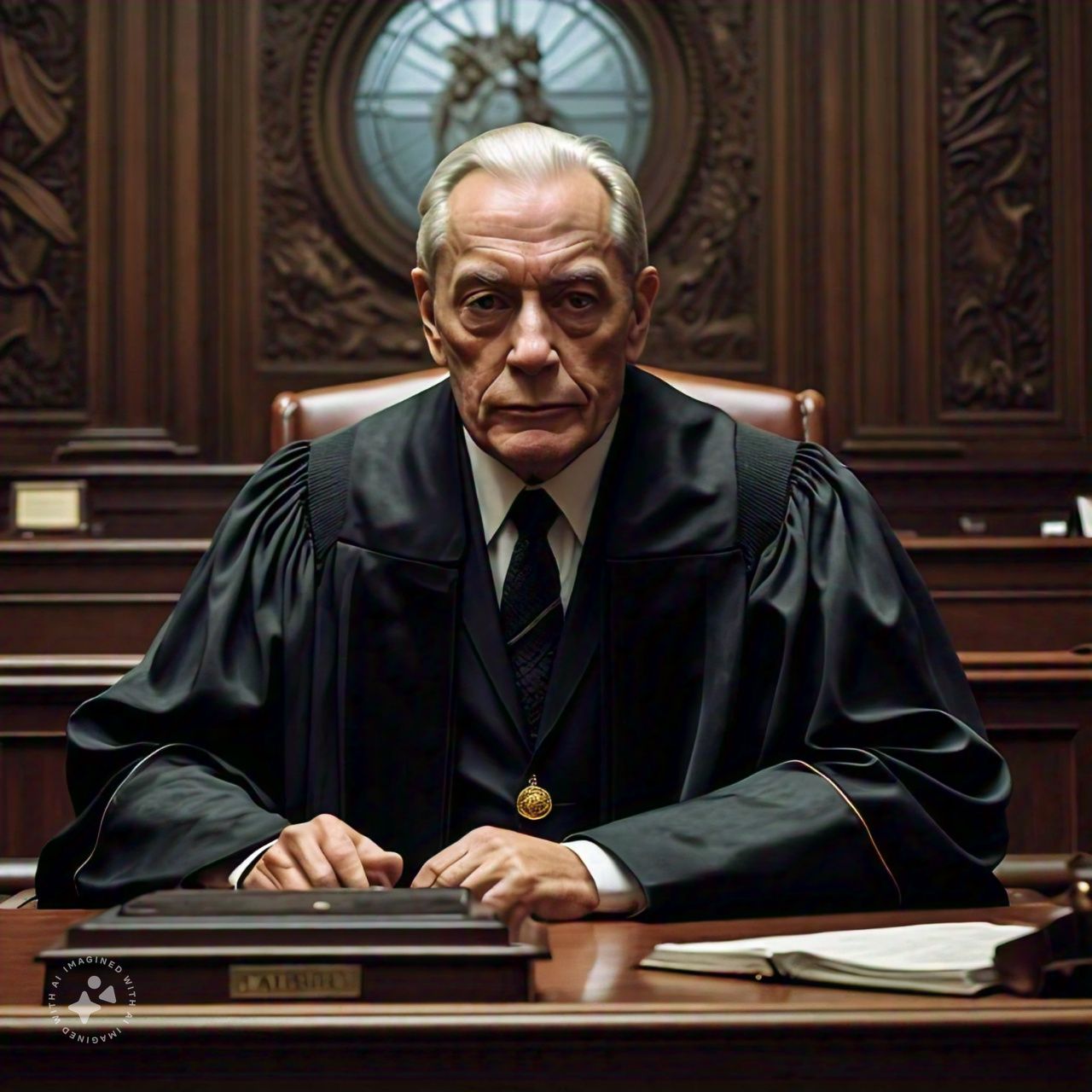


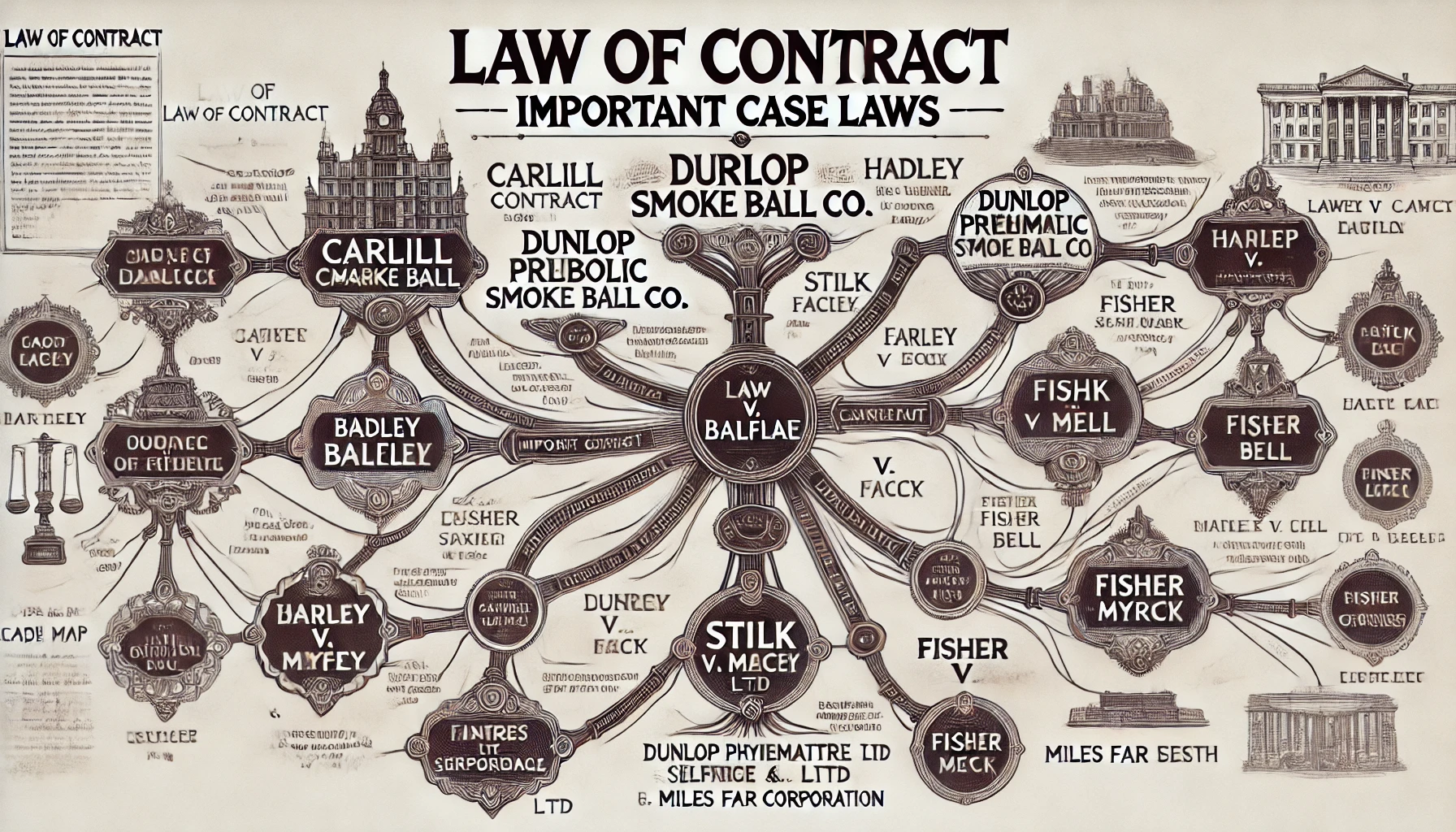
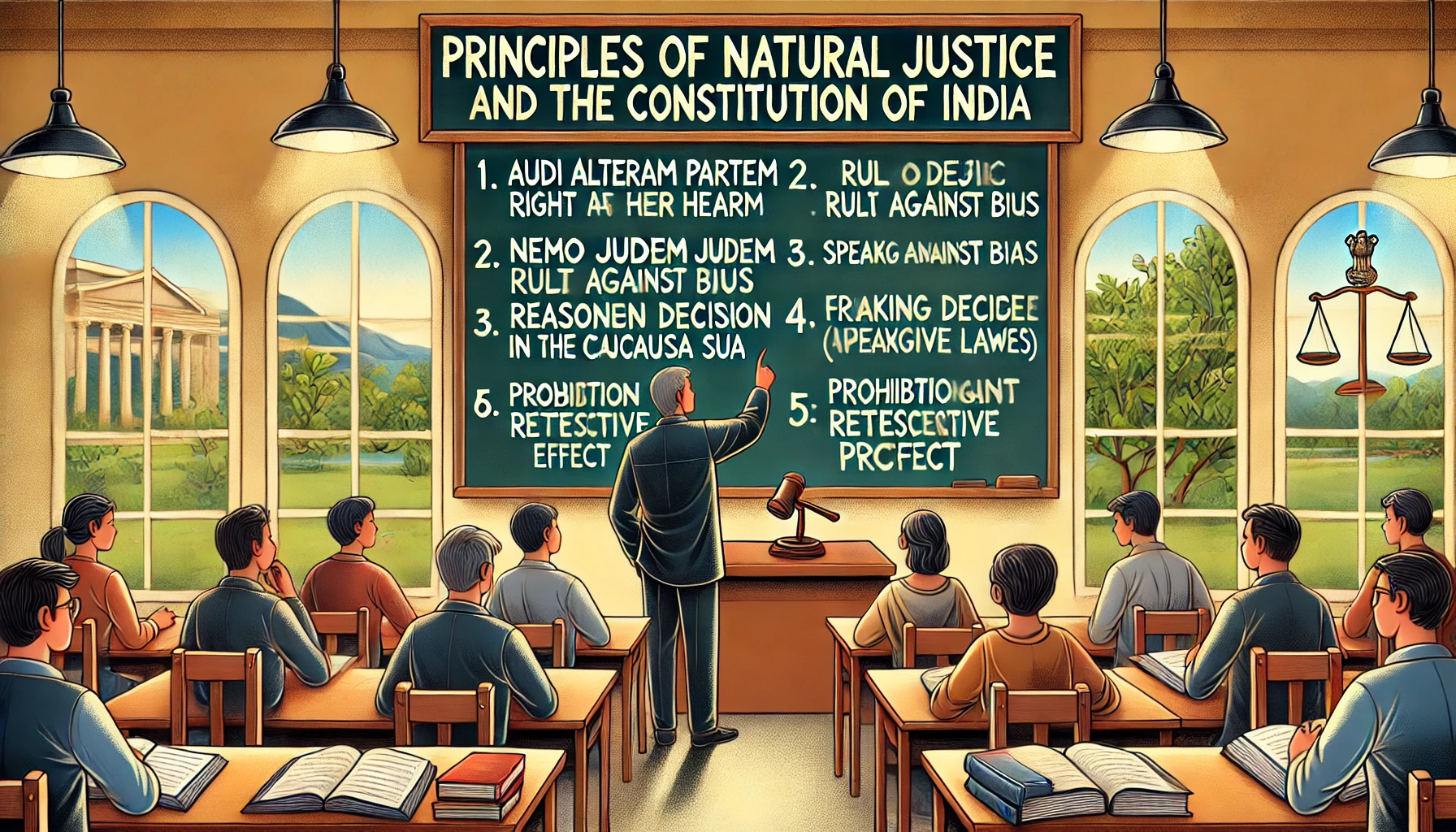
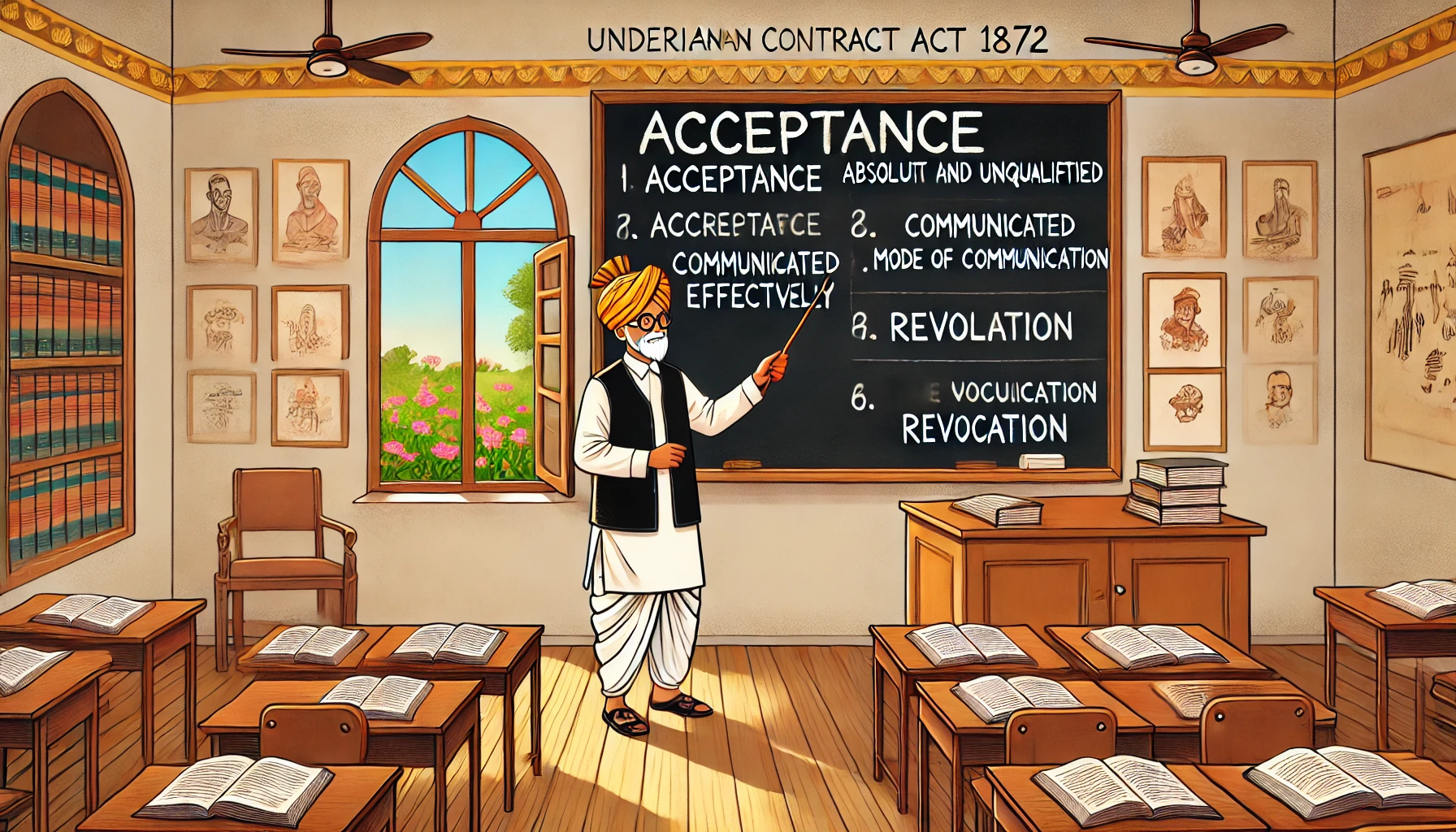

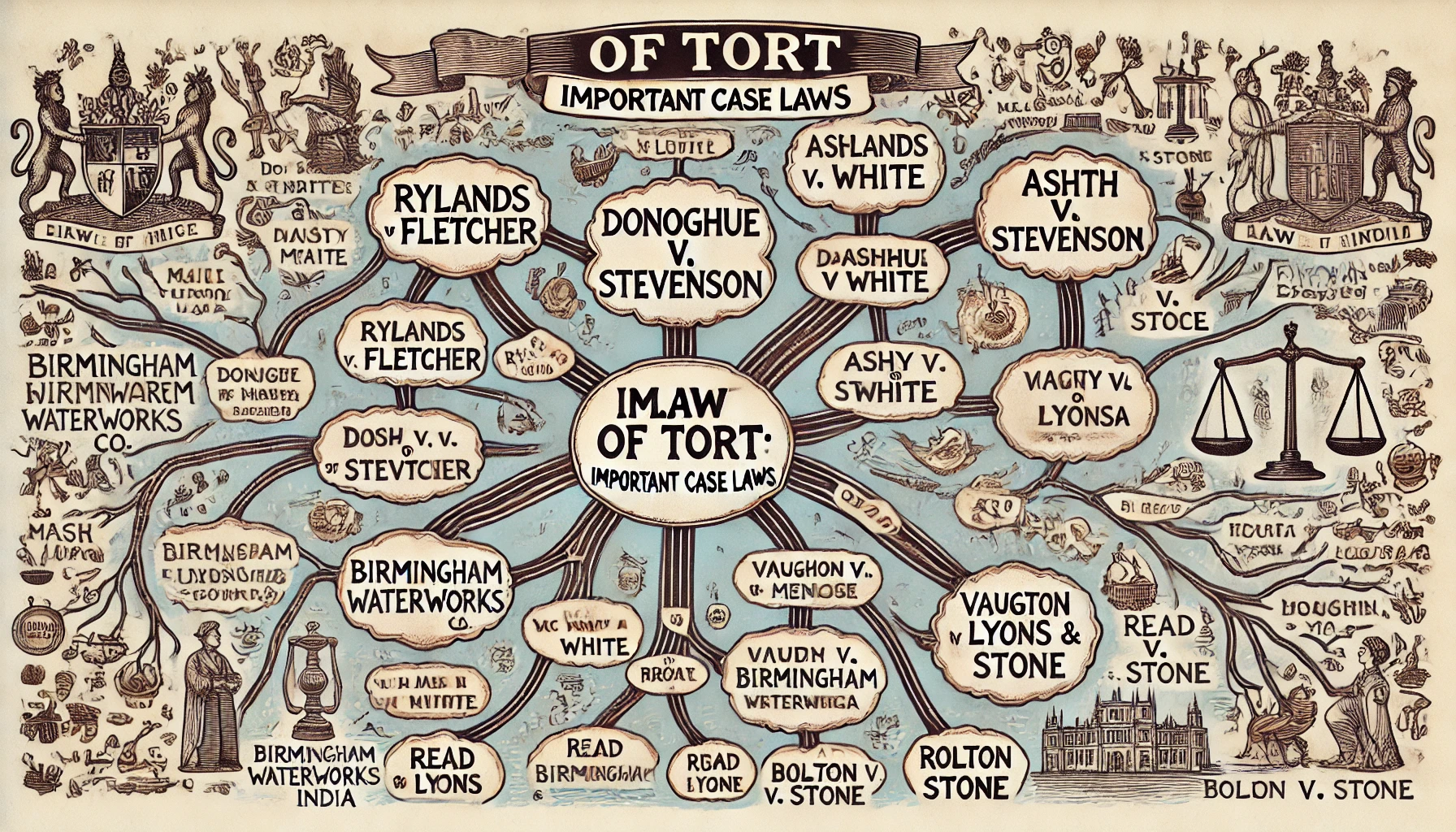
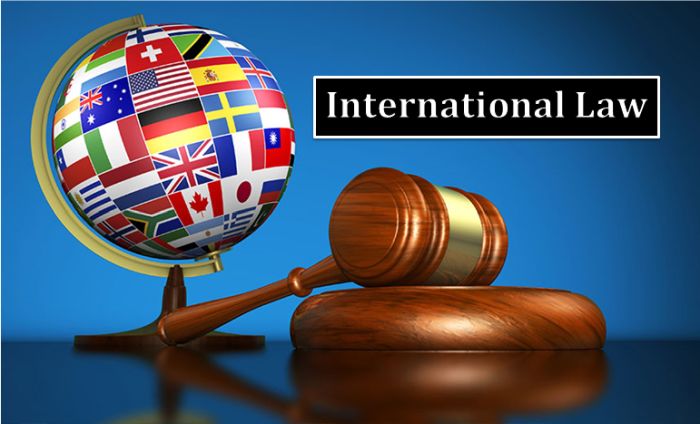
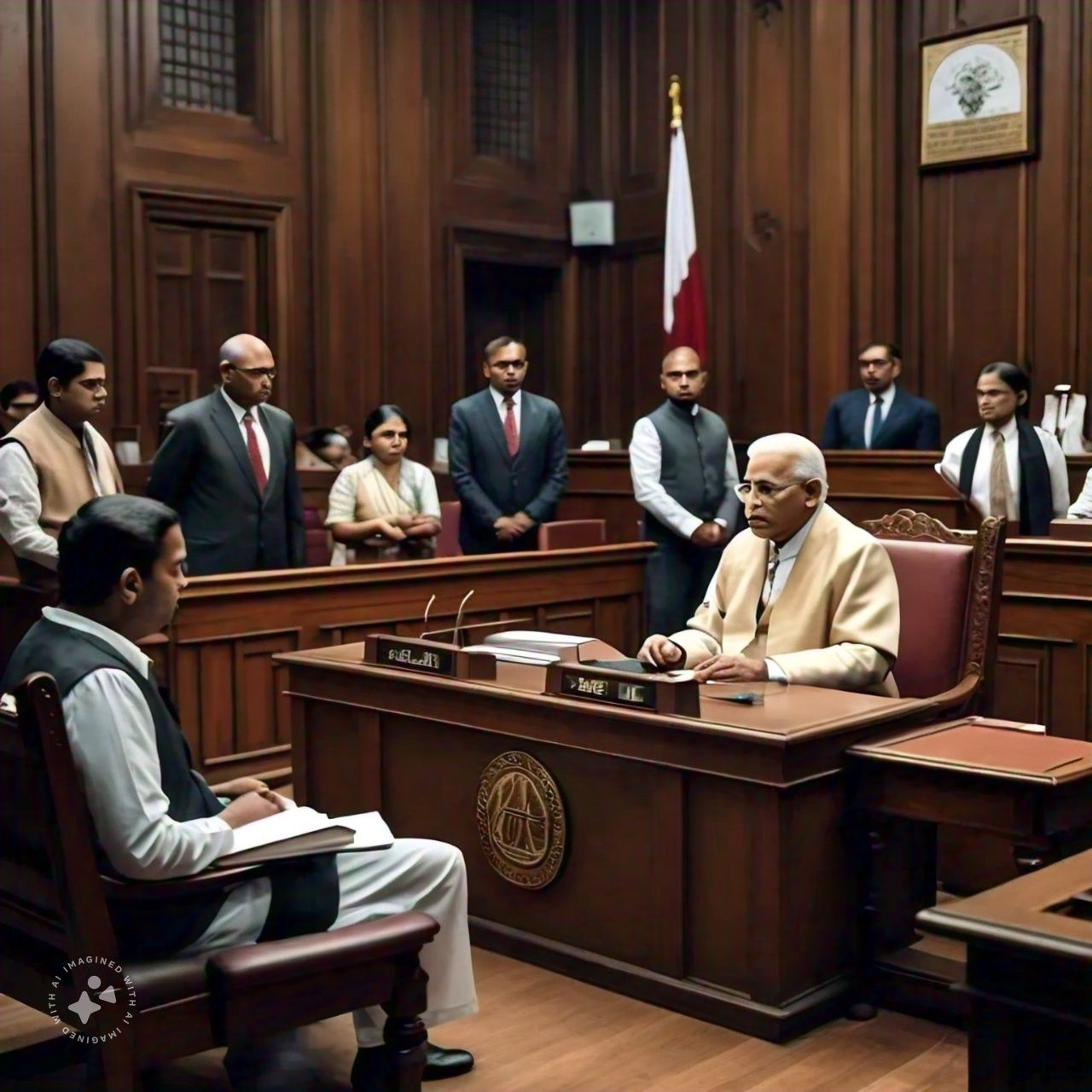


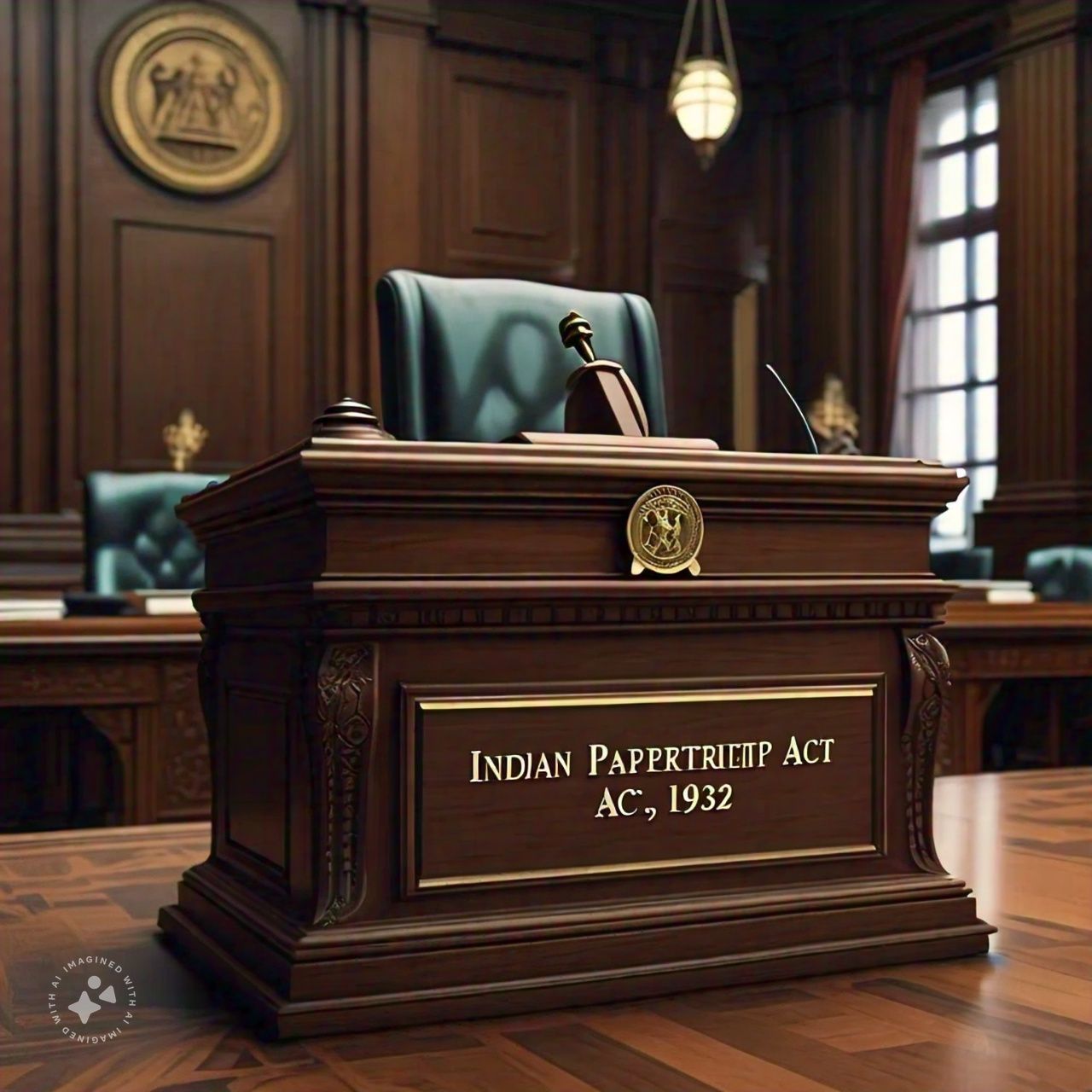
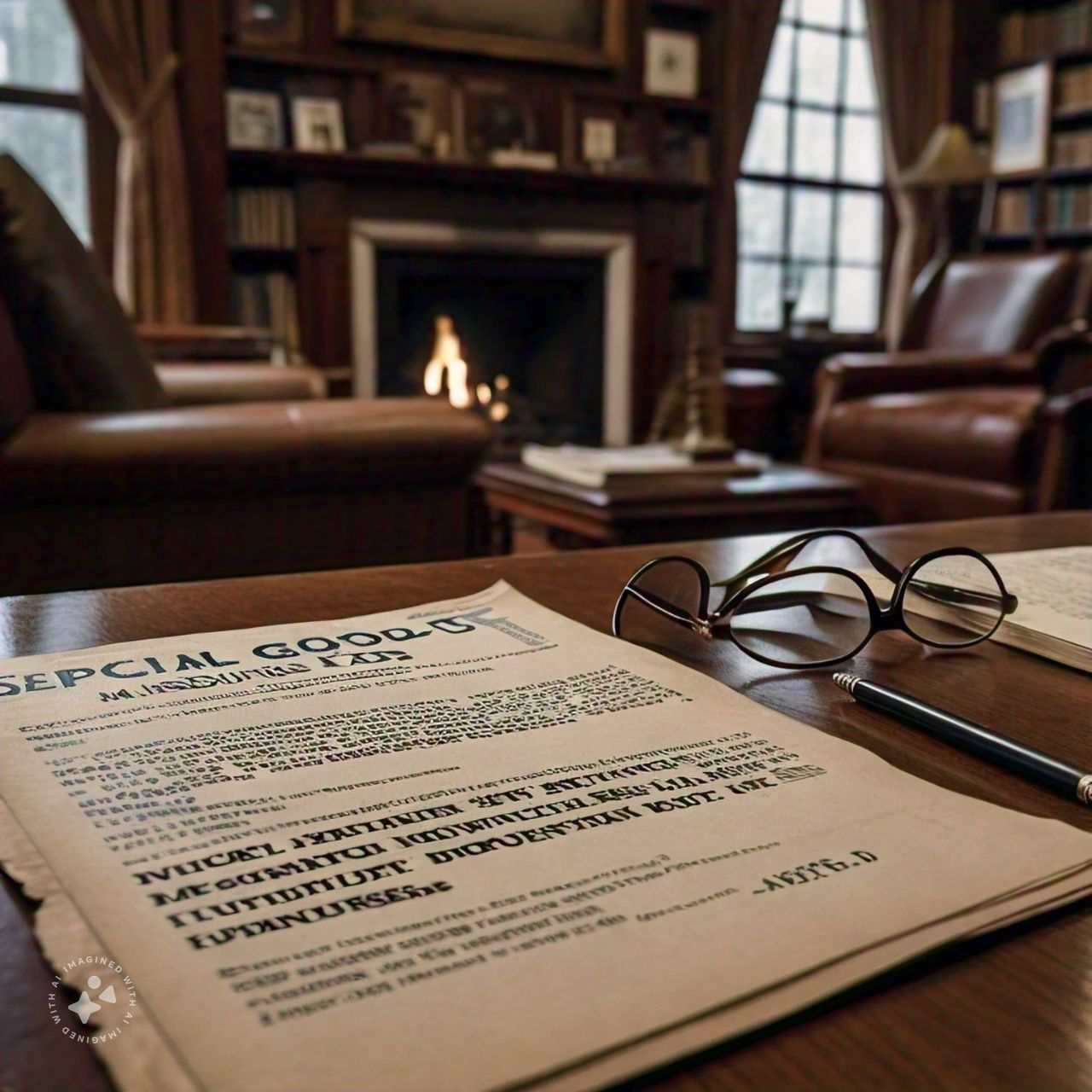
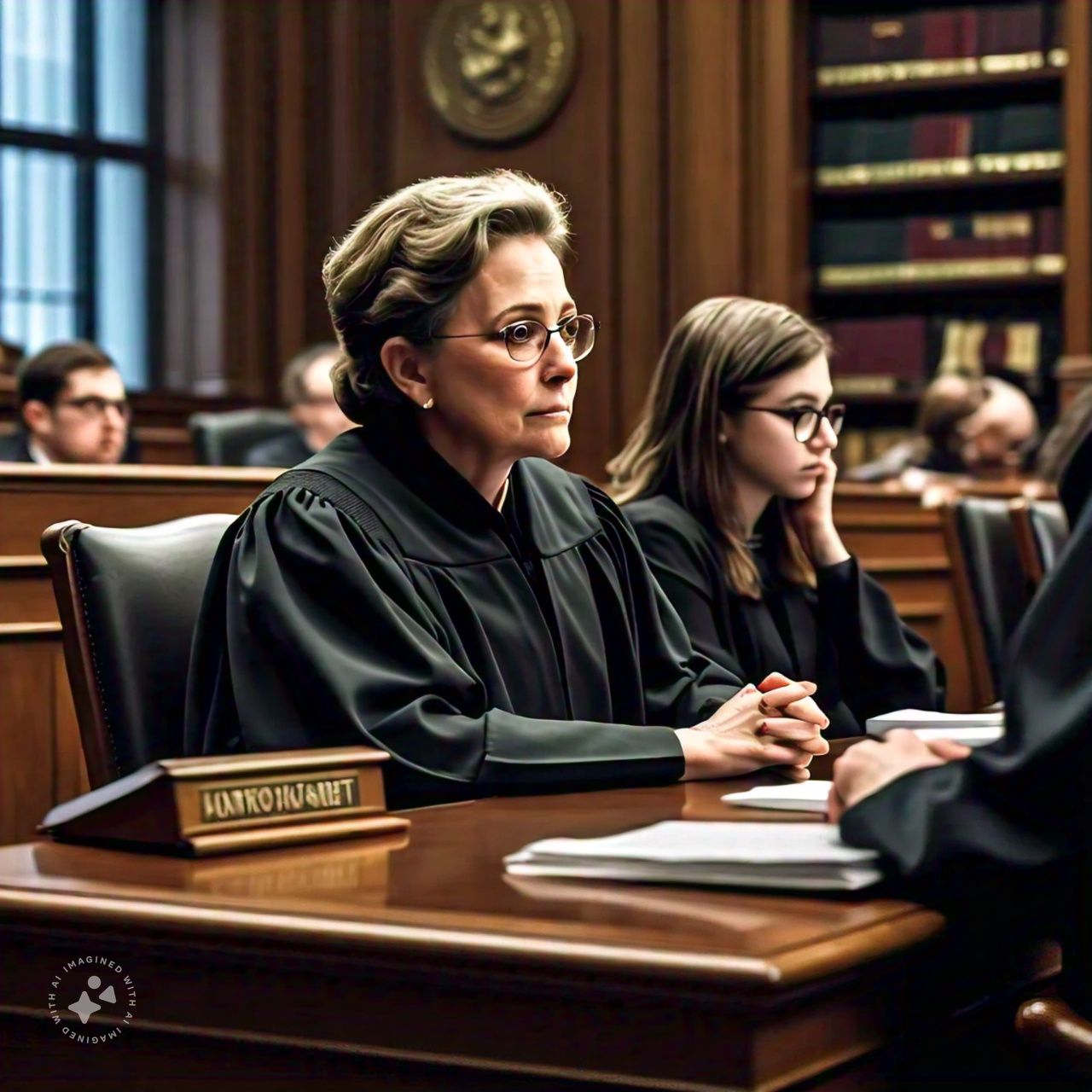

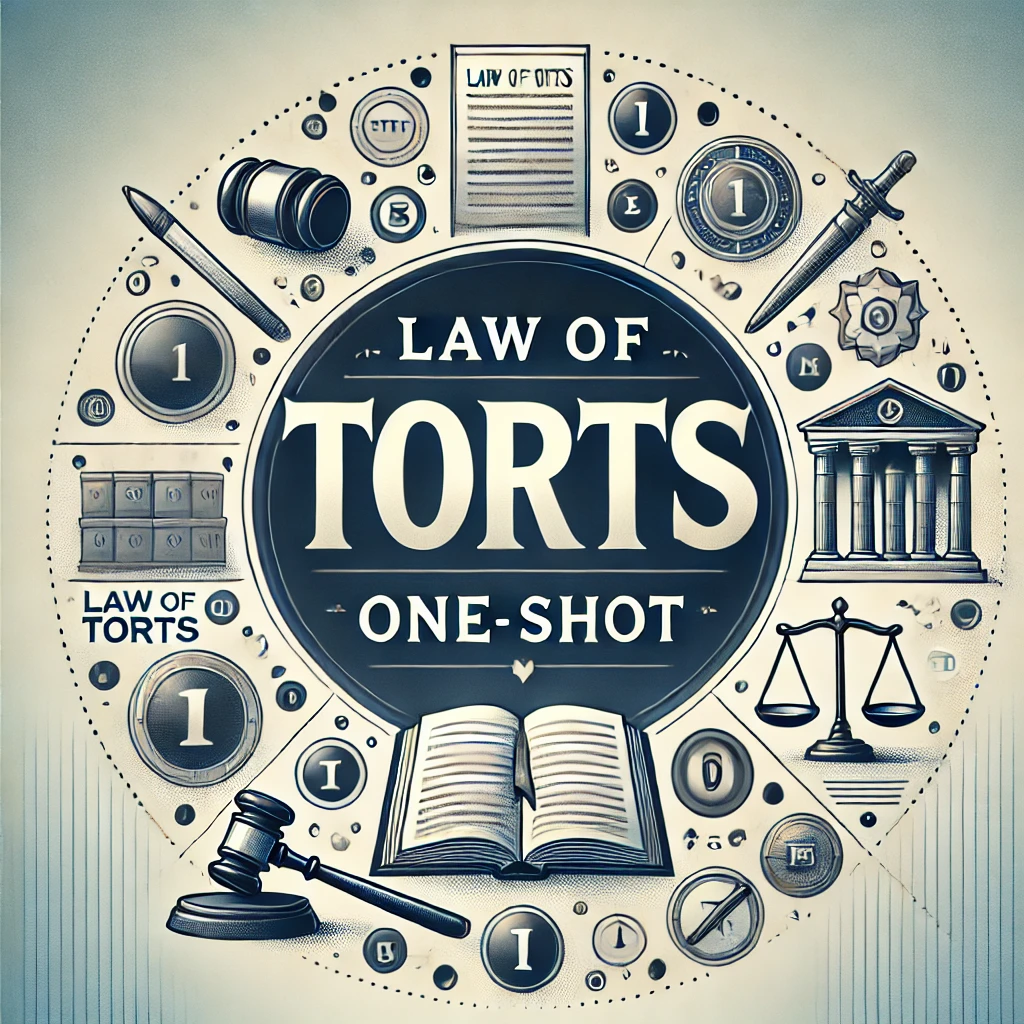
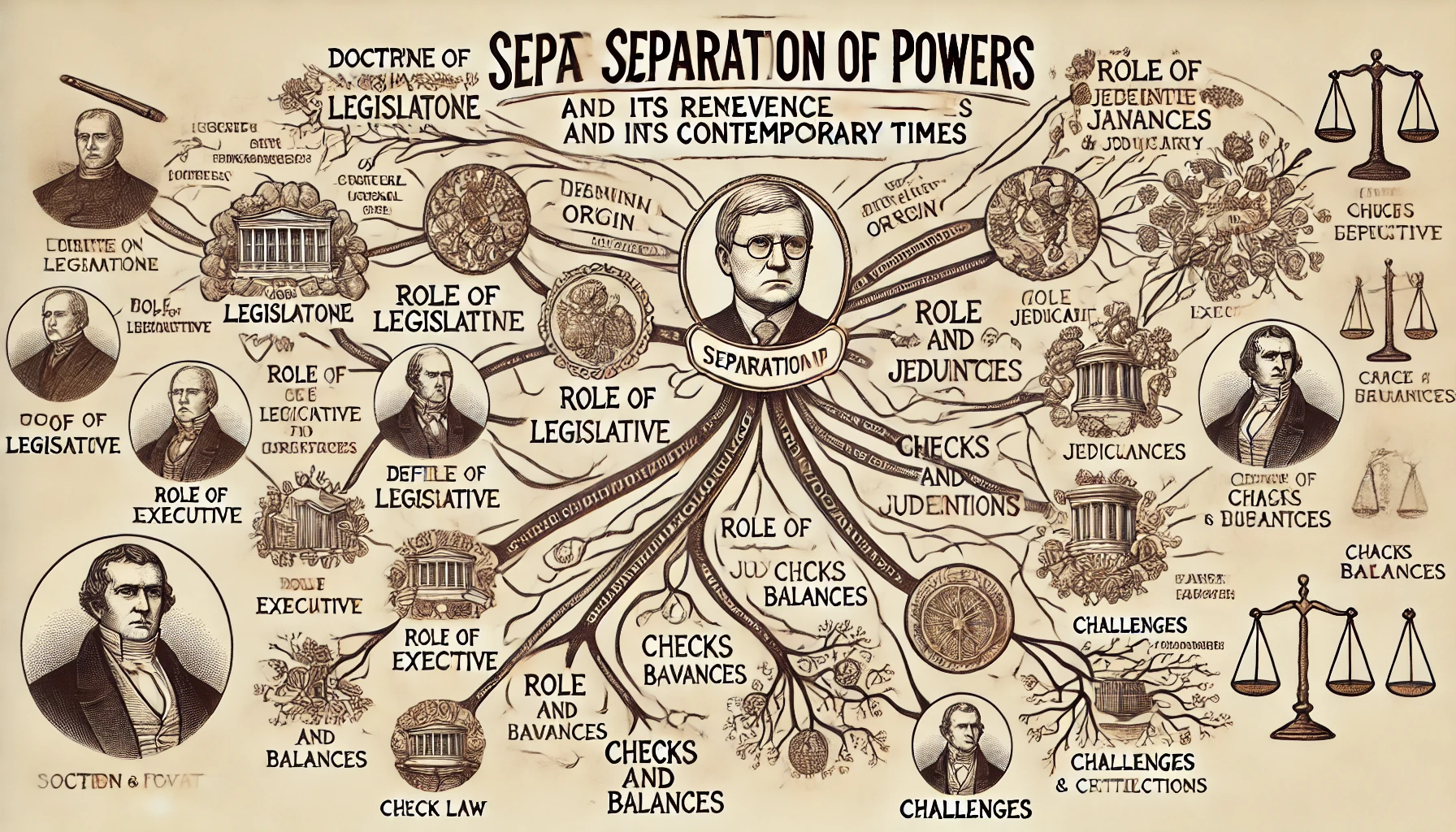
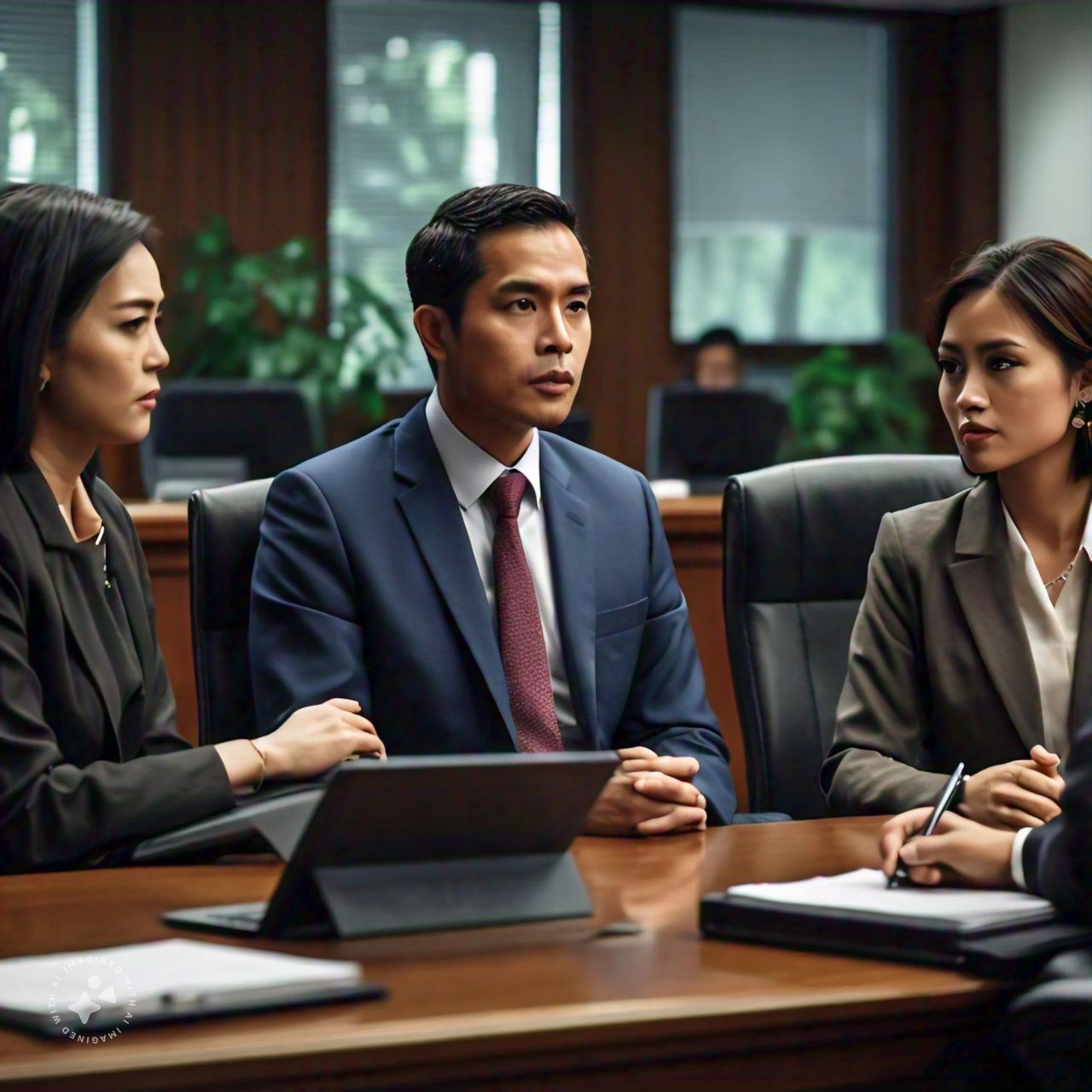
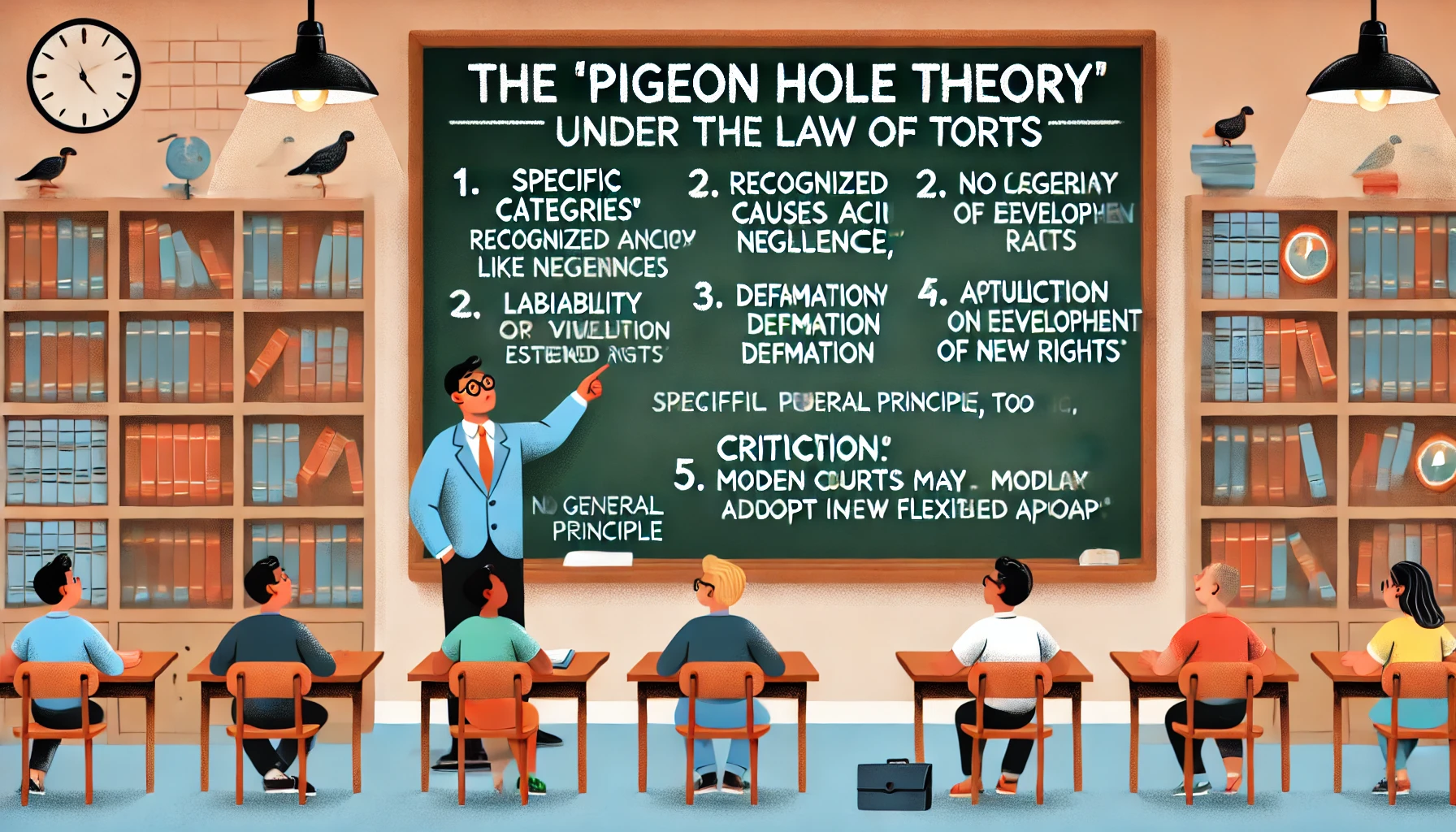
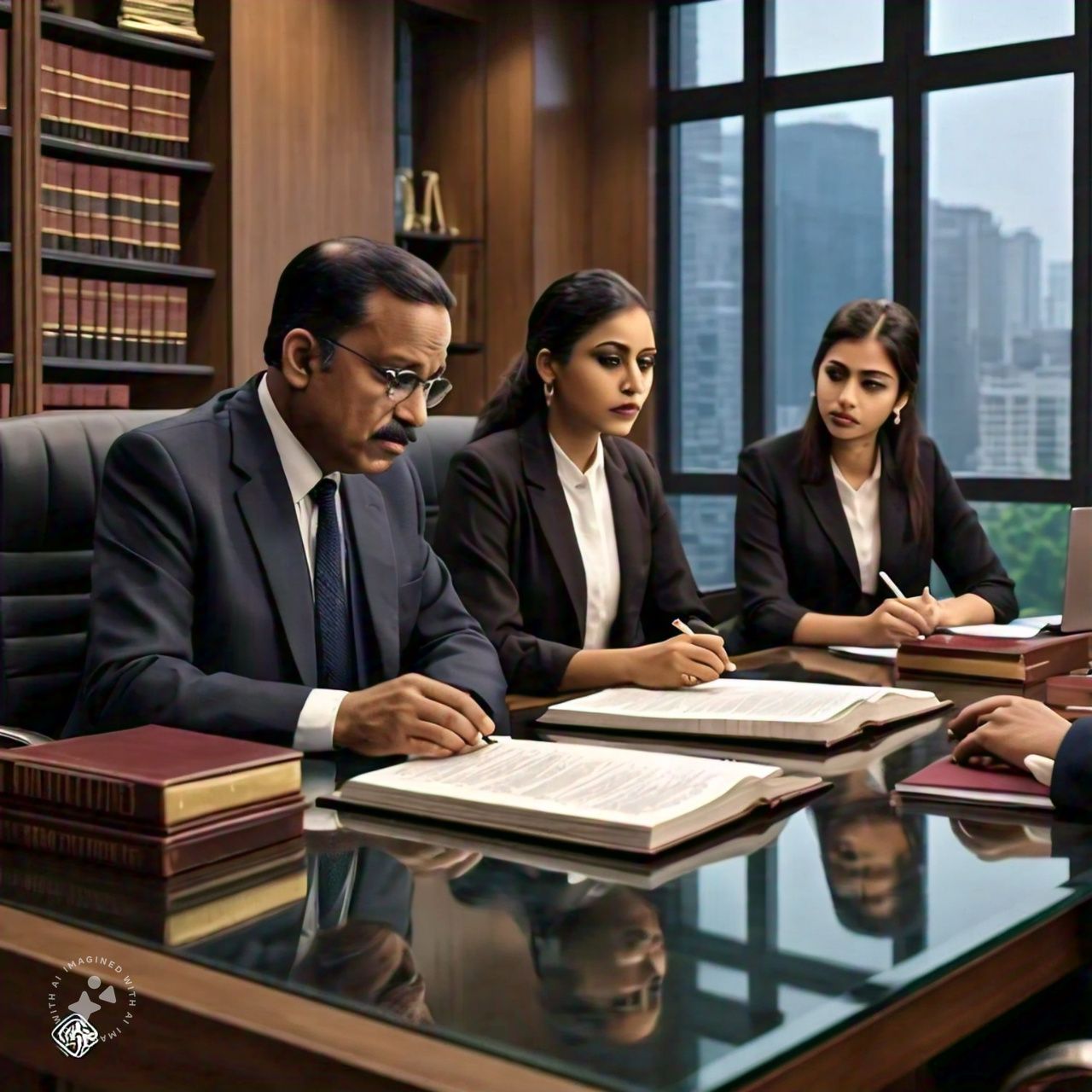
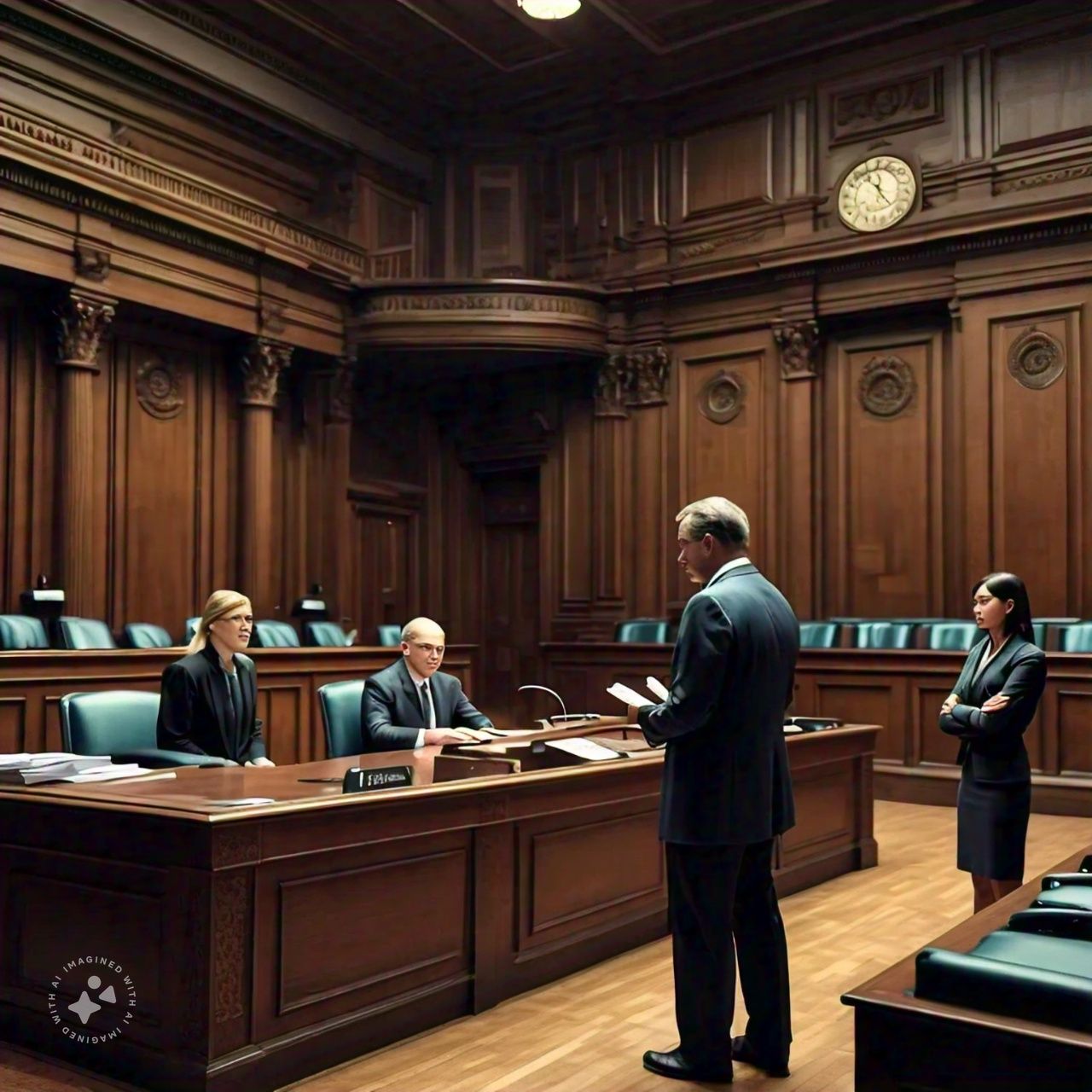
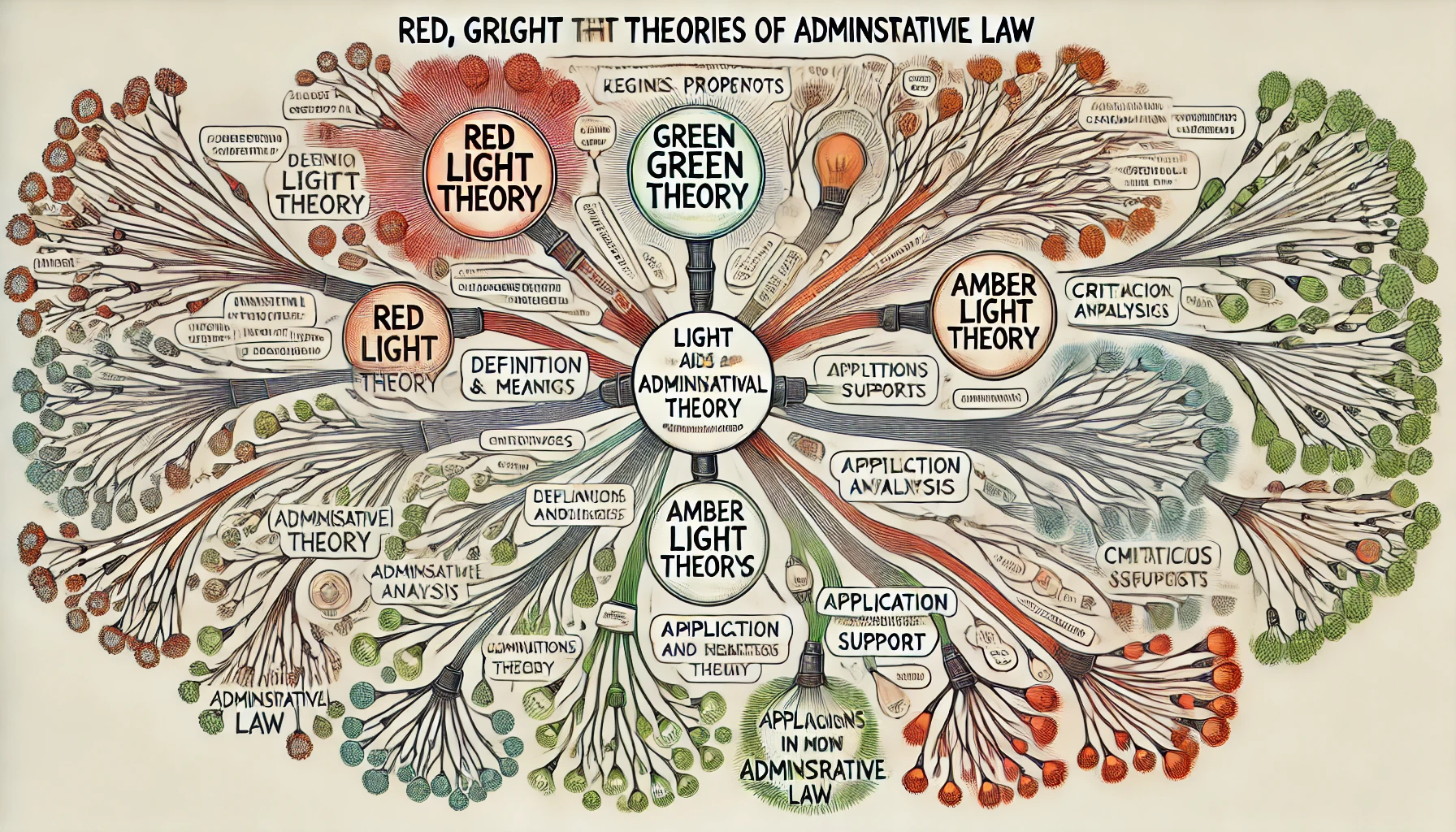
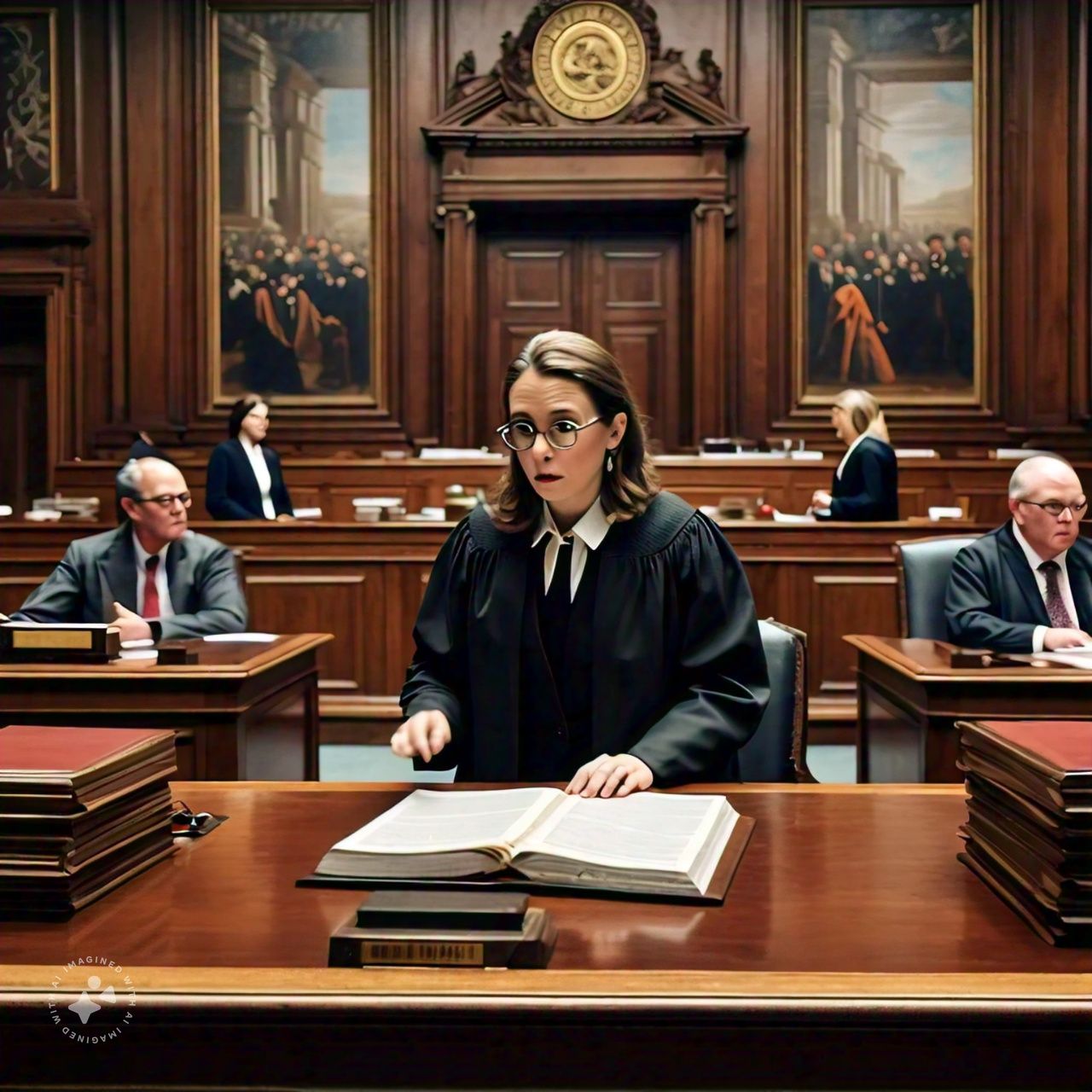
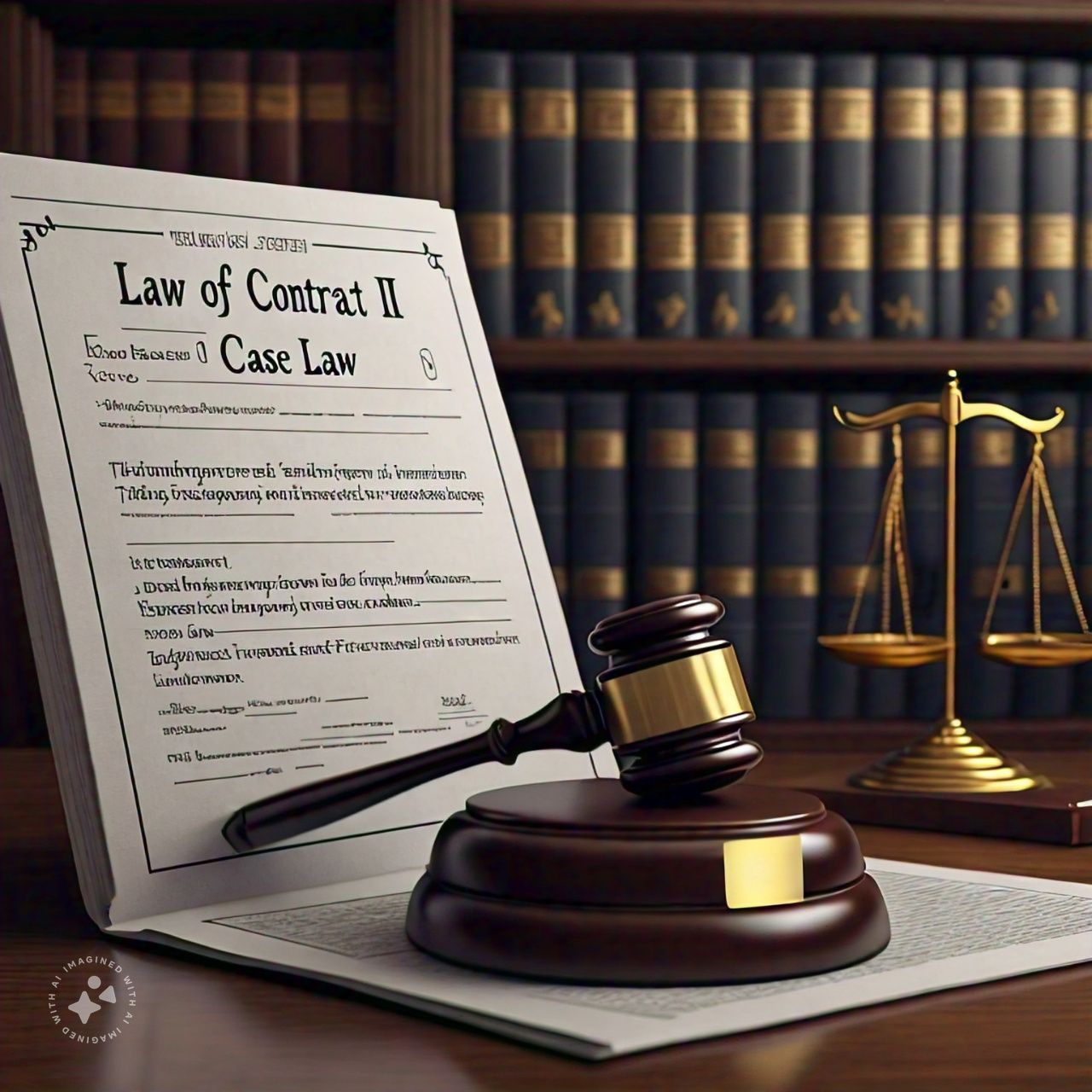
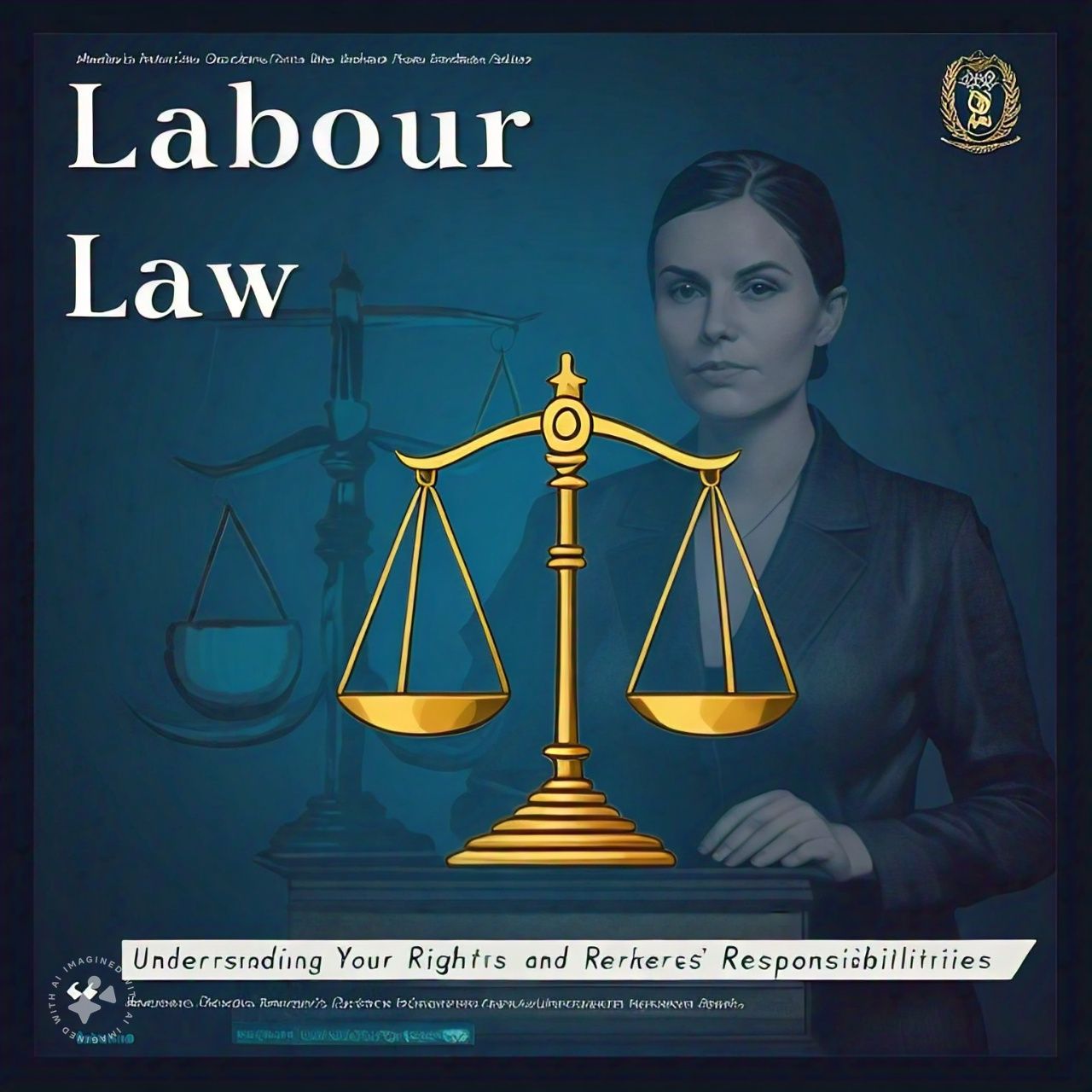
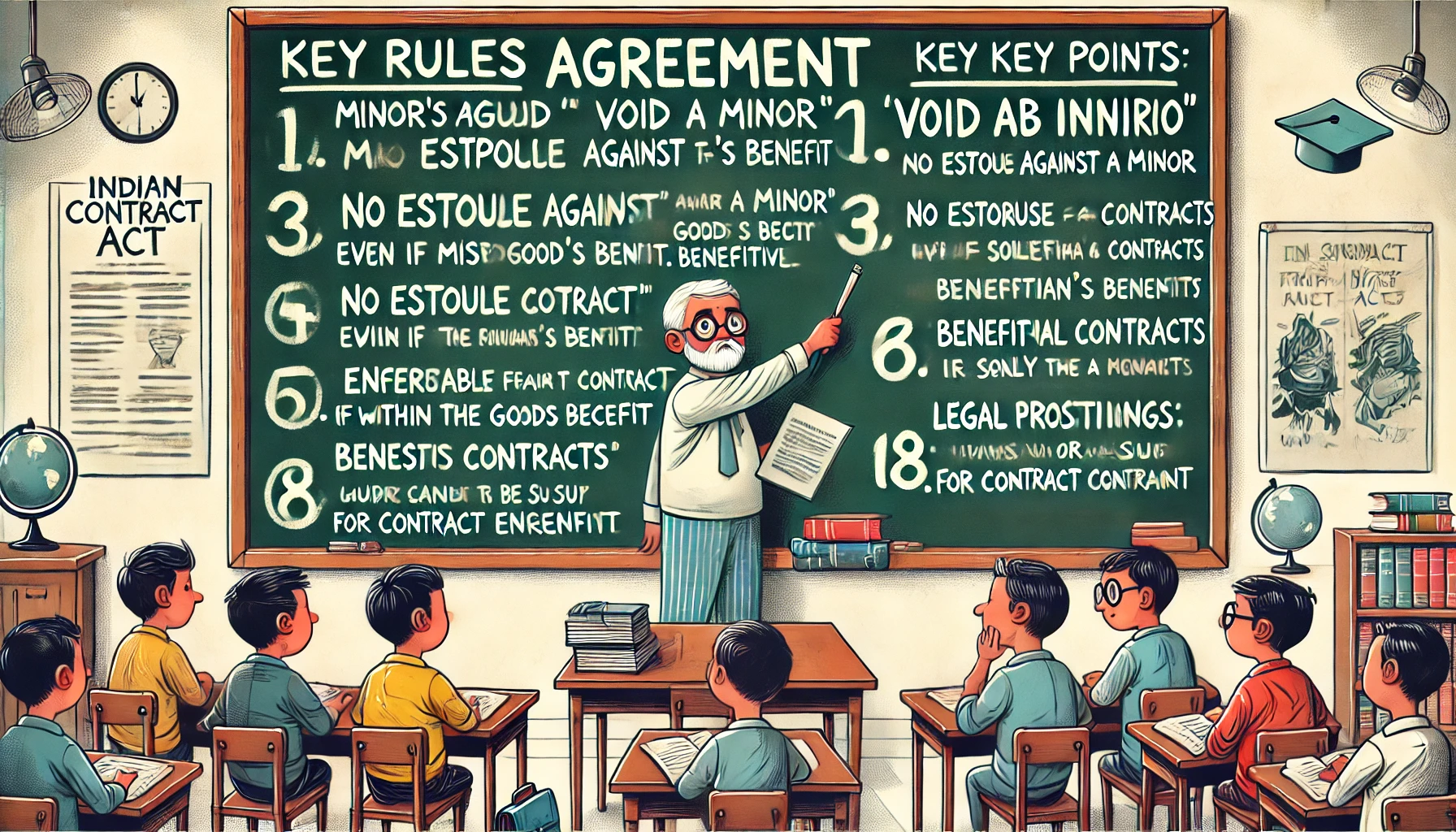
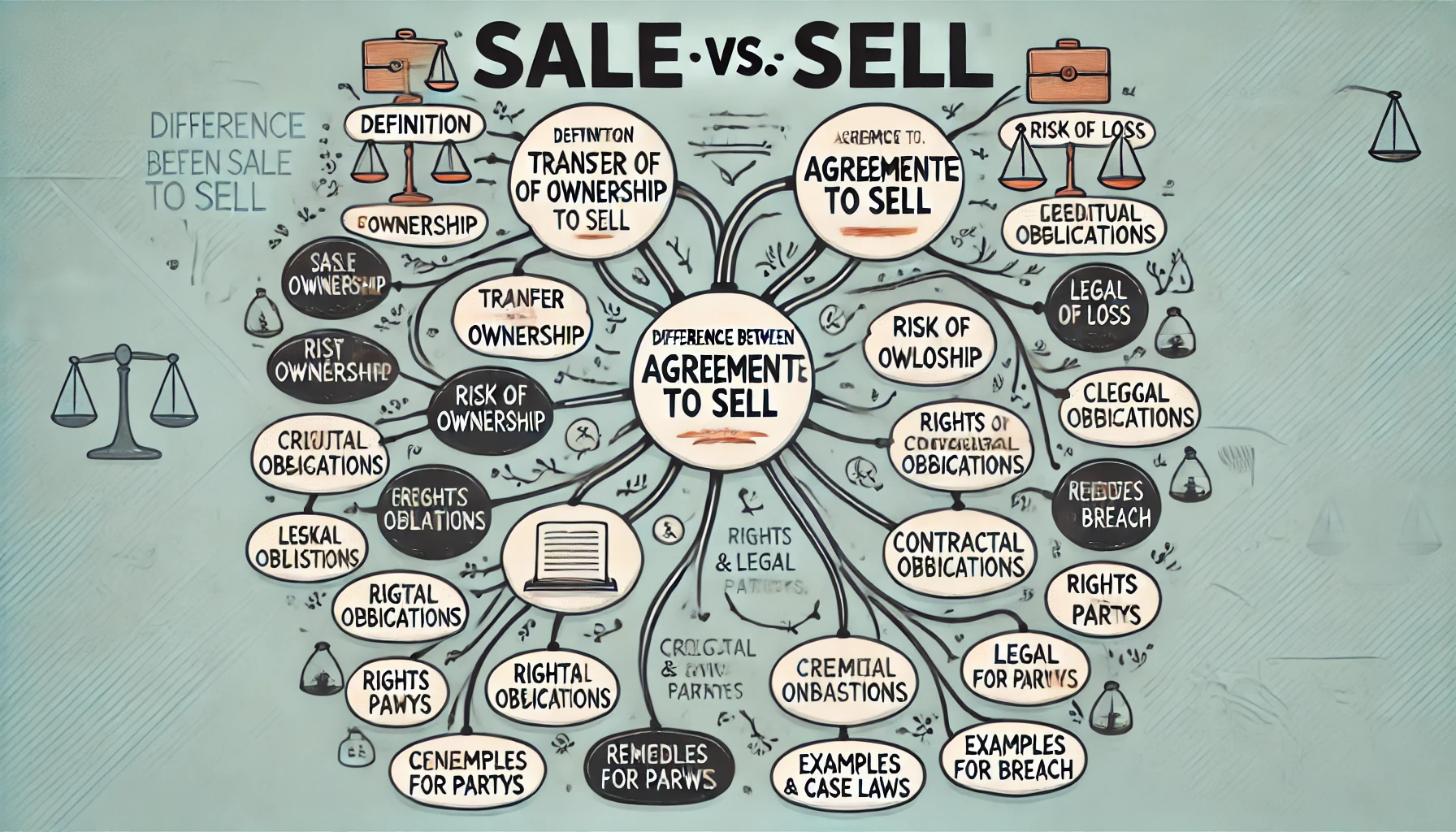


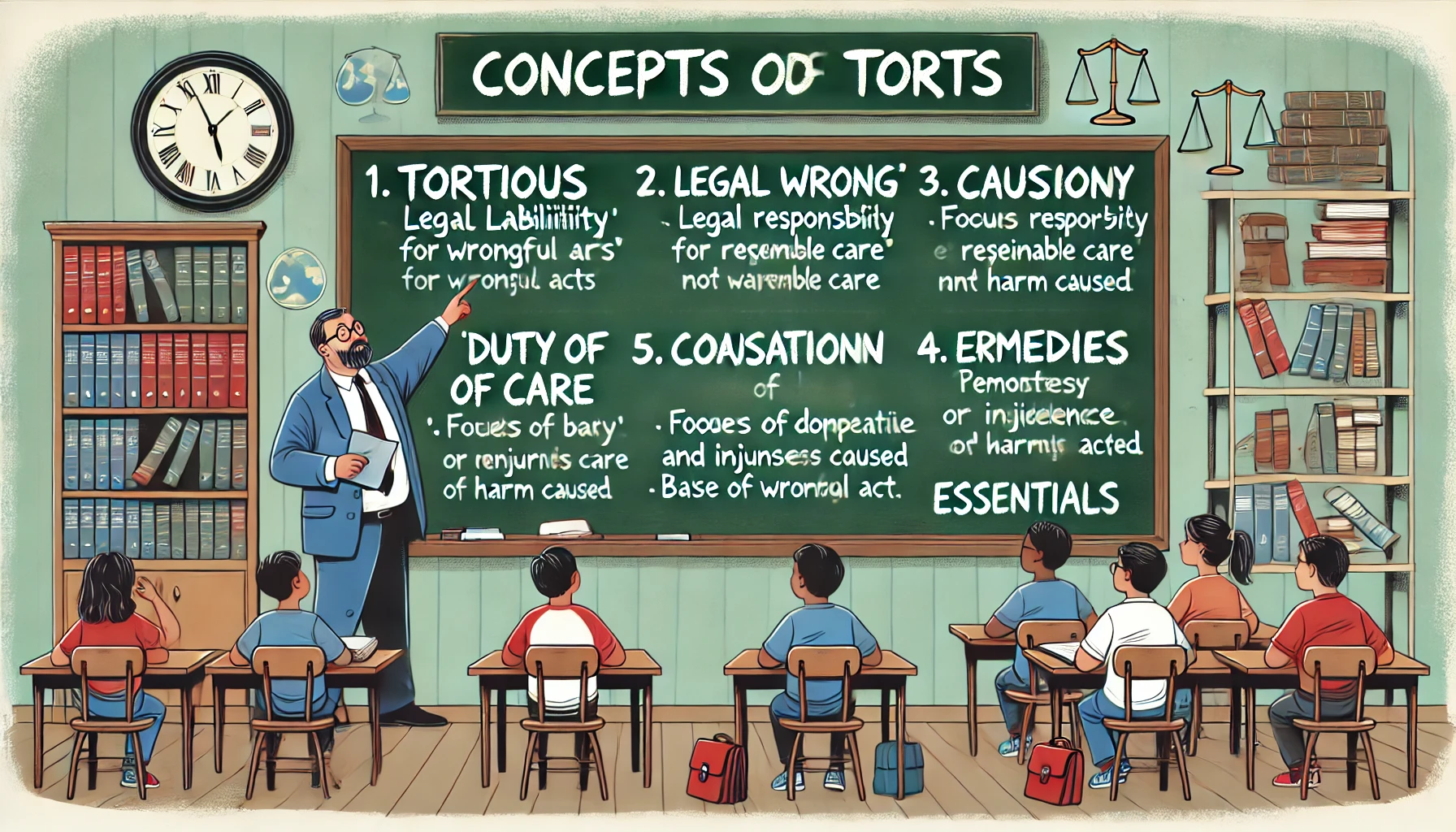
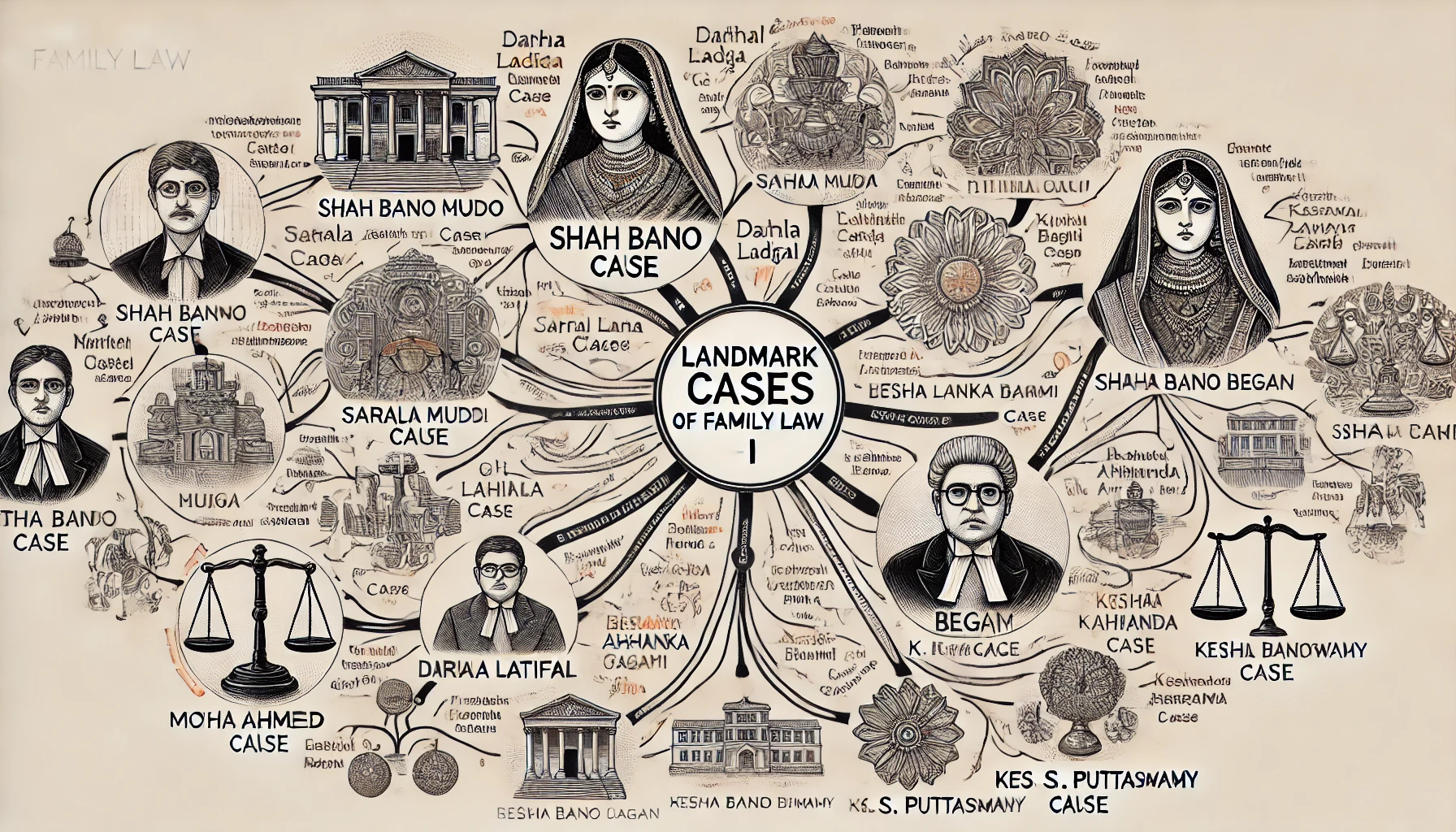

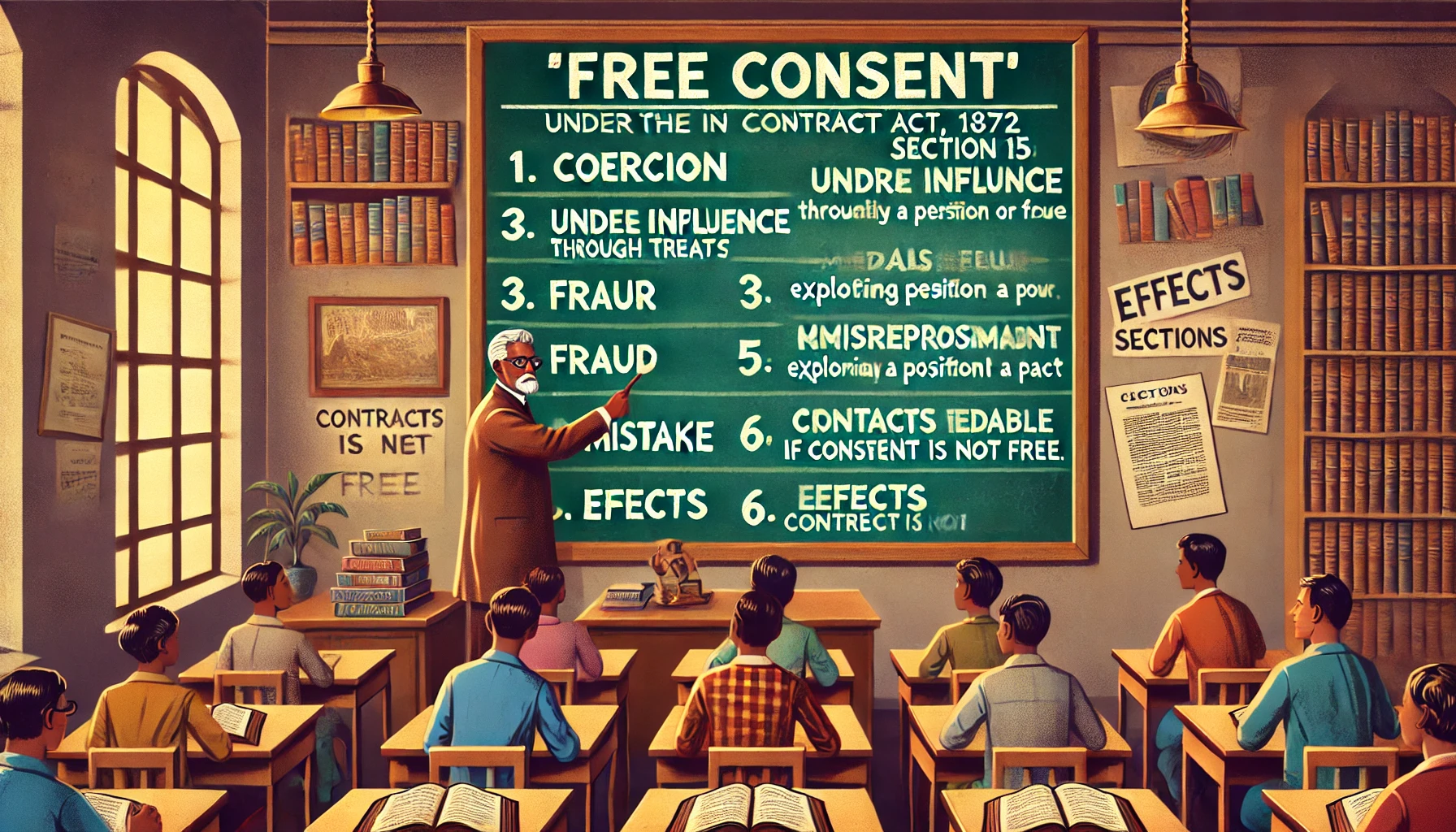
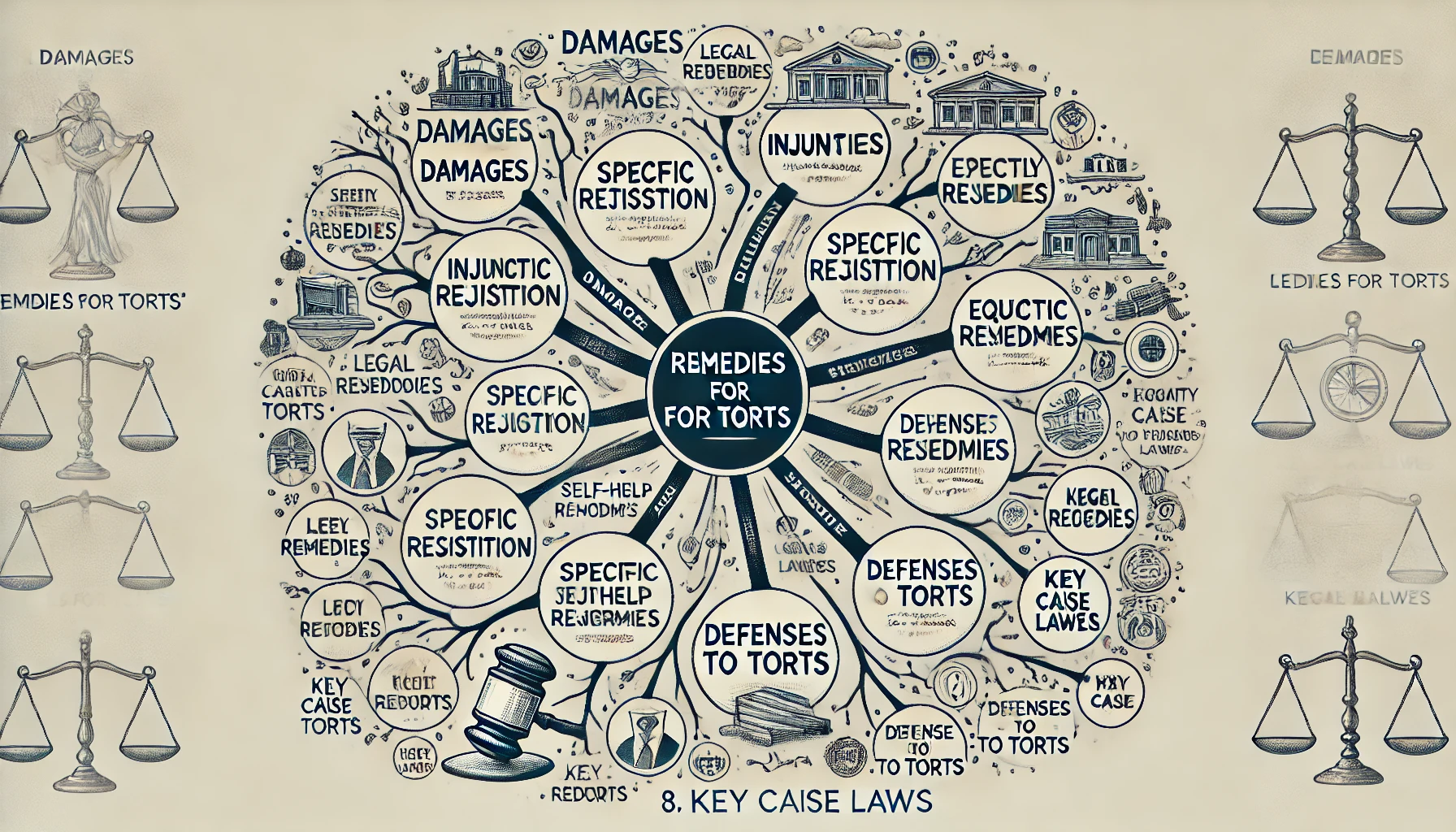

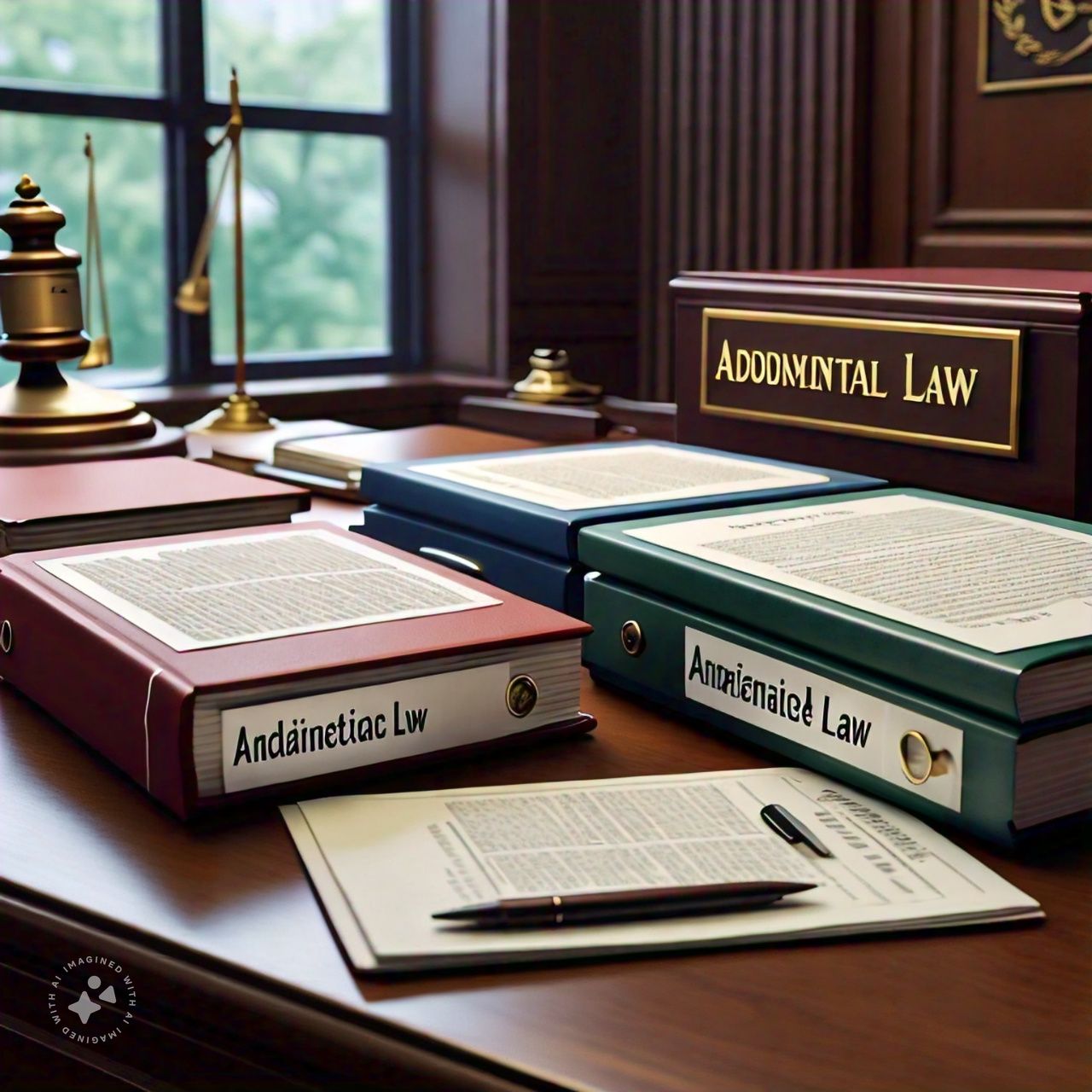
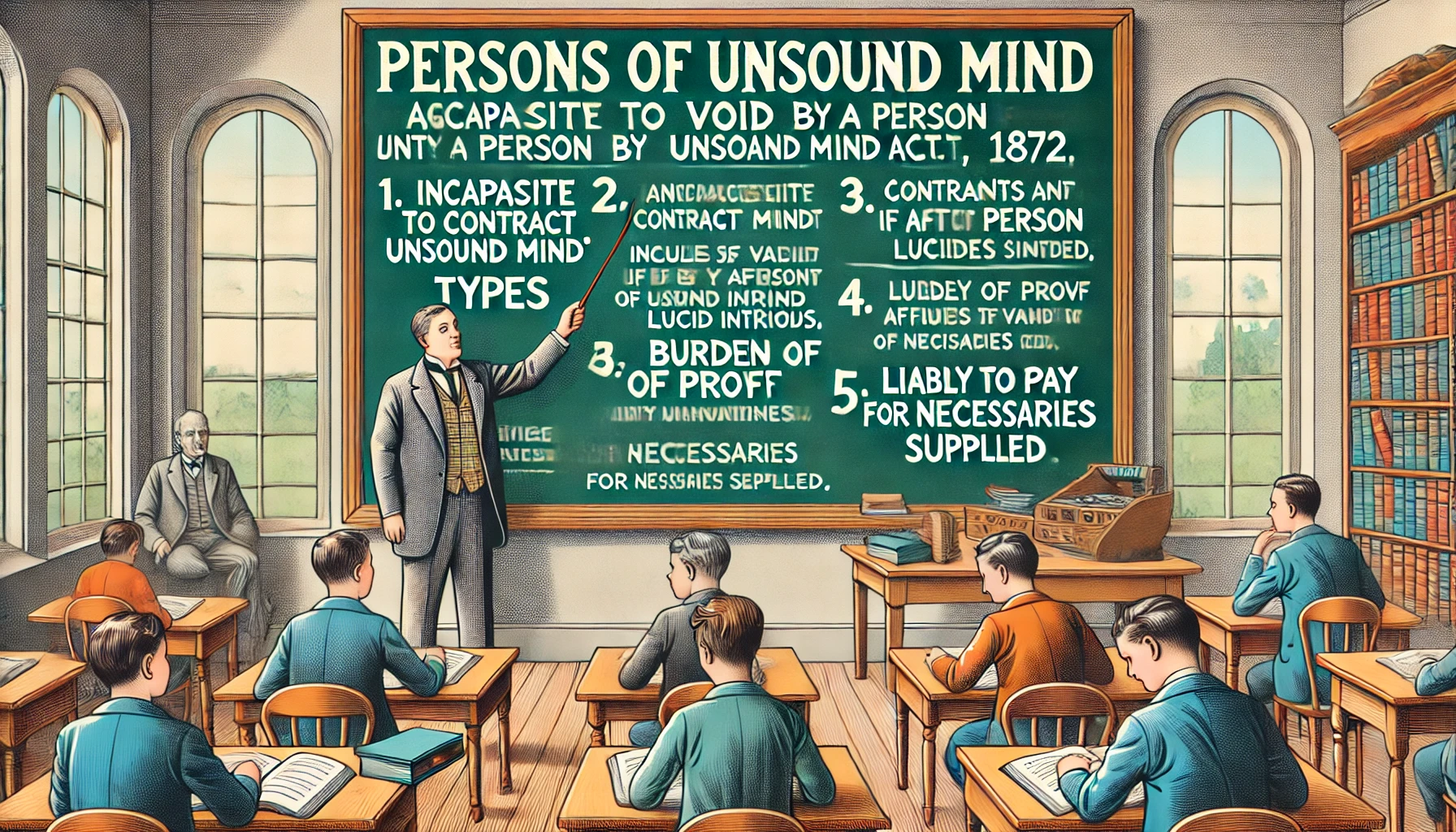
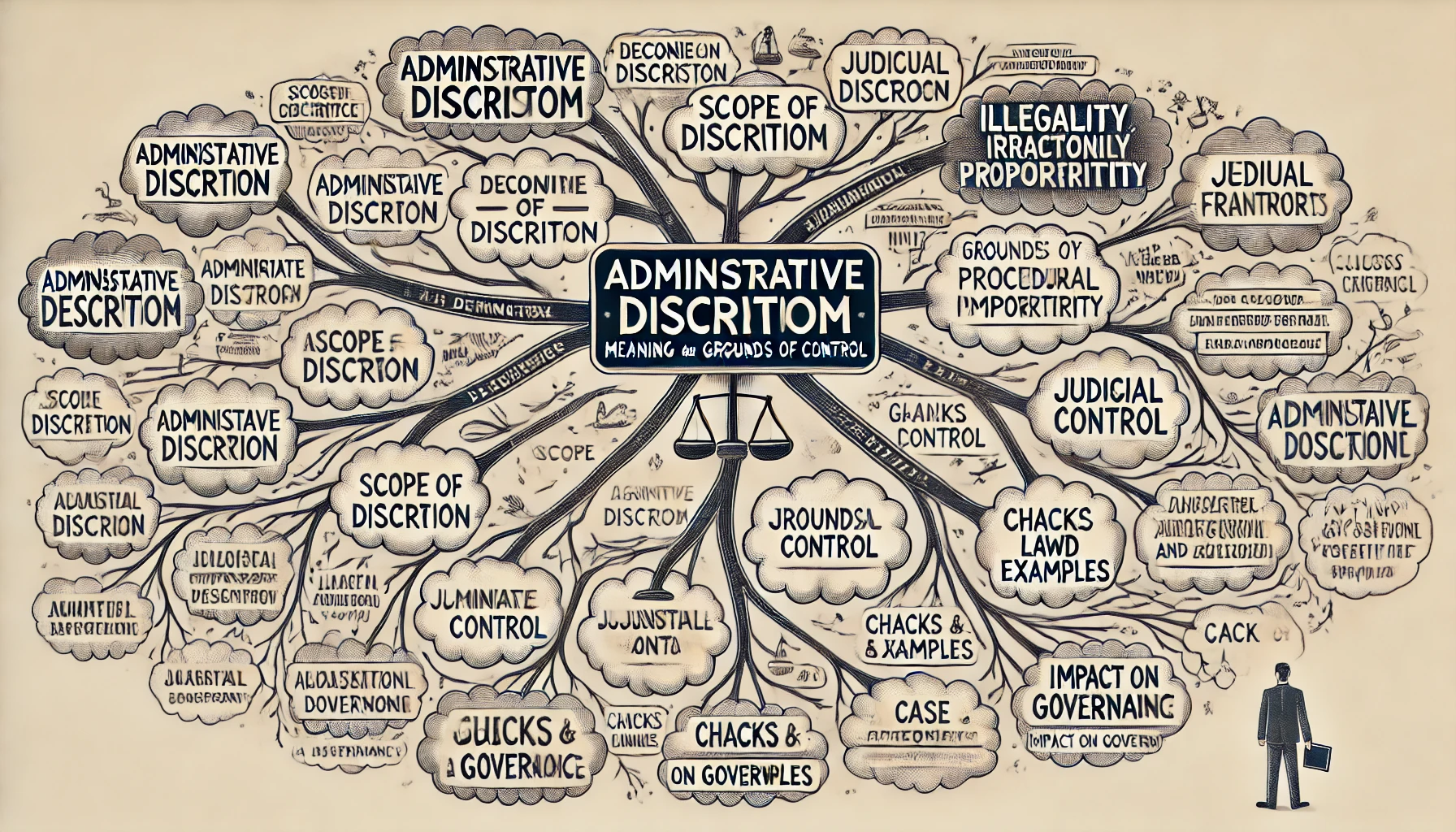
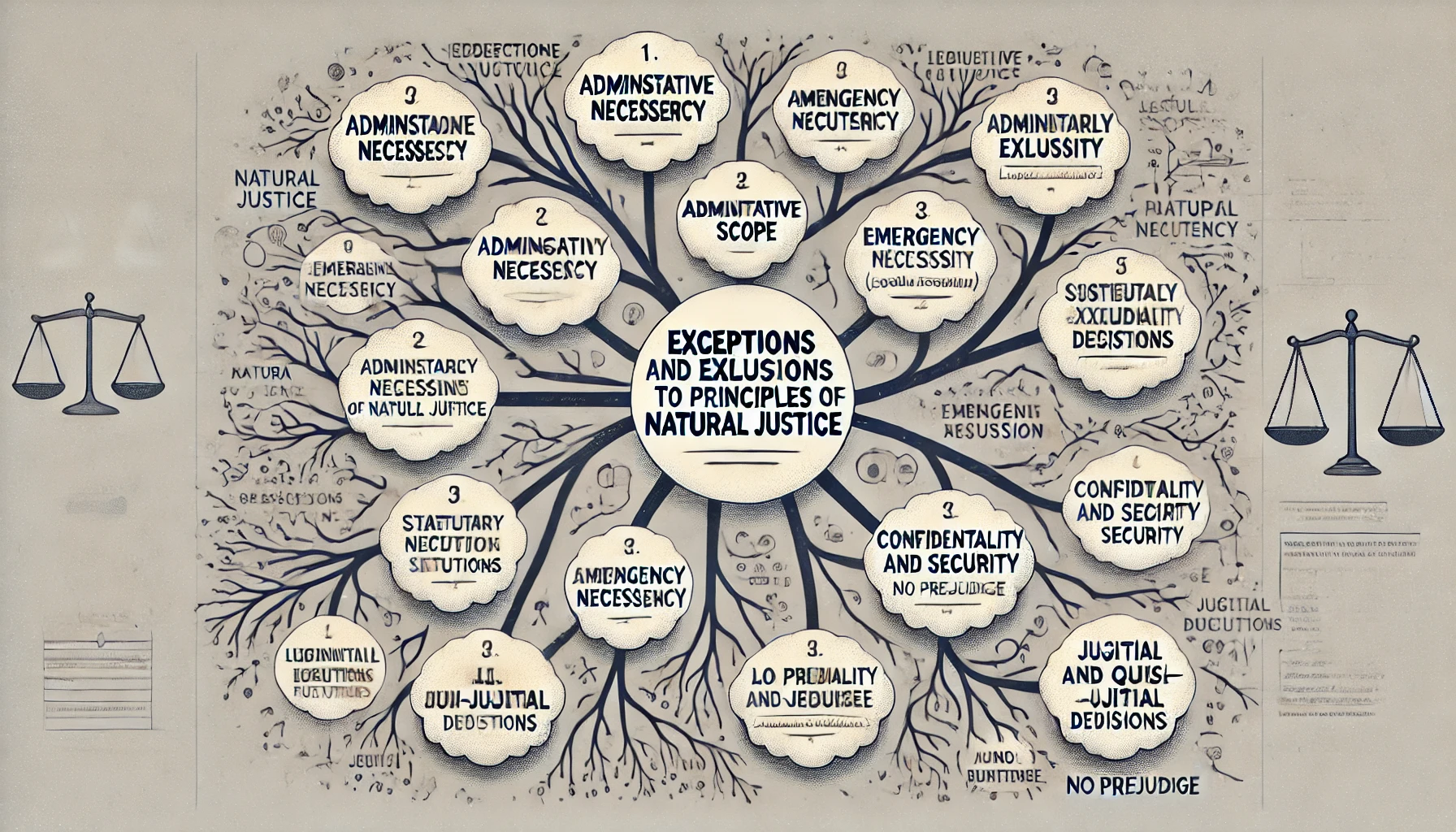

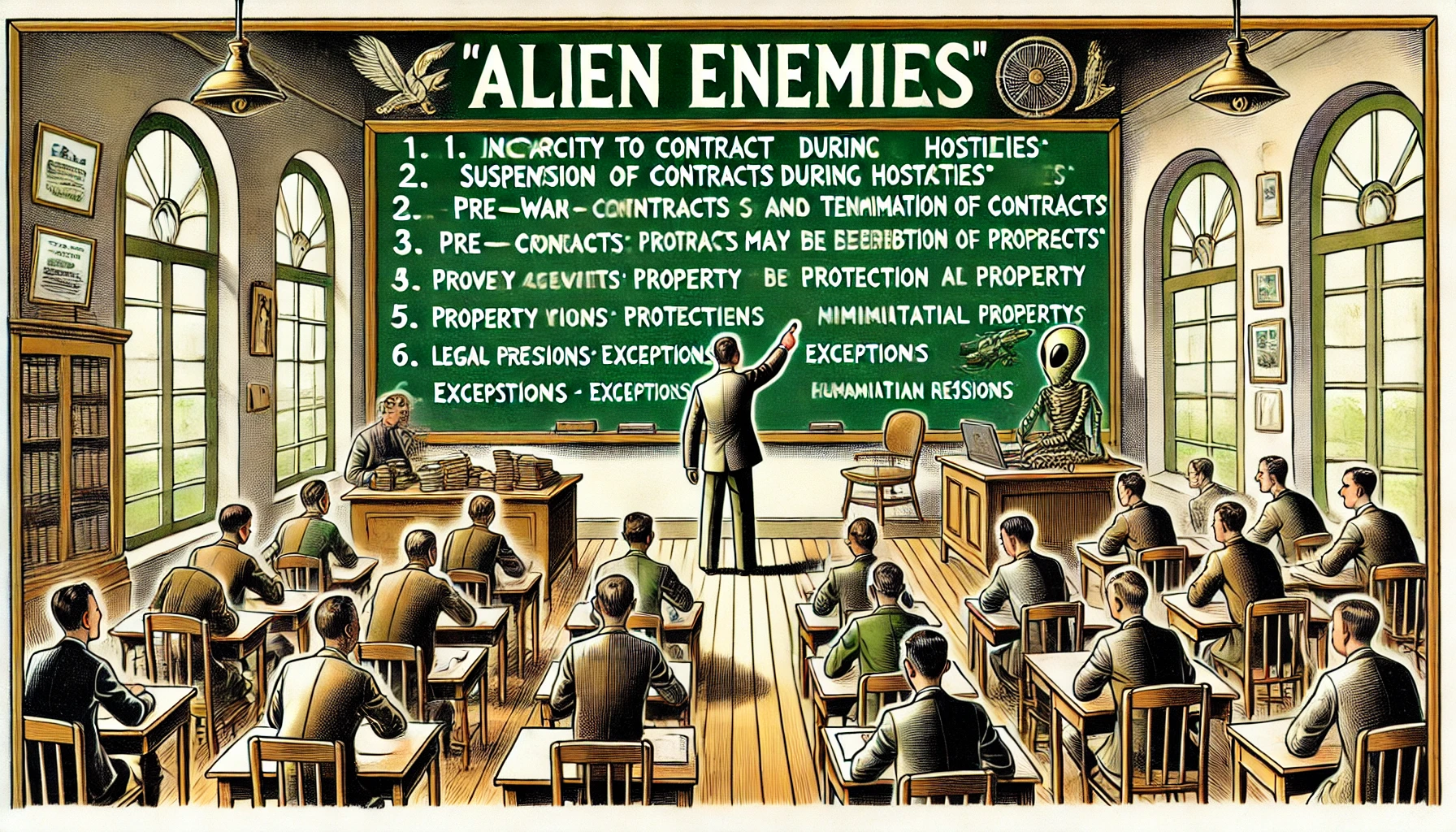

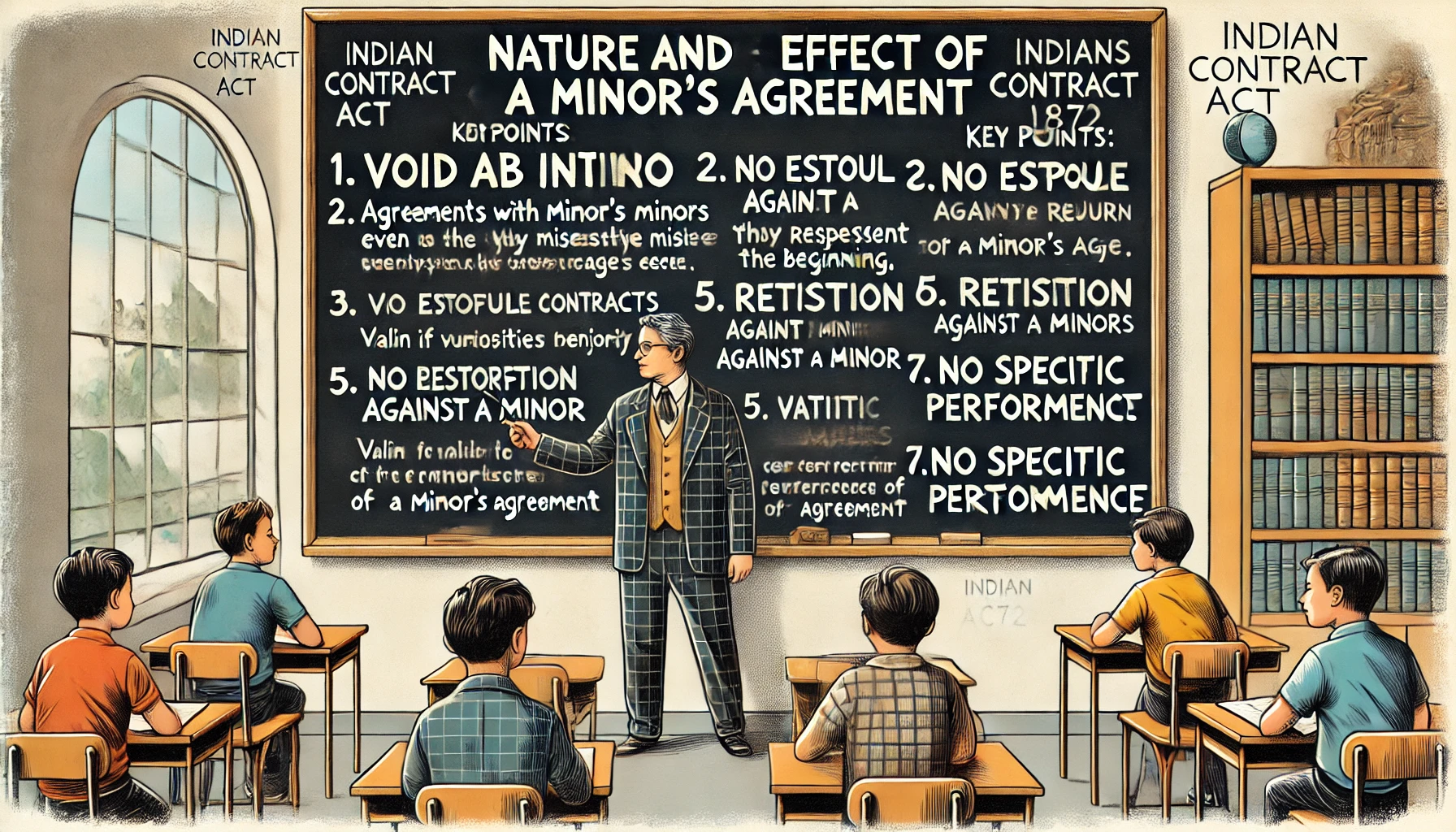


Comment
Nothing for now